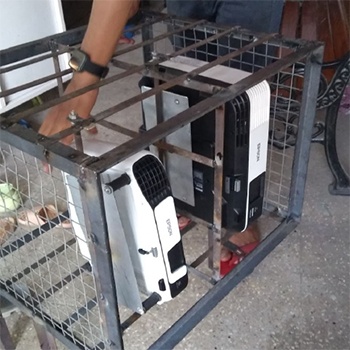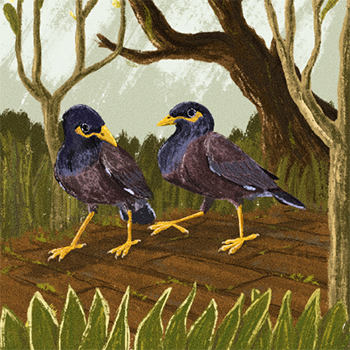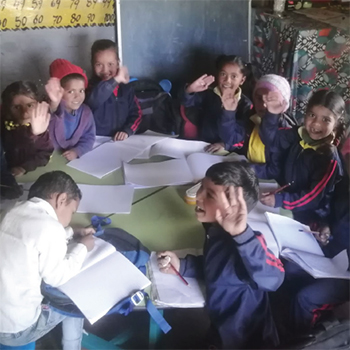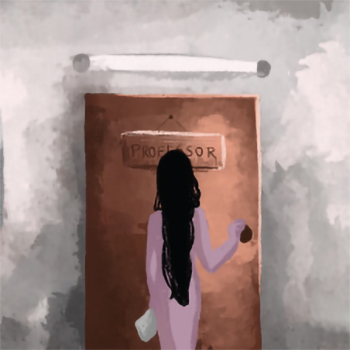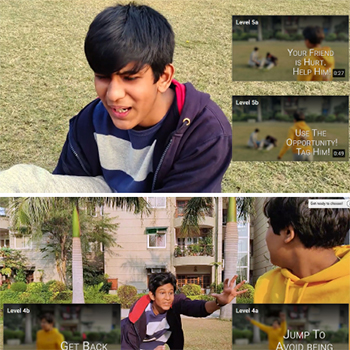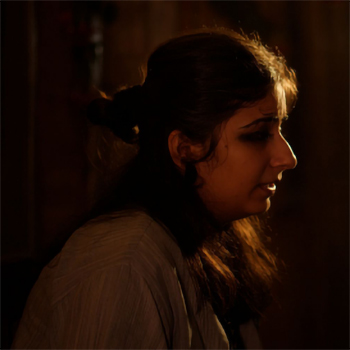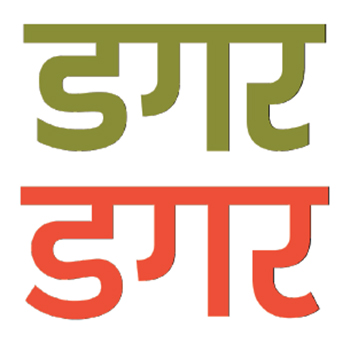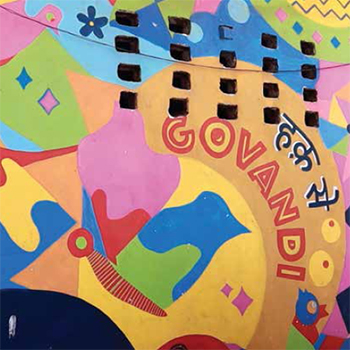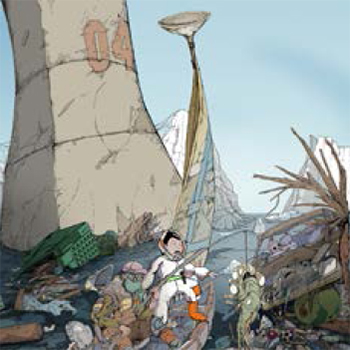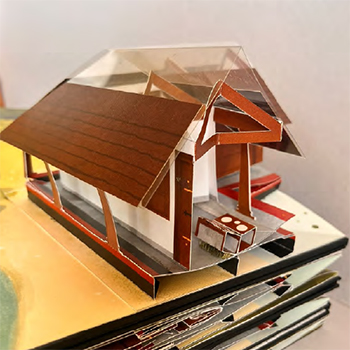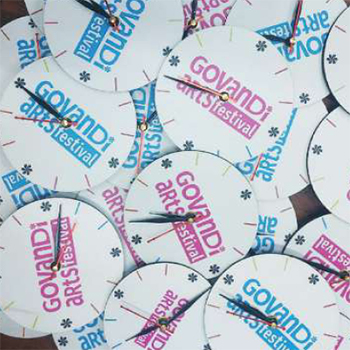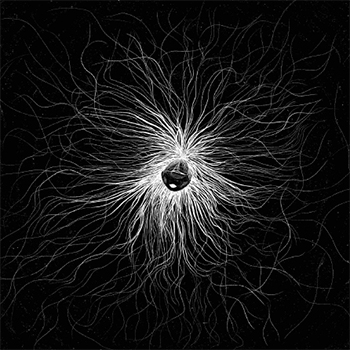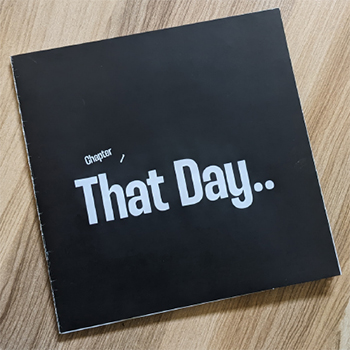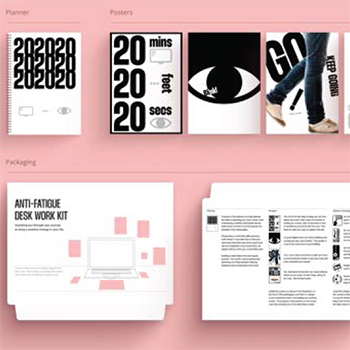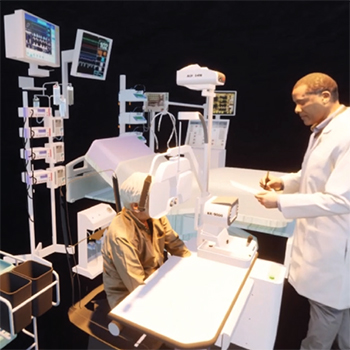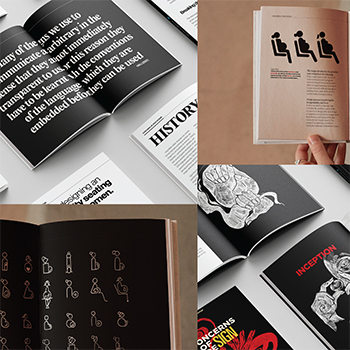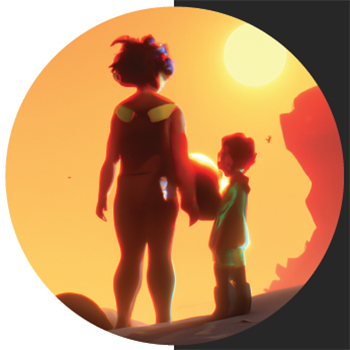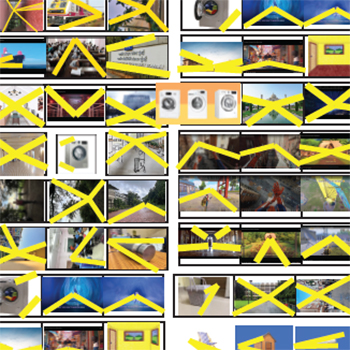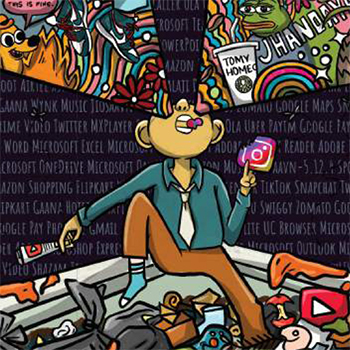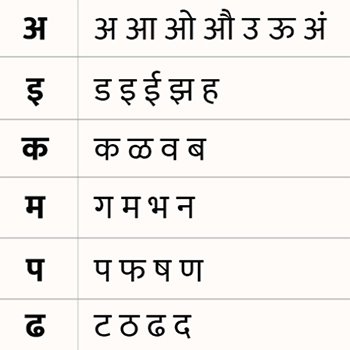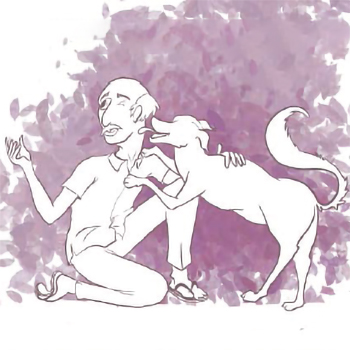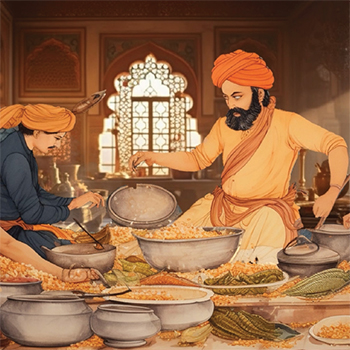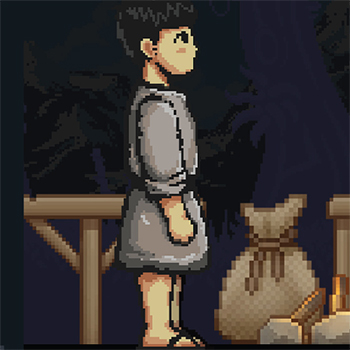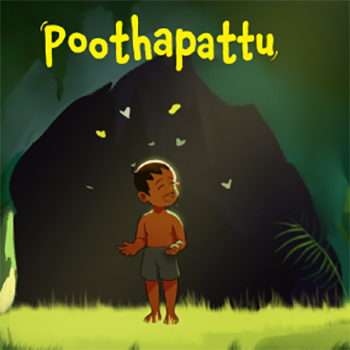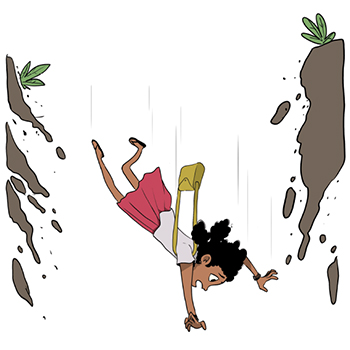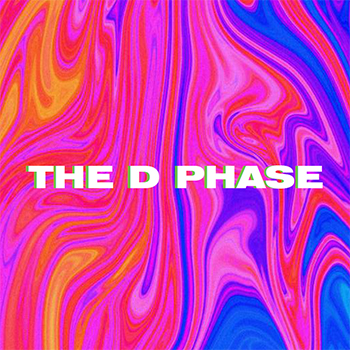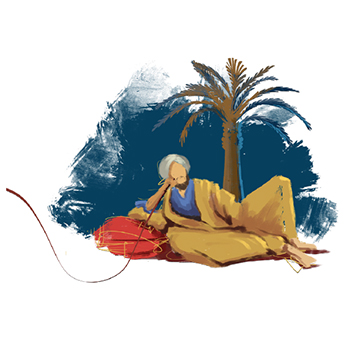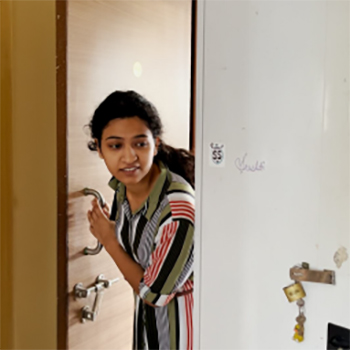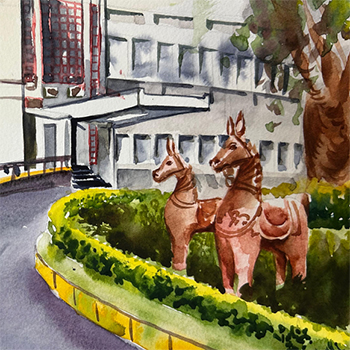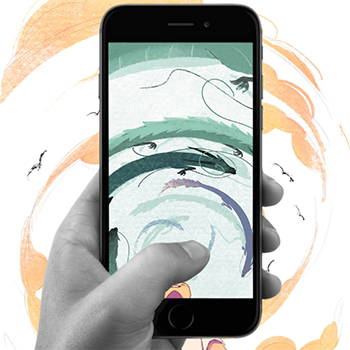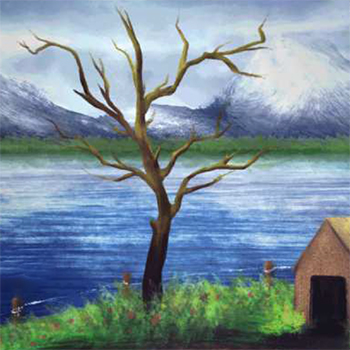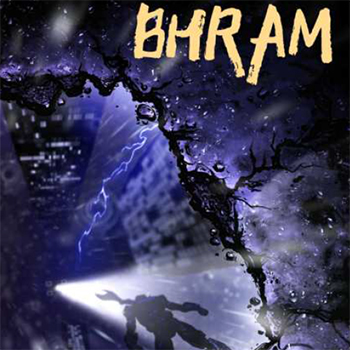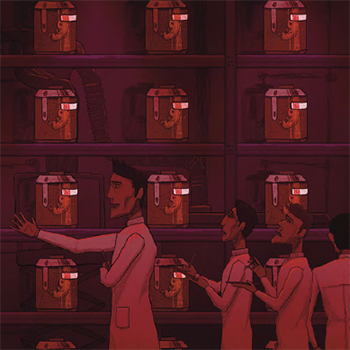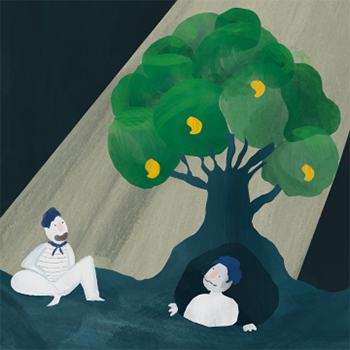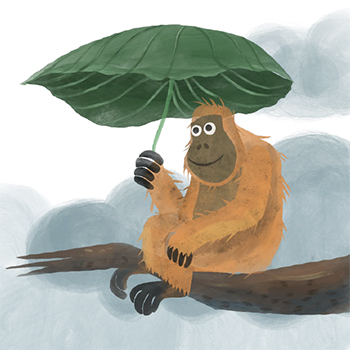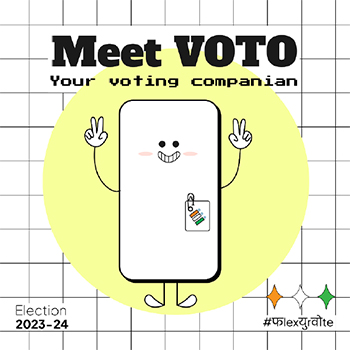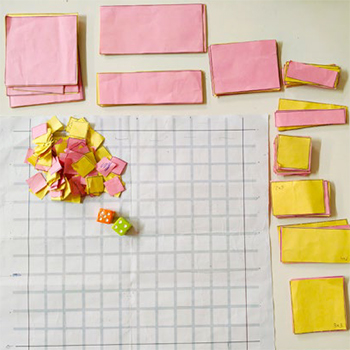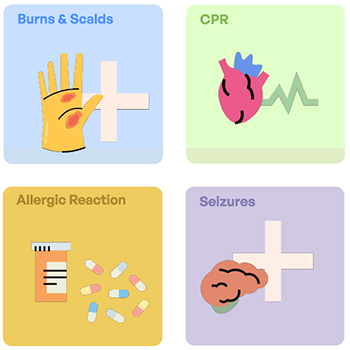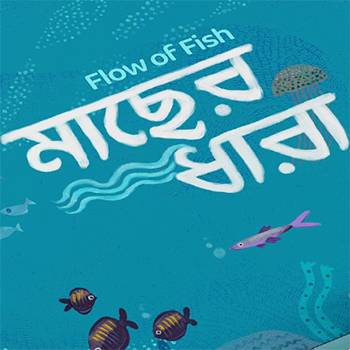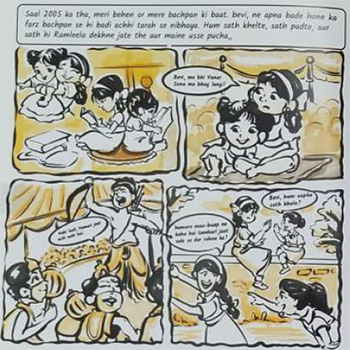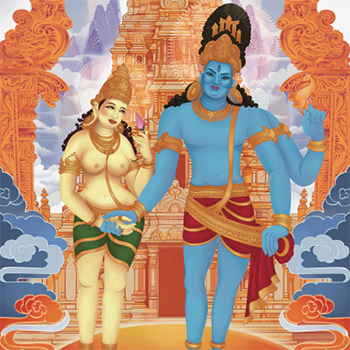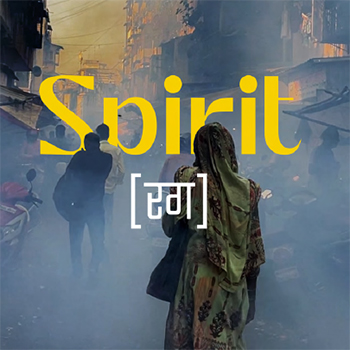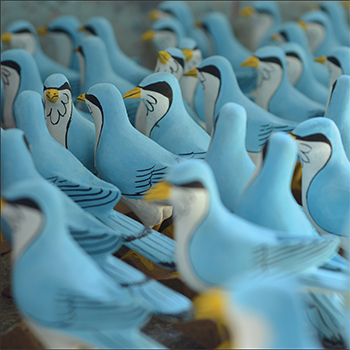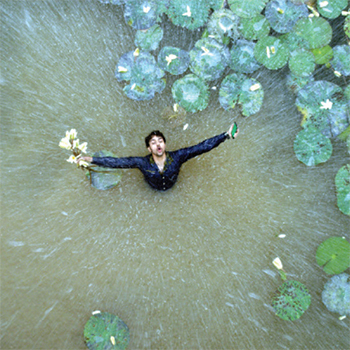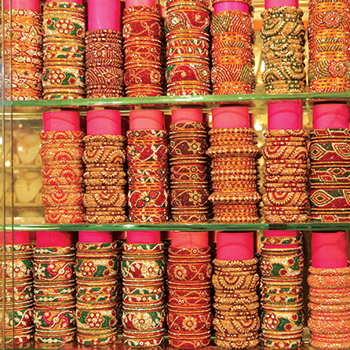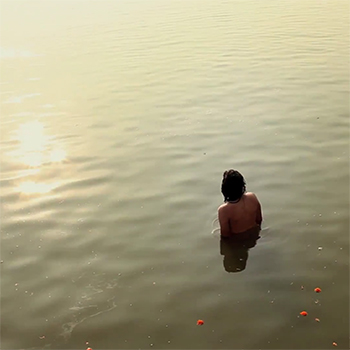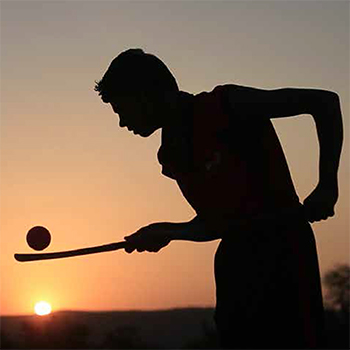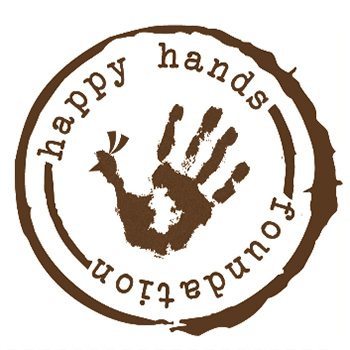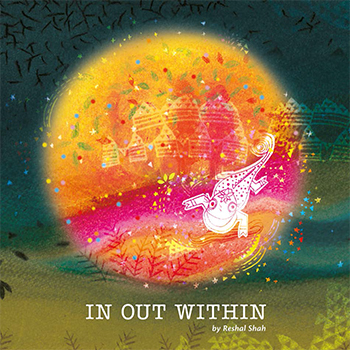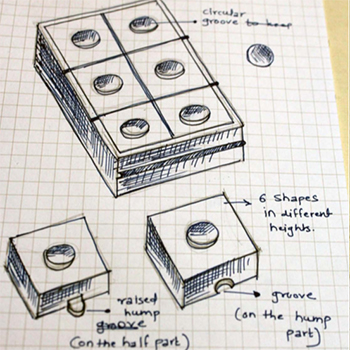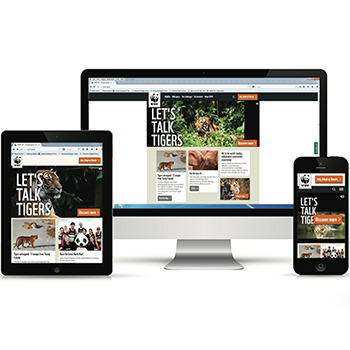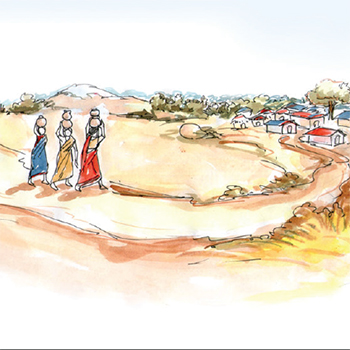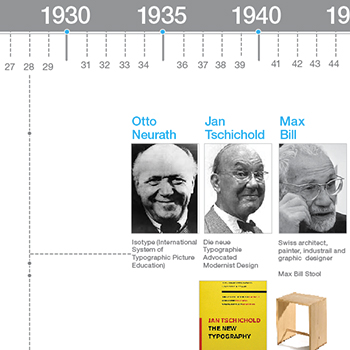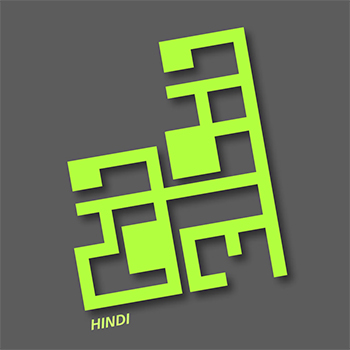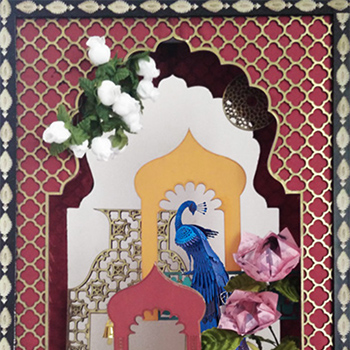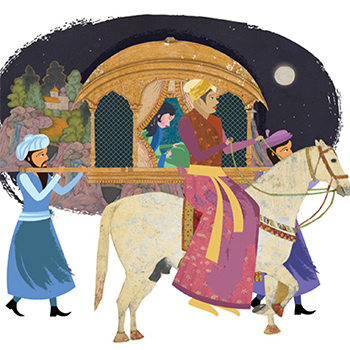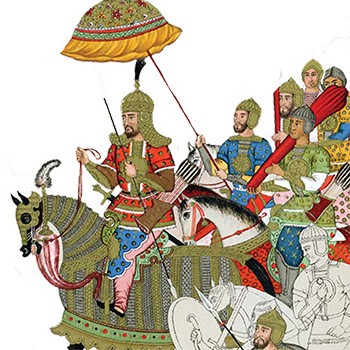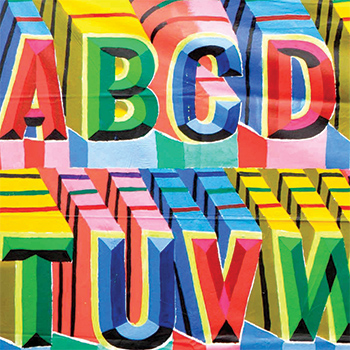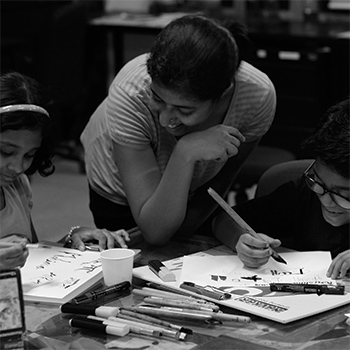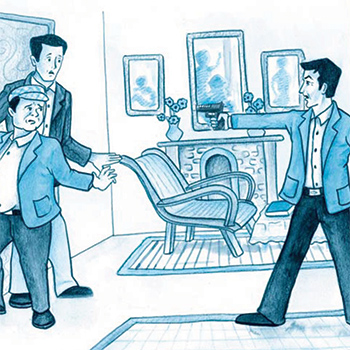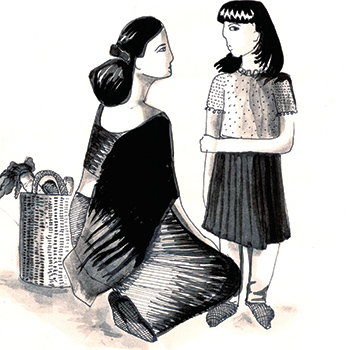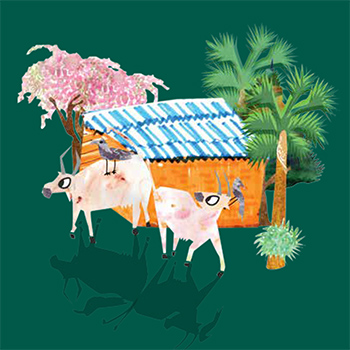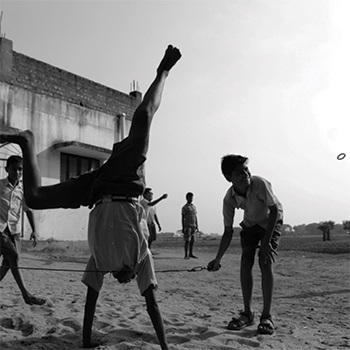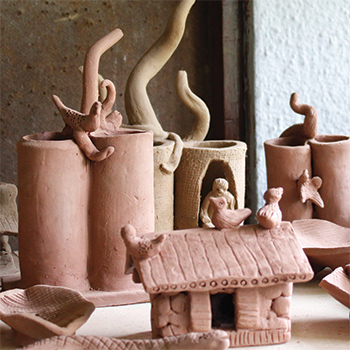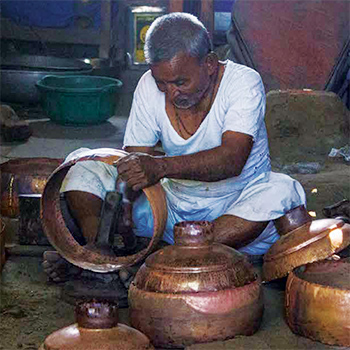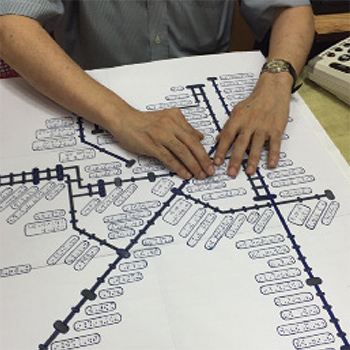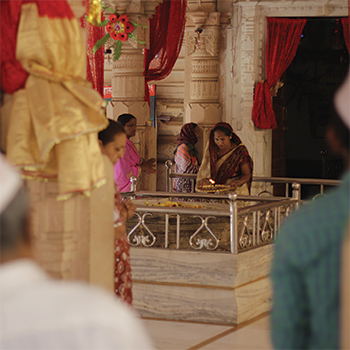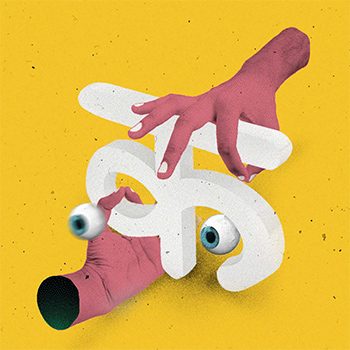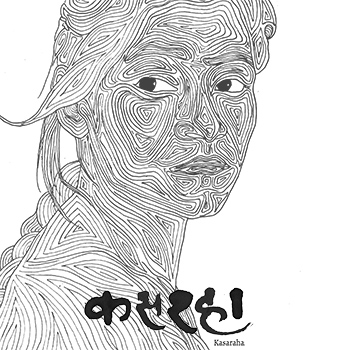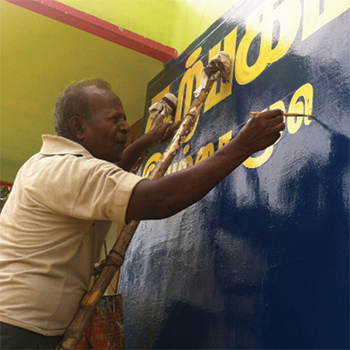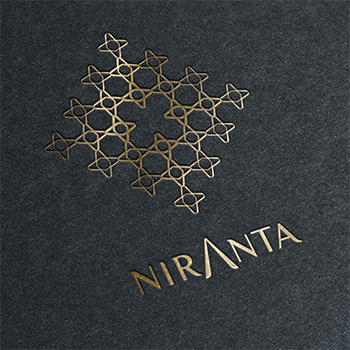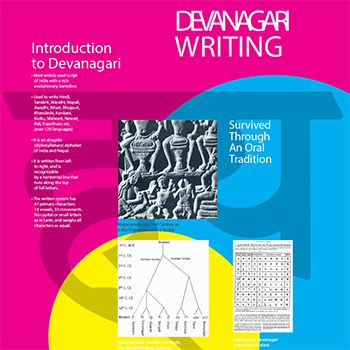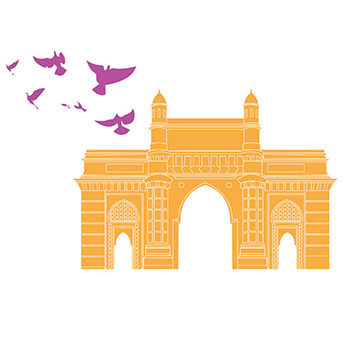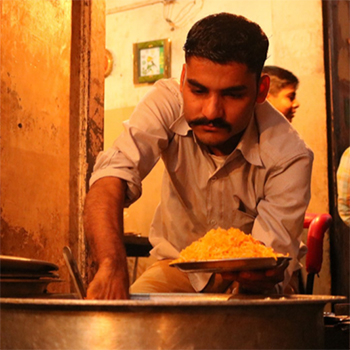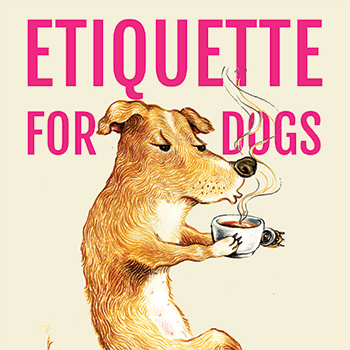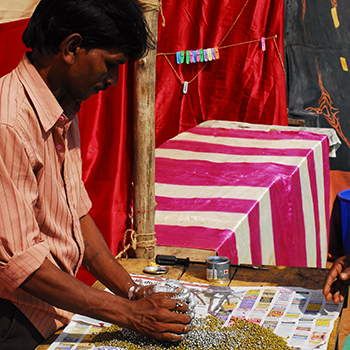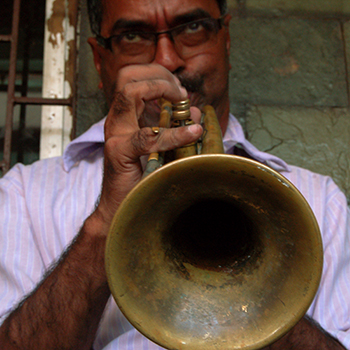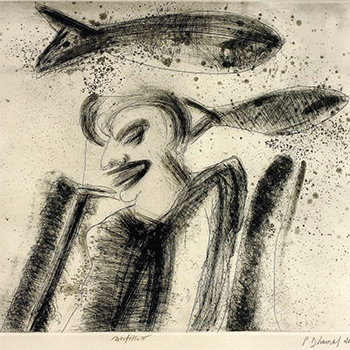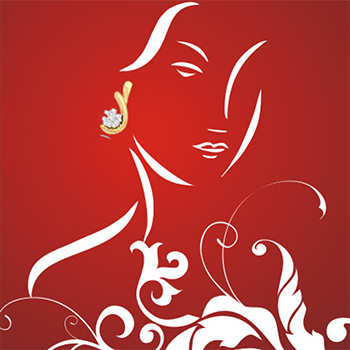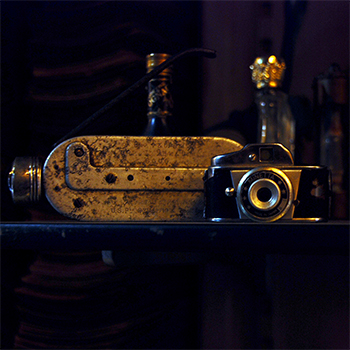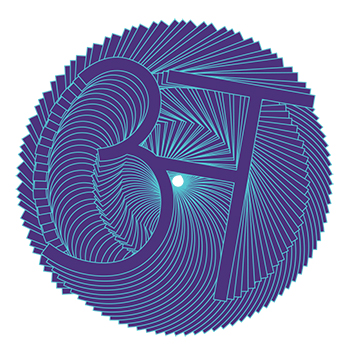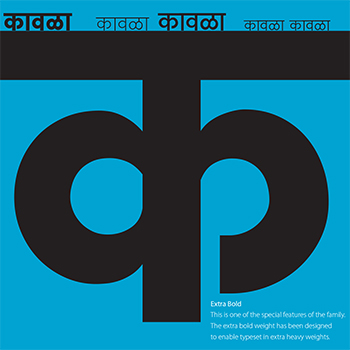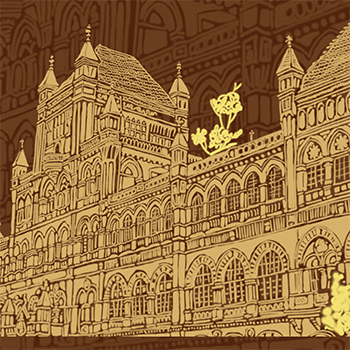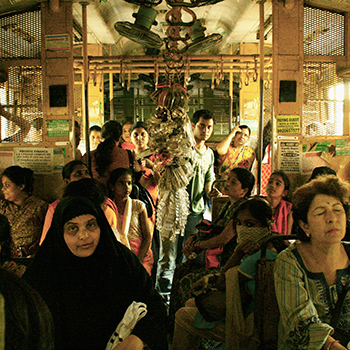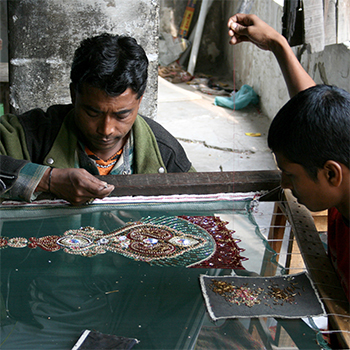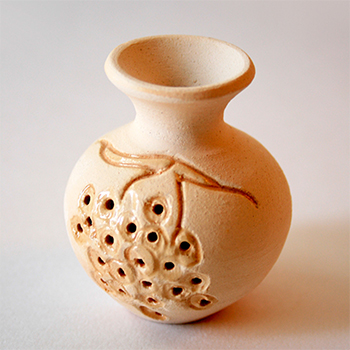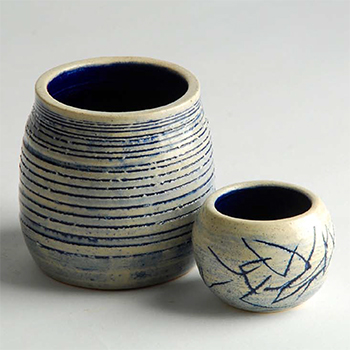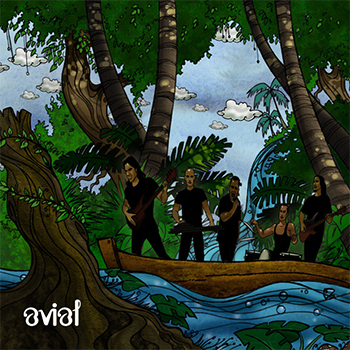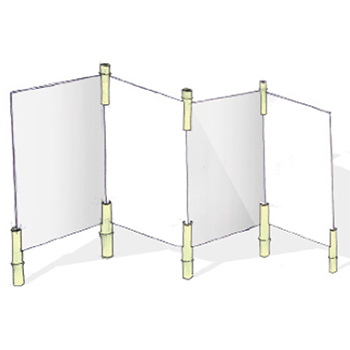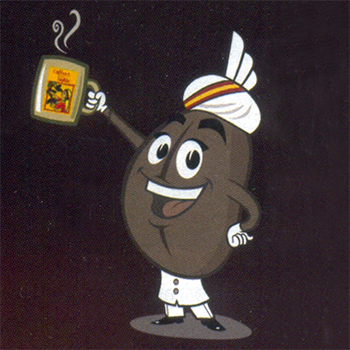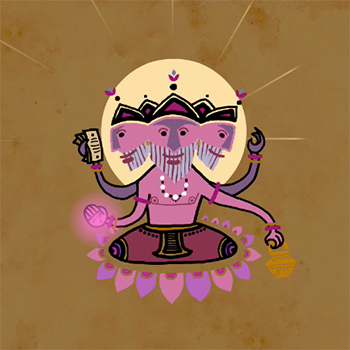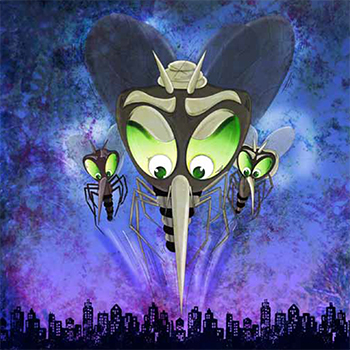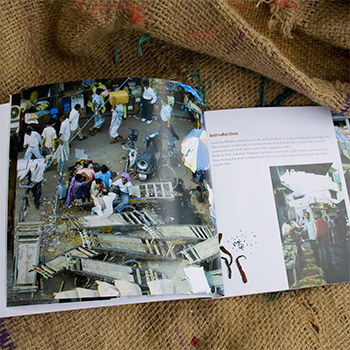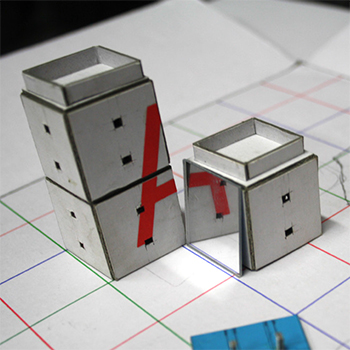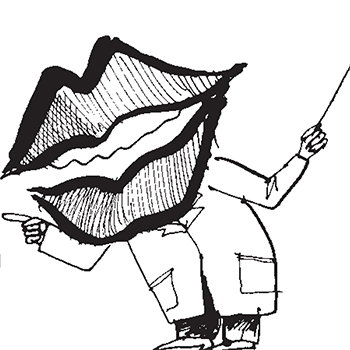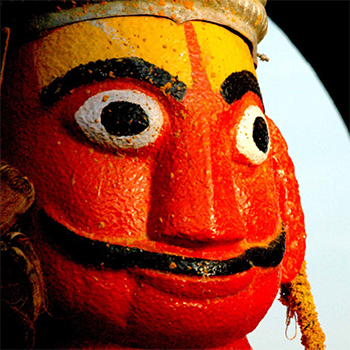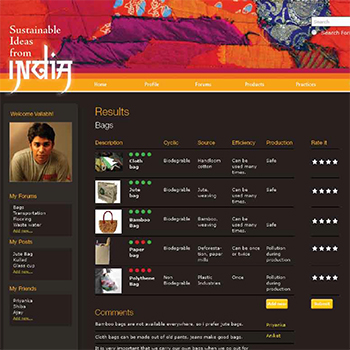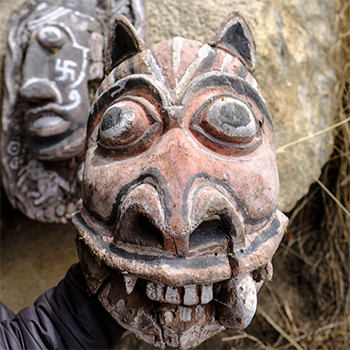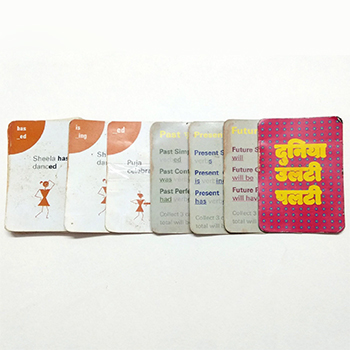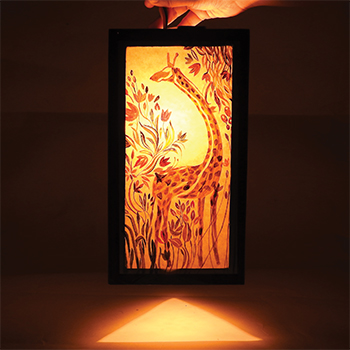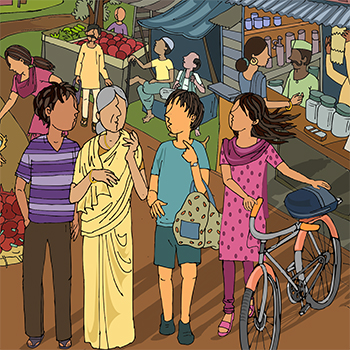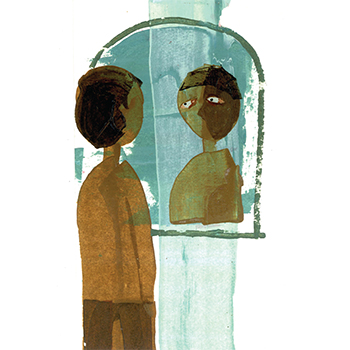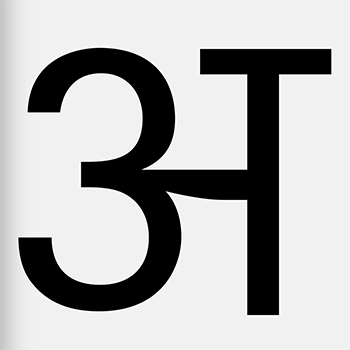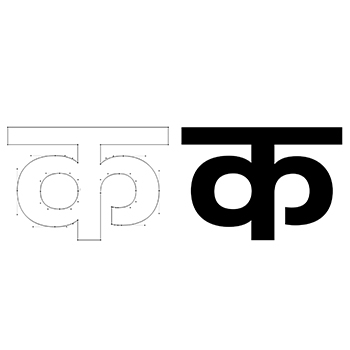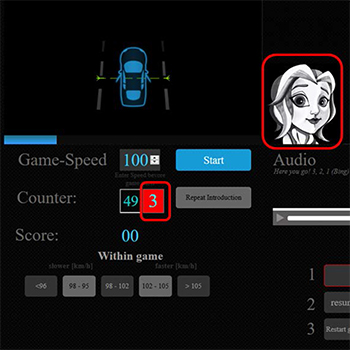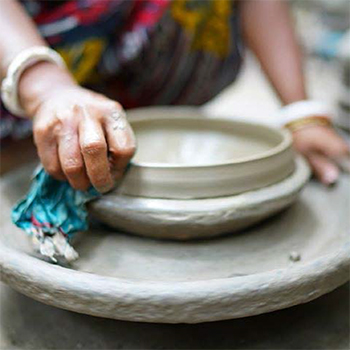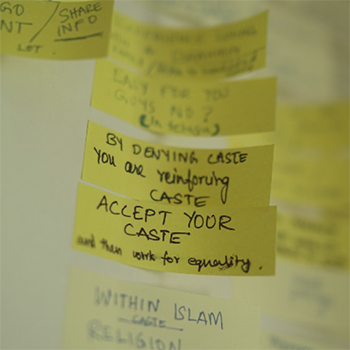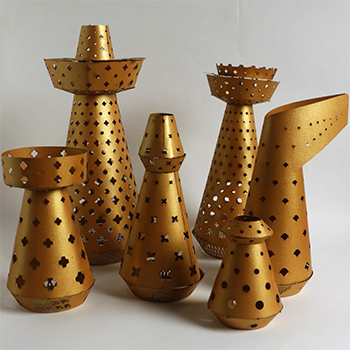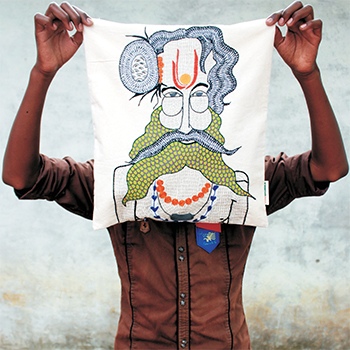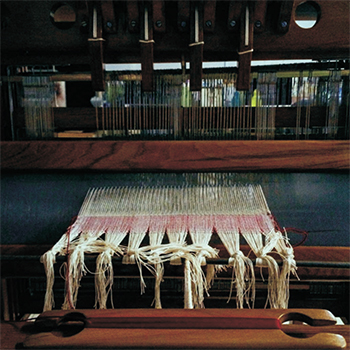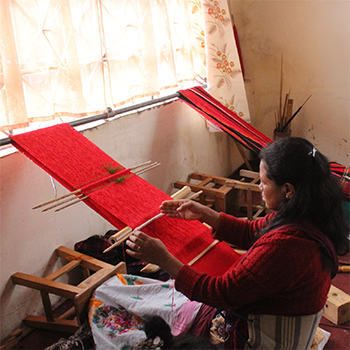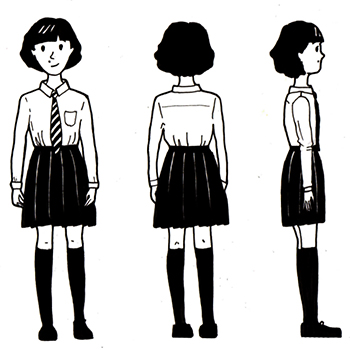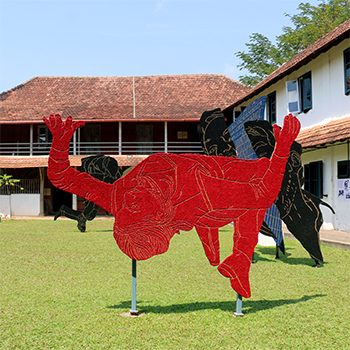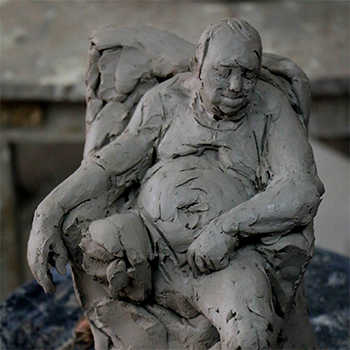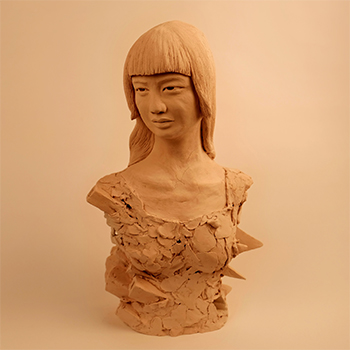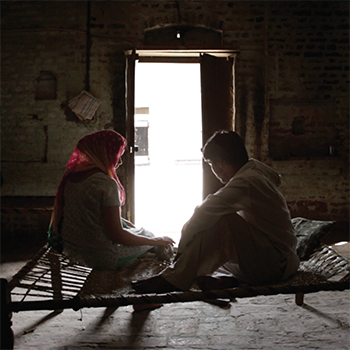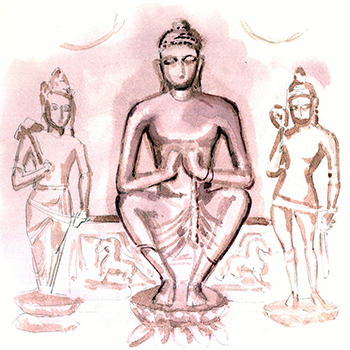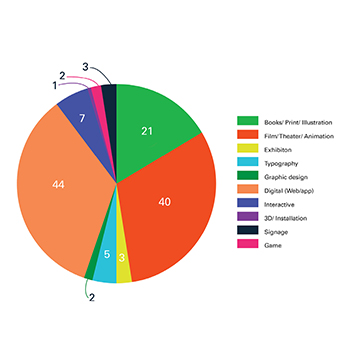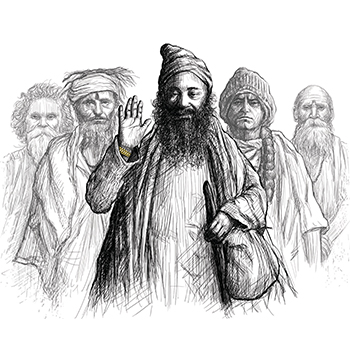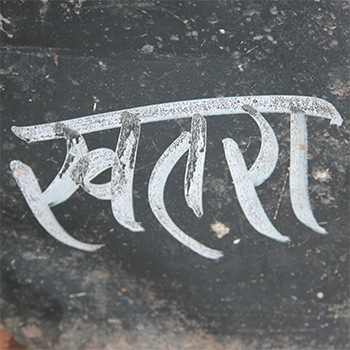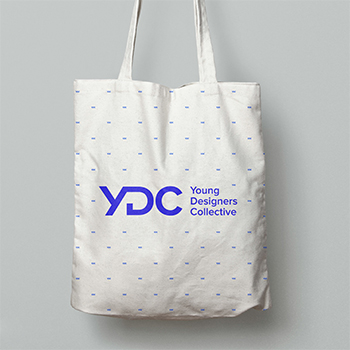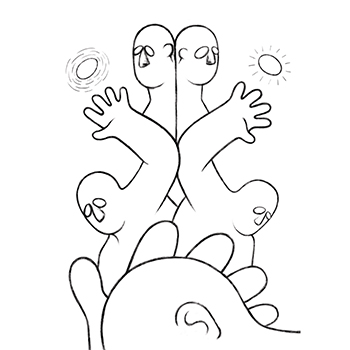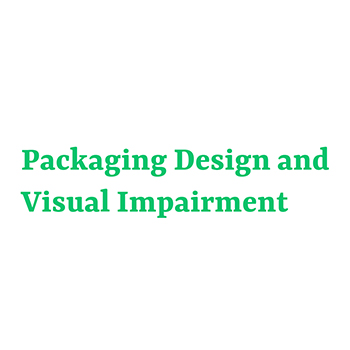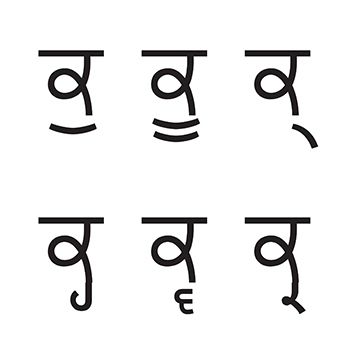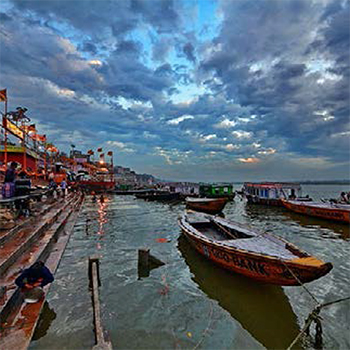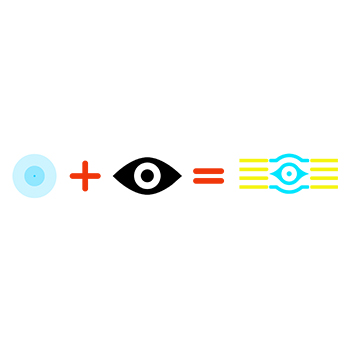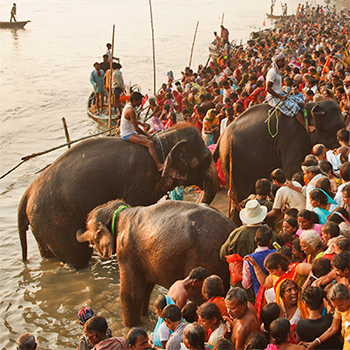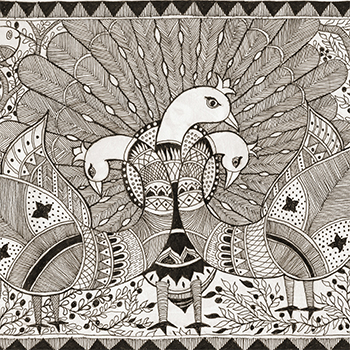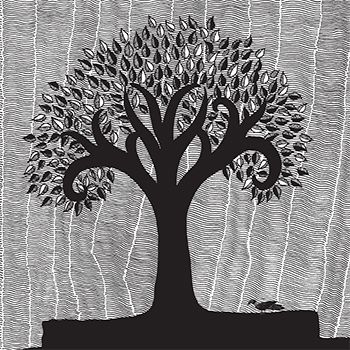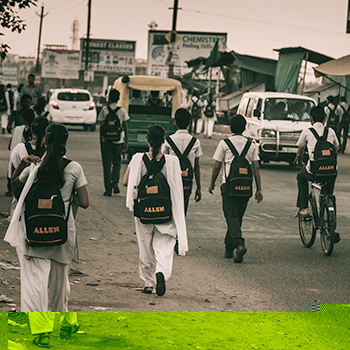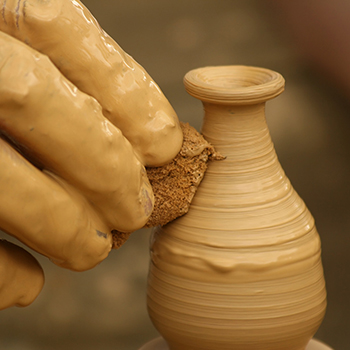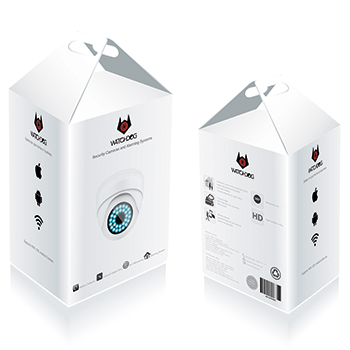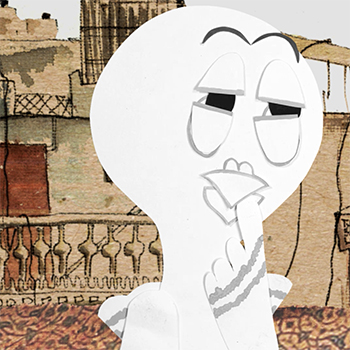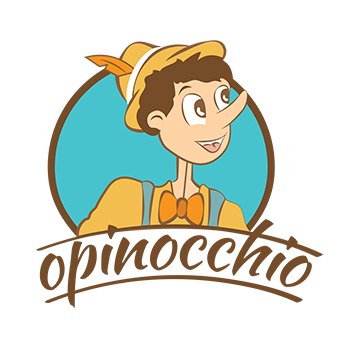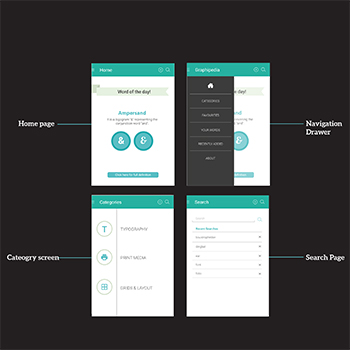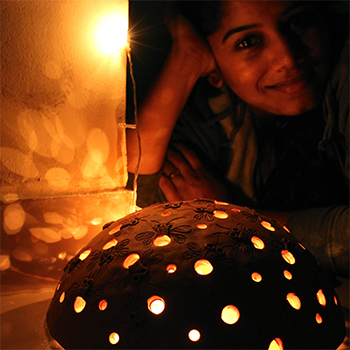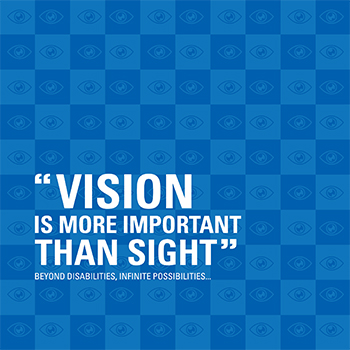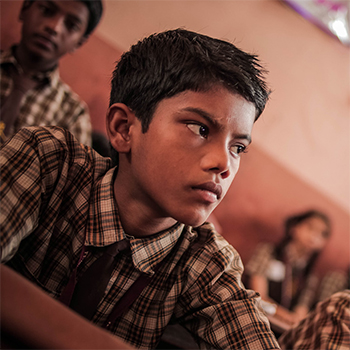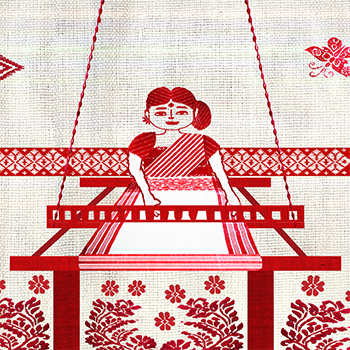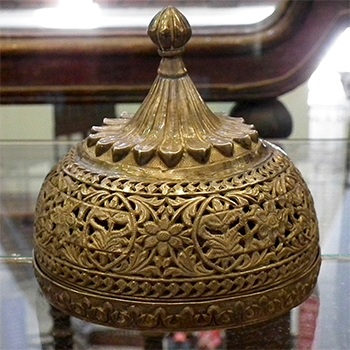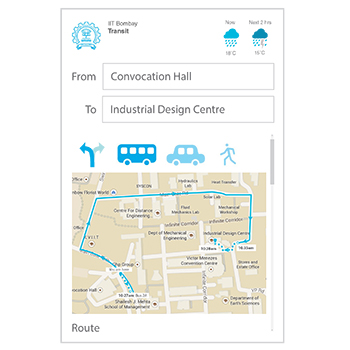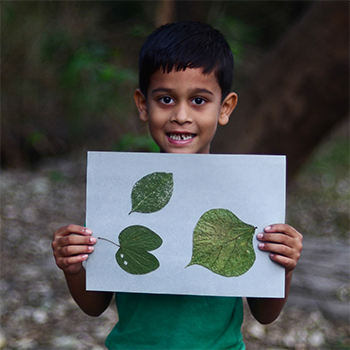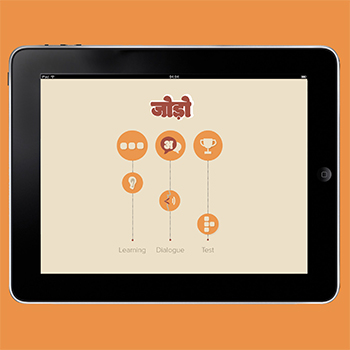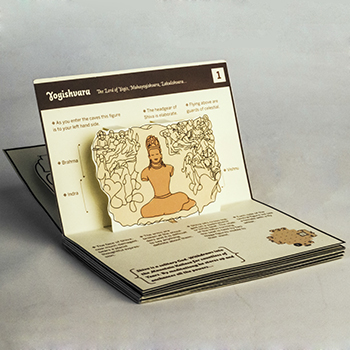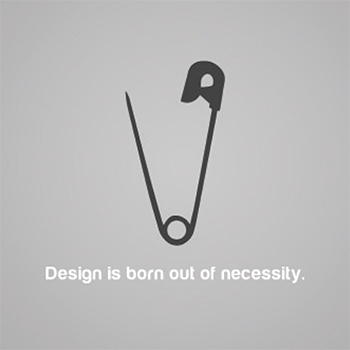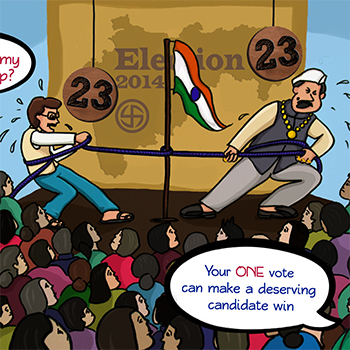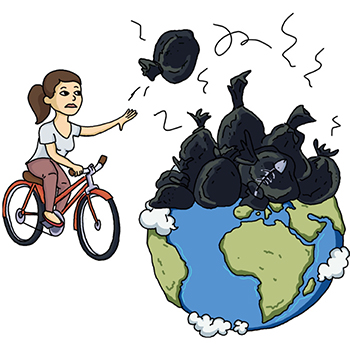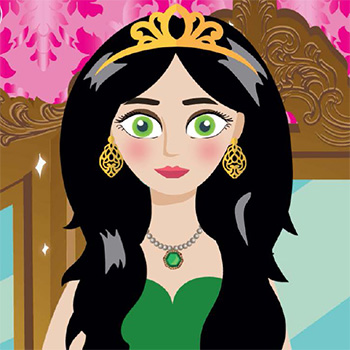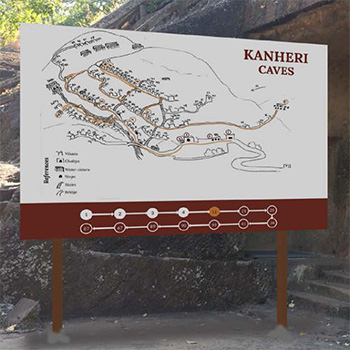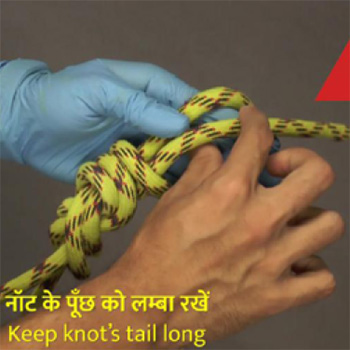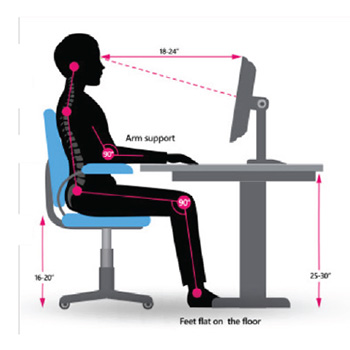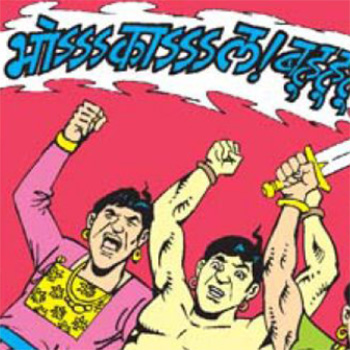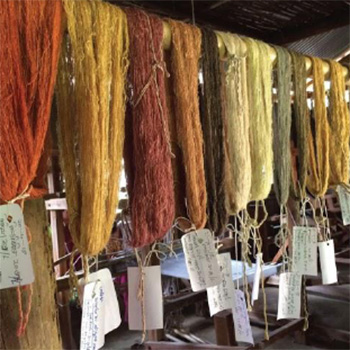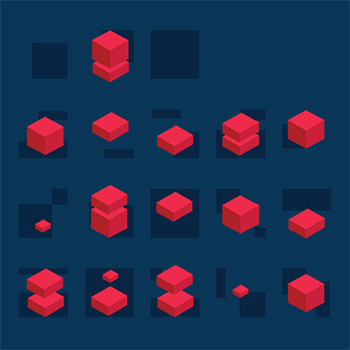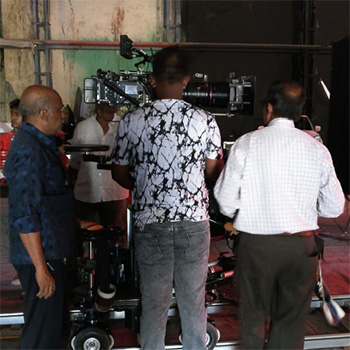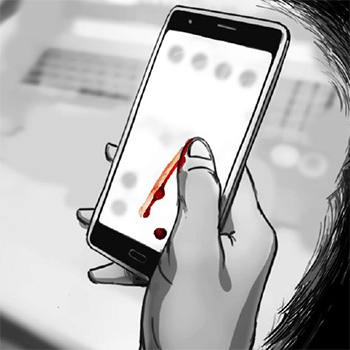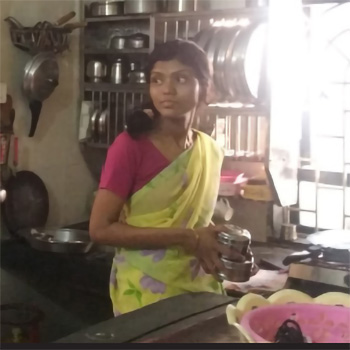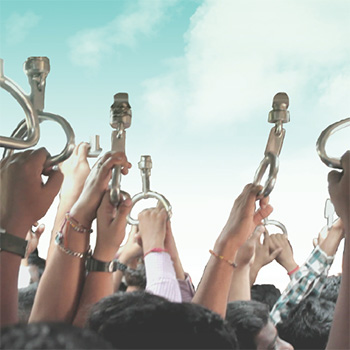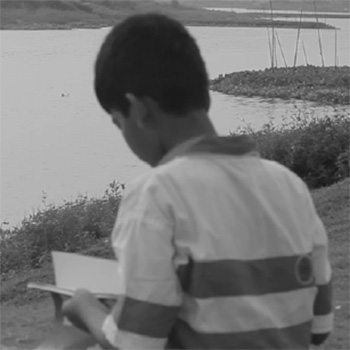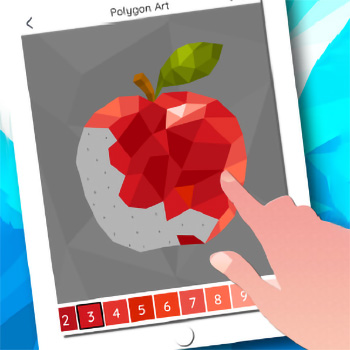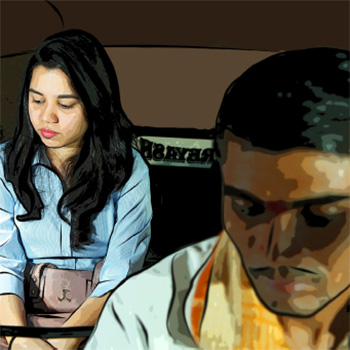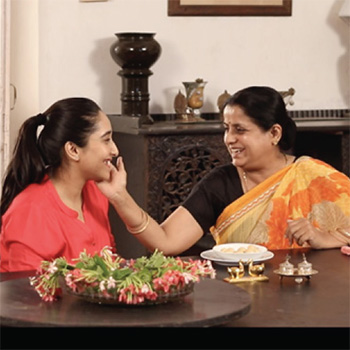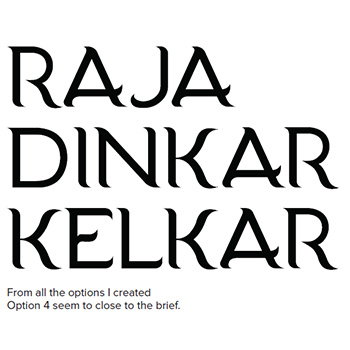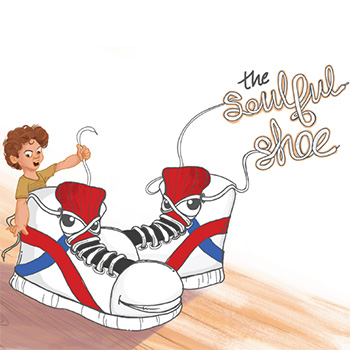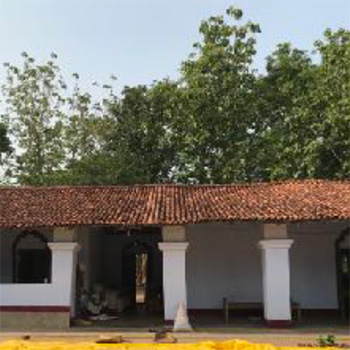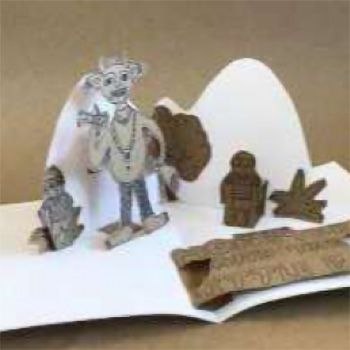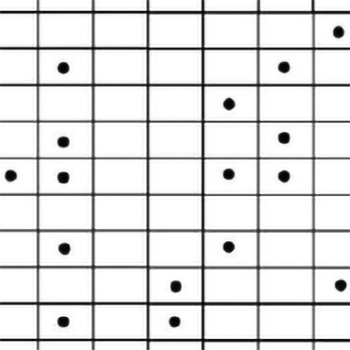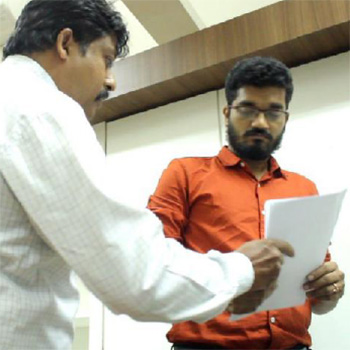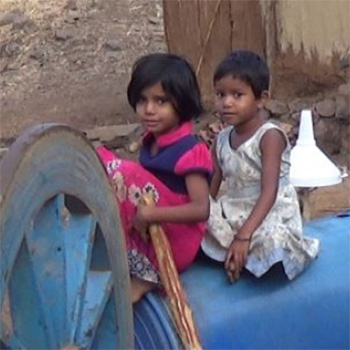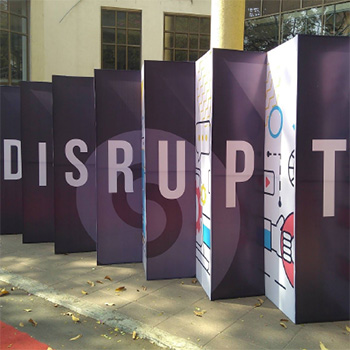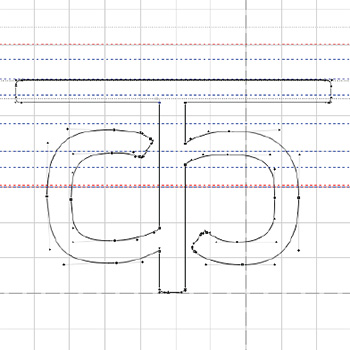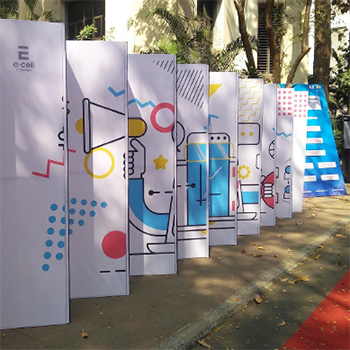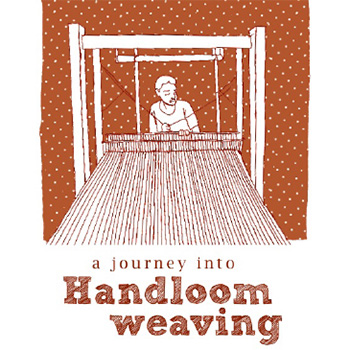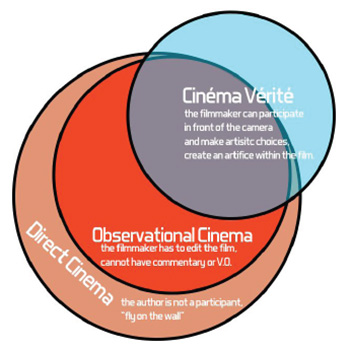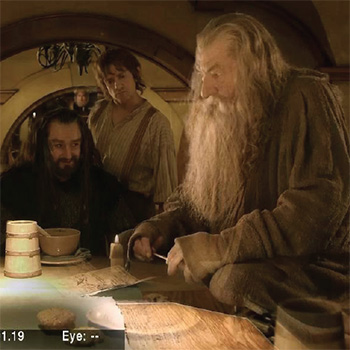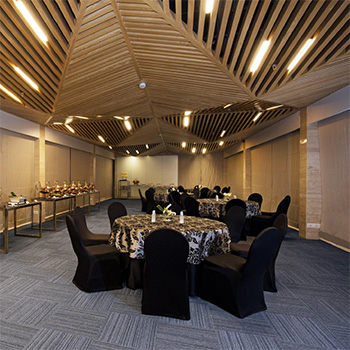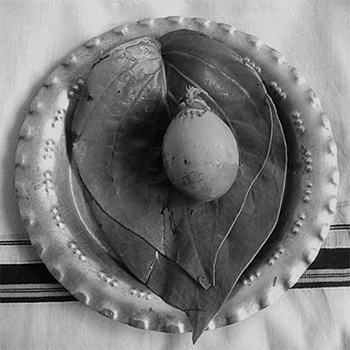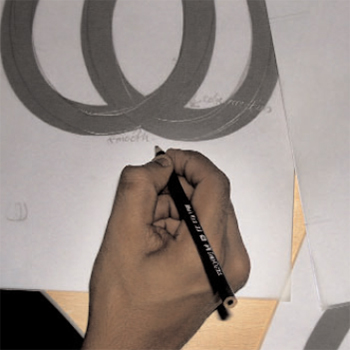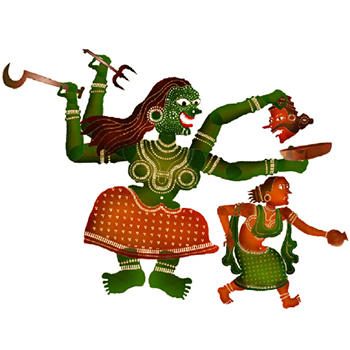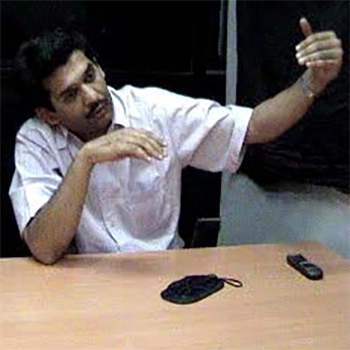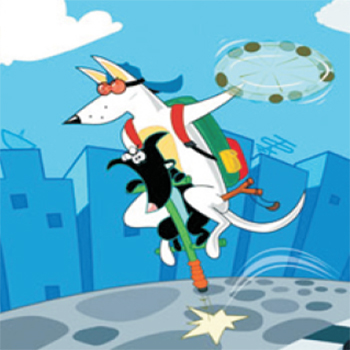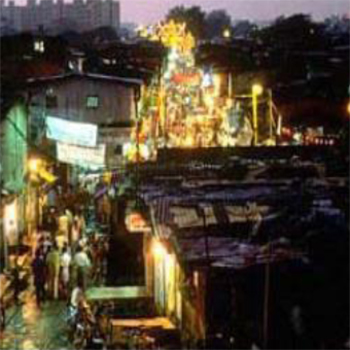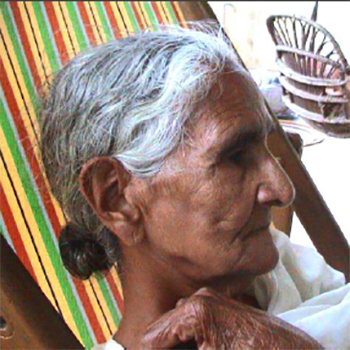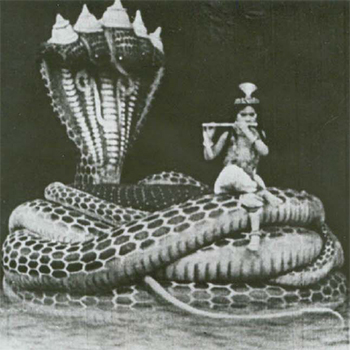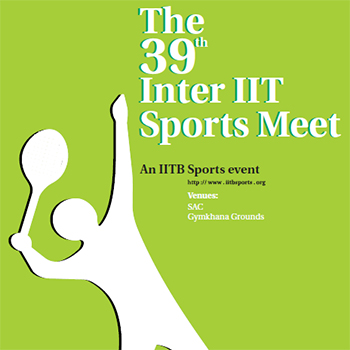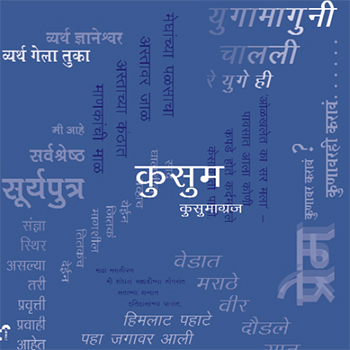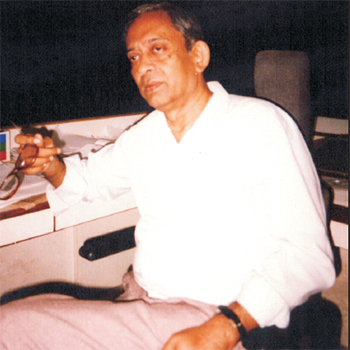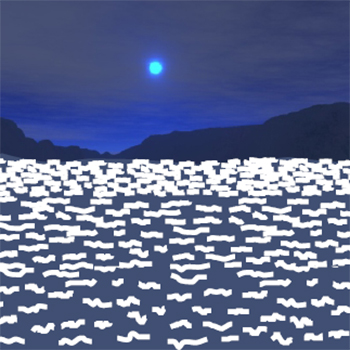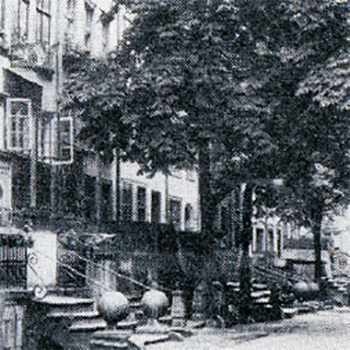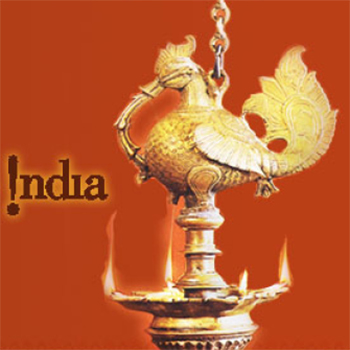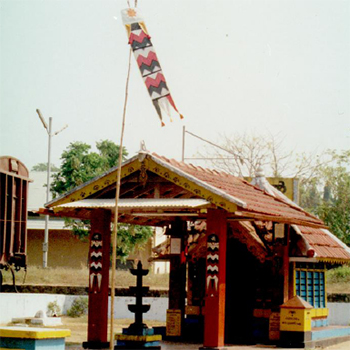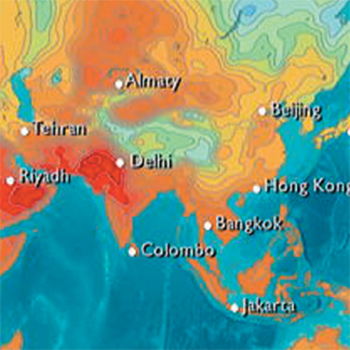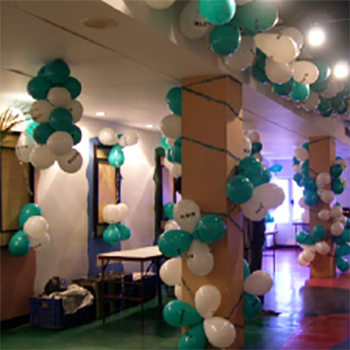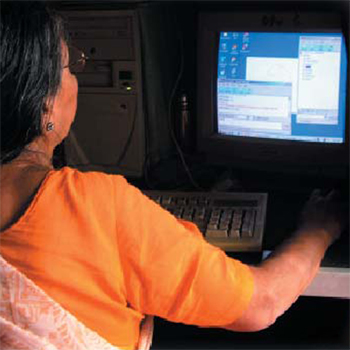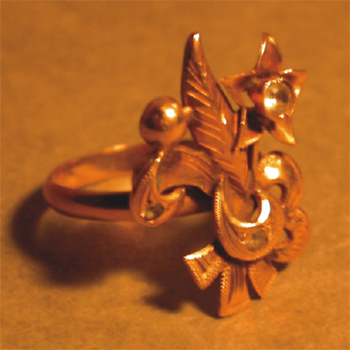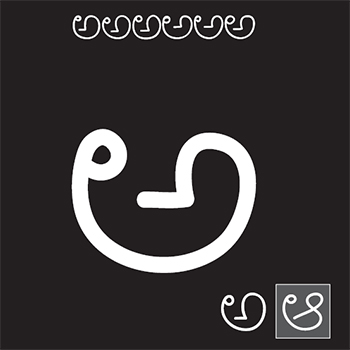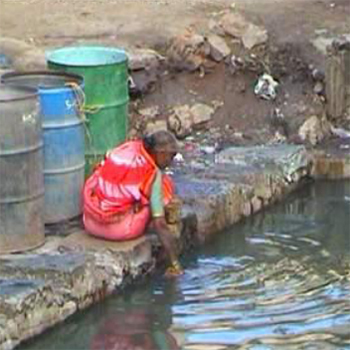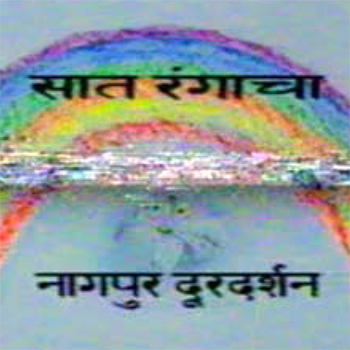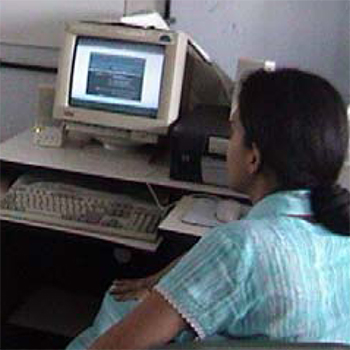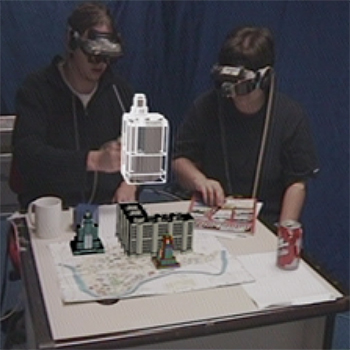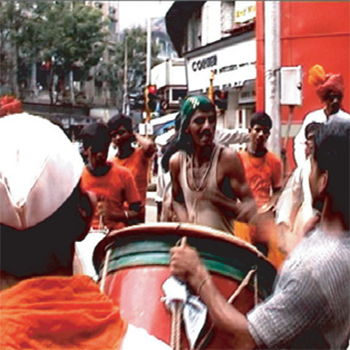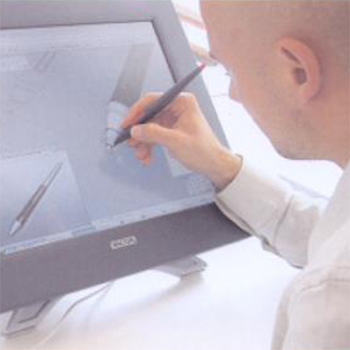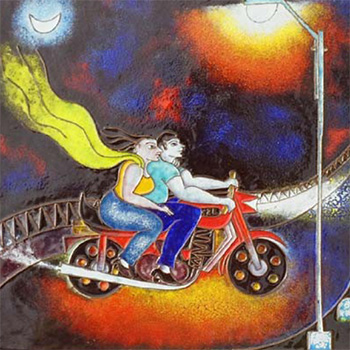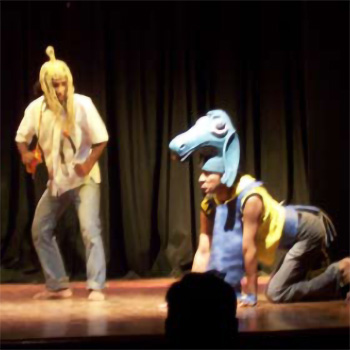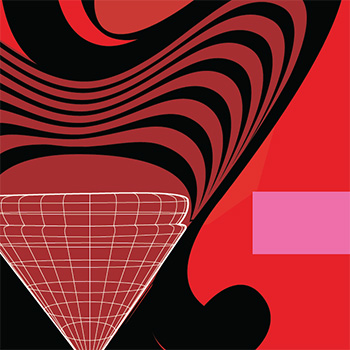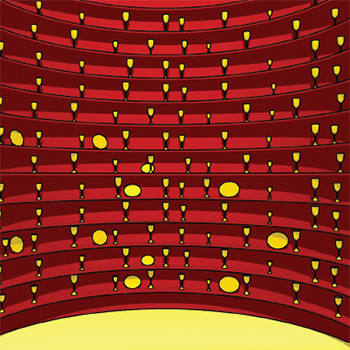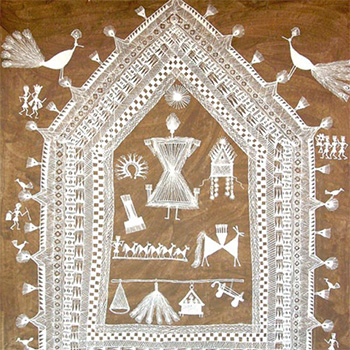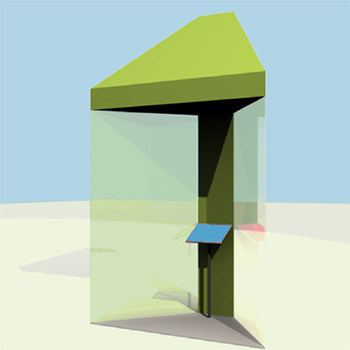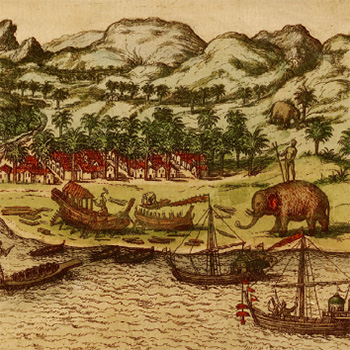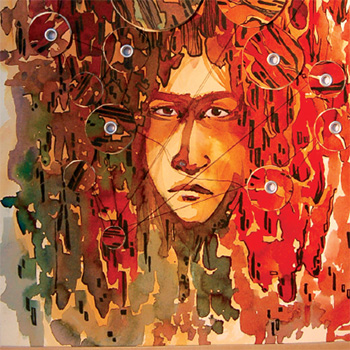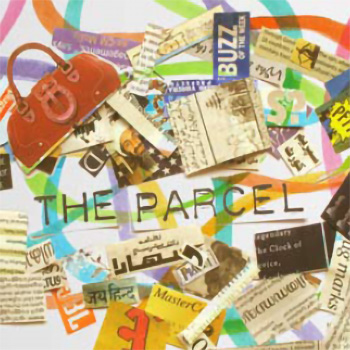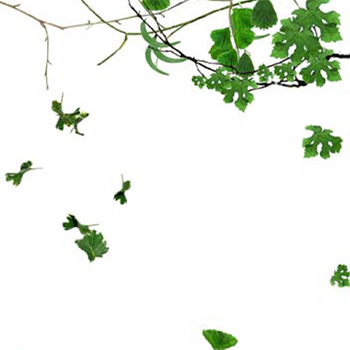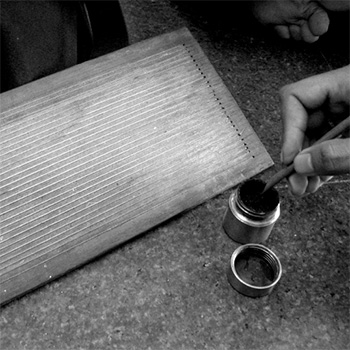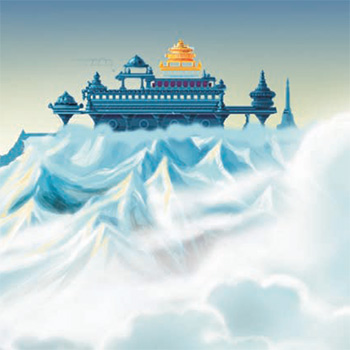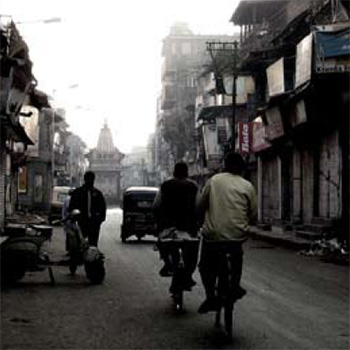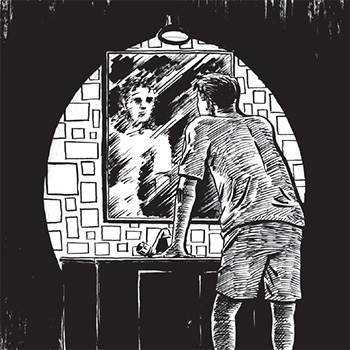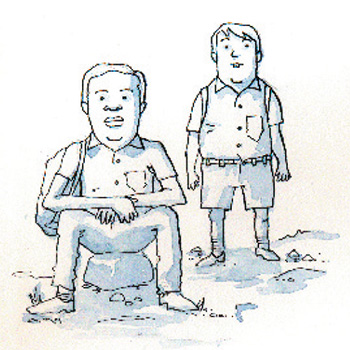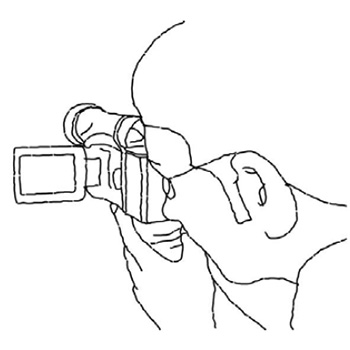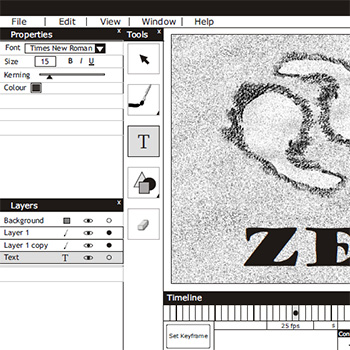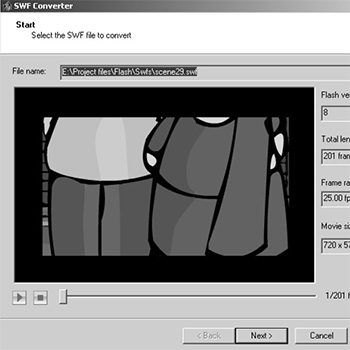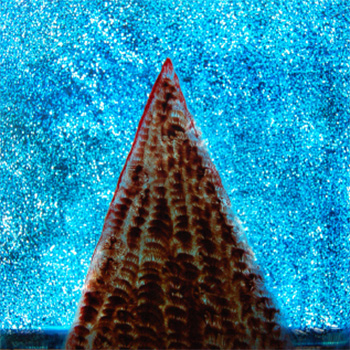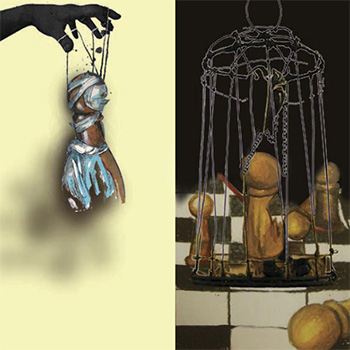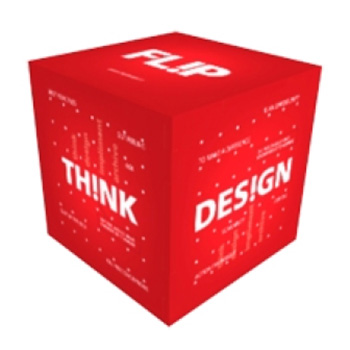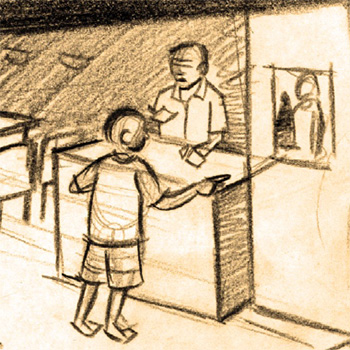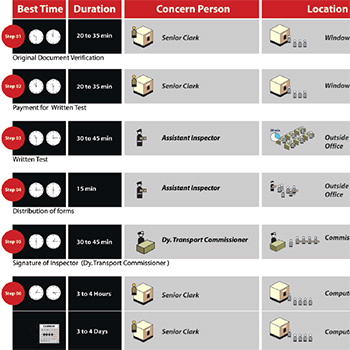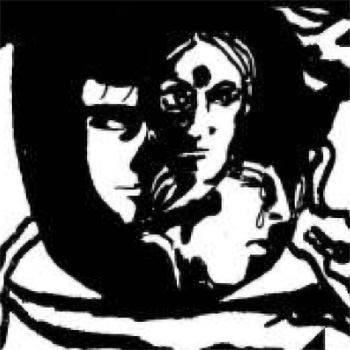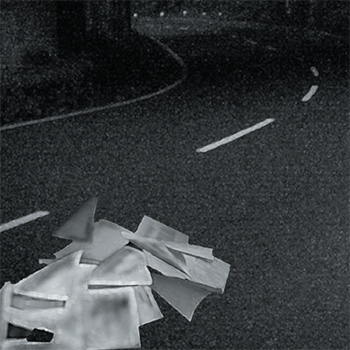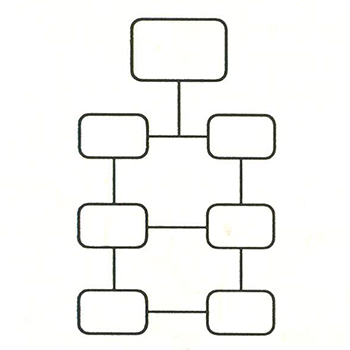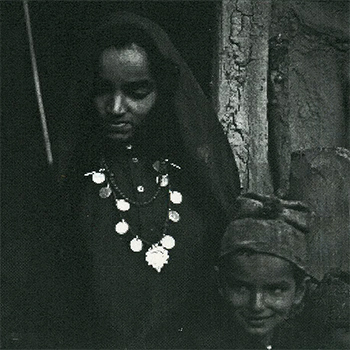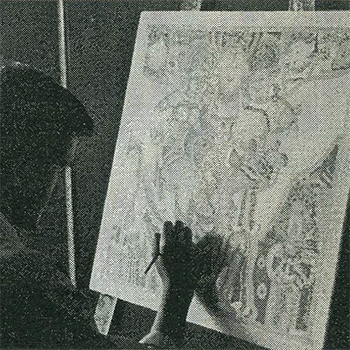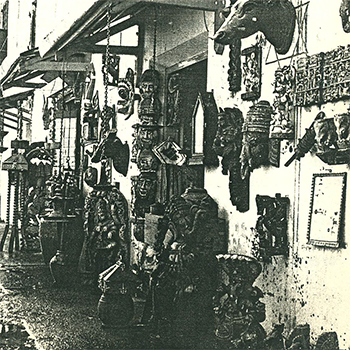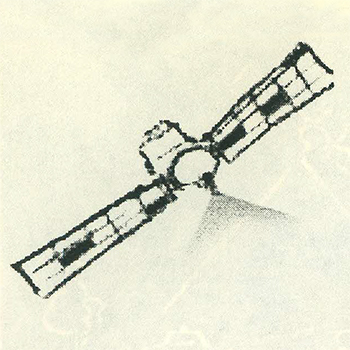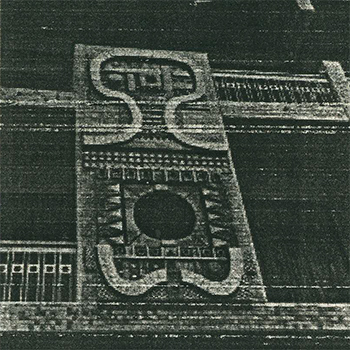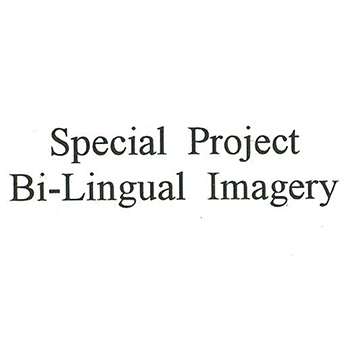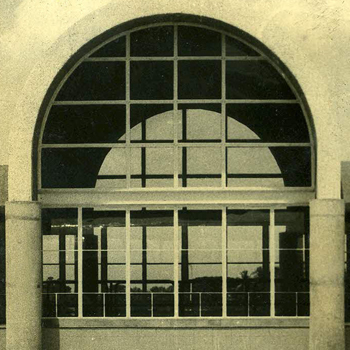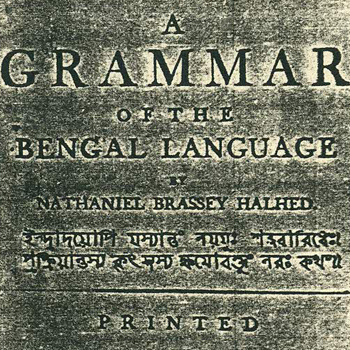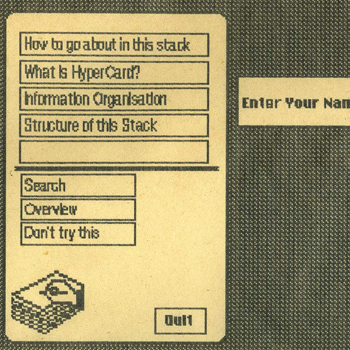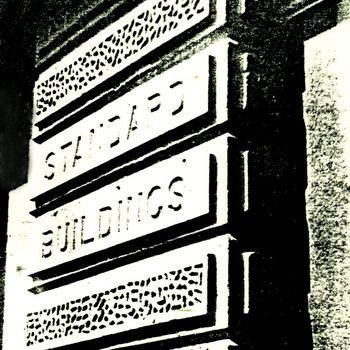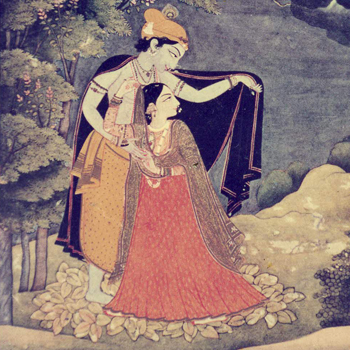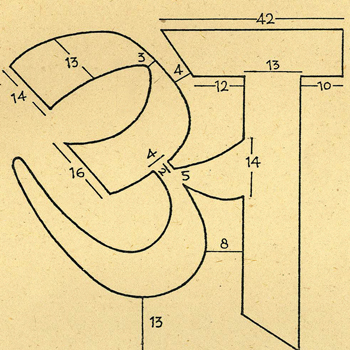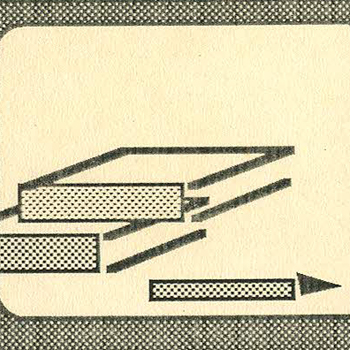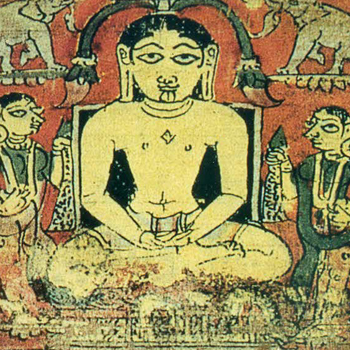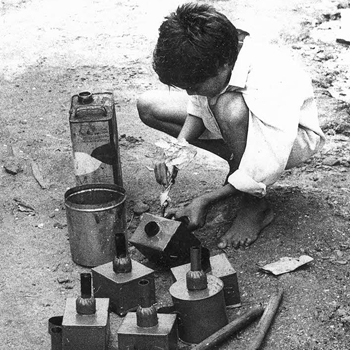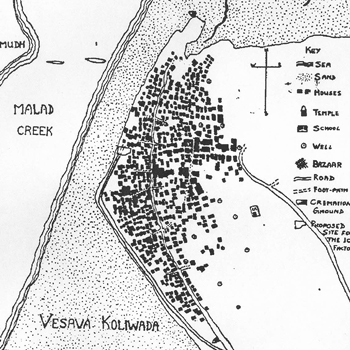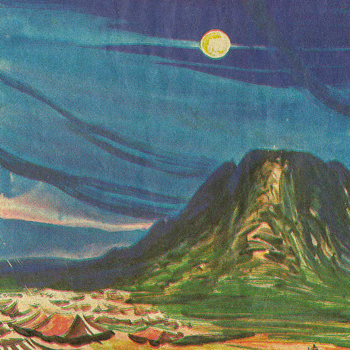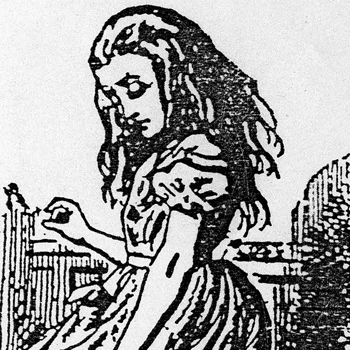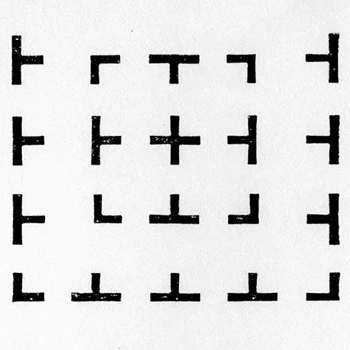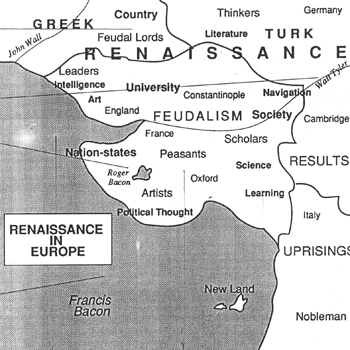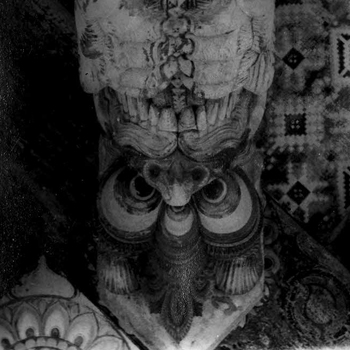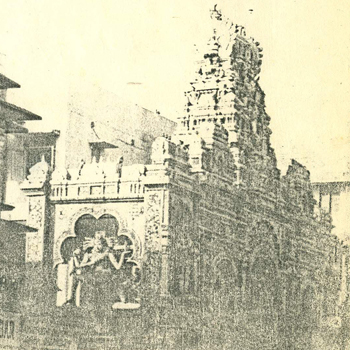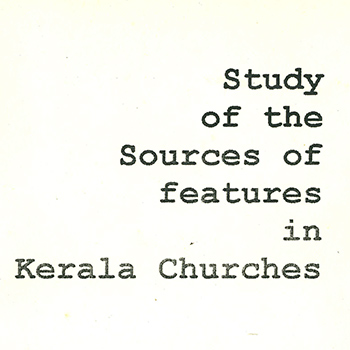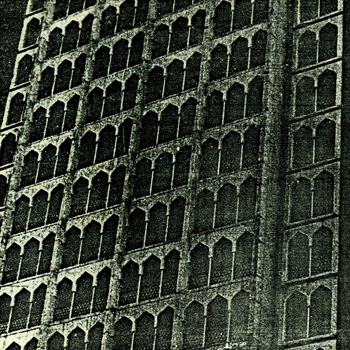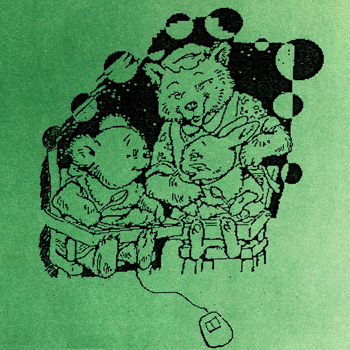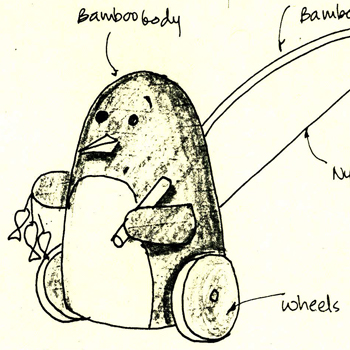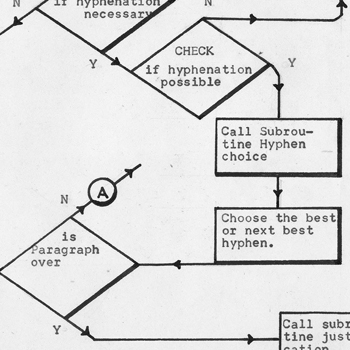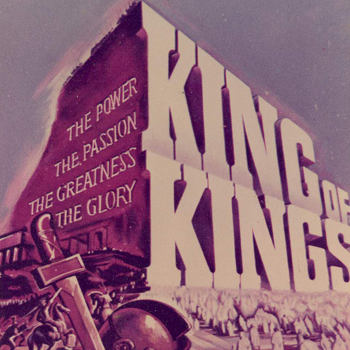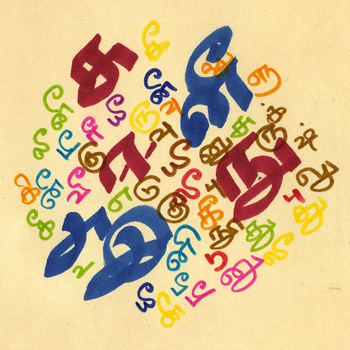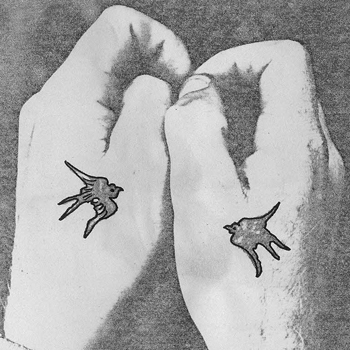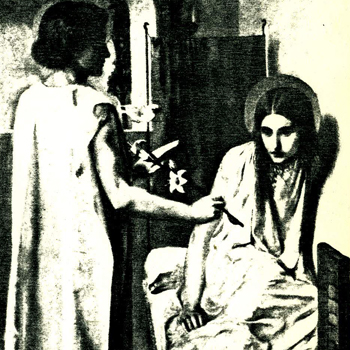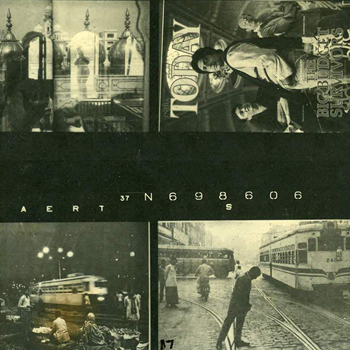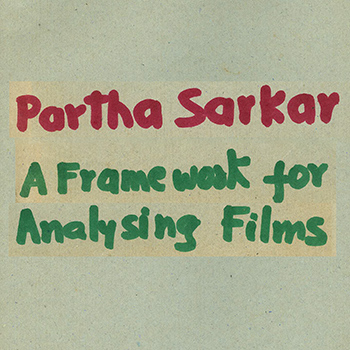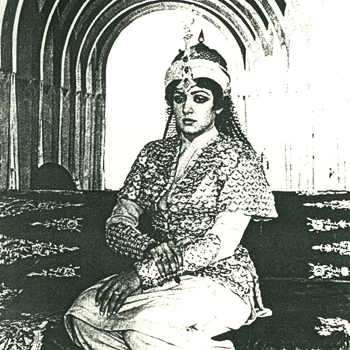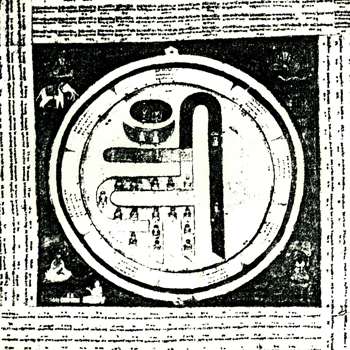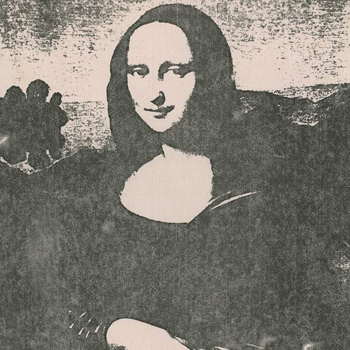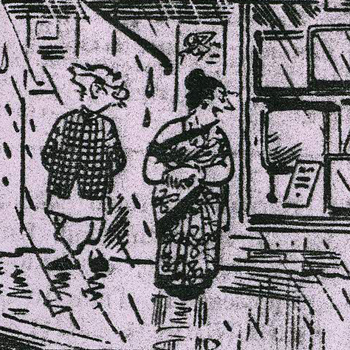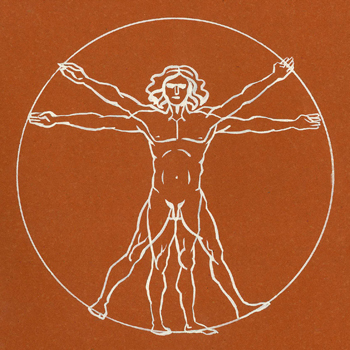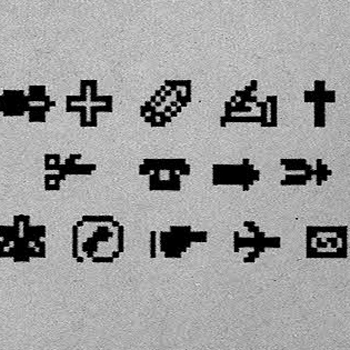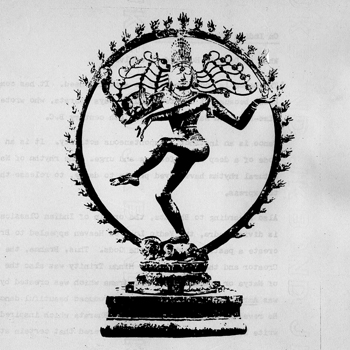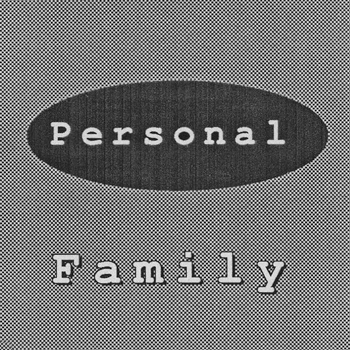Communication Design
2019-onwards
(76 items)
2009-2018
(272 items)
1999-2008
(92 items)
1989-1998
(59 items)
1979-1988
(20 items)
Communication Design
2019-onwards
(76 items)
by Prof. Mandar Rane
by Prof. Mazhar Kamran
by Prof. Raja Mohanty
by Abhijith K S
by Abhijith K S
by Abhijith K S
by Akshata Khare
by Akshata Khare
by Akshata Khare
by Anubhav Nagpal
by Anubhav Nagpal
by Dishant Mehlawat
by Dishant Mehlawat
by Dishant Mehlawat
by Hemant
by Hemant
by Jinal Jignesh Shah
by Jinal Jignesh Shah
by Kunal Khawaskar
by Kunal Khawaskar
by Lakshmi Chandran
by Lakshmi Chandran
by Madhuri Chandrasekhar
by Madhuri Chandrasekhar
by Madhuri Chandrasekhar
by Midhun Mohan
by Midhun Mohan
by Mohak Gulati
by Nidhin Joseph
by Nidhin Joseph
by Nidhin Joseph
by Reshma Issac
by Reshma Issac
by Reshma Issac
by Sanskruti Landage
by Sanskruti Landage
by Shreyas Vernekar
by Shreyas Vernekar
by Stuti swamiwal
by Swati Yadav
by Swati Yadav
by Vedang Pathre
by Vedang Pathre
by Yash Vardhan Singh
by Yash Vardhan Singh
by Yash Vardhan Singh
by Stuti swamiwal
by Aaron Chen Lepcha
by Abhinav S
by Abhinav S
by Abhishek Yadav
by Abhishek Yadav
by Akashnath M
by Akashnath M
by Anisha Verma
by Anisha Verma
by Aparajita Prasad
by Aparajita Prasad
by Banasmita Das
by Banasmita Das
by Biswajit Das
by Biswajit Das
by Himanshu Bagati
by Himanshu Bagati
by Joy Zenhinsang
by Joy Zenhinsang
by Harsh Karani
by Muskan Bagaria
by Muskan Bagaria
by Pallavi Soni
by Pallavi Soni
by Puja Saha
by Puja Saha
by Shivangi
by Shivangi
by Harsh Karani
2009-2018
(272 items)
by Ashoka Chary M
by Ashoka Chary M
by Ashoka Chary M
by Ashoka Chary M
by Chinmay Bhave
by Chinmay Bhave
by Chinmay Bhave
by Divya Bharadwaj
by Divya Bharadwaj
by Kailash Gharat
by Kailash Gharat
by Kailash Gharat
by Kailash Gharat
by Reshal Shah
by Reshal Shah
by Reshal Shah
by Shweta Kable
by Shweta Kable
by Shweta Kable
by Shweta Kable
by Srinivas Godala
by Srinivas Godala
by Srinivas Godala
by Srinivas Godala
by Tarun Kumar
by Tarun Kumar
by Vishnupriya Kaulgud
by Vishnupriya Kaulgud
by Vishnupriya Kaulgud
by Vishnupriya Kaulgud
by Ameya Narvankar
by Ameya Narvankar
by Ameya Narvankar
by Ameya Narvankar
by Boski Jain
by Boski Jain
by Boski Jain
by Boski Jain
by Kanika Kaul
by Kanika Kaul
by Kanika Kaul
by Kanika Kaul
by Karan Vohra
by Karan Vohra
by Karan Vohra
by Karan Vohra
by Nilmani Kumar
by Nilmani Kumar
by Nilmani Kumar
by Nilmani Kumar
by Ravi Purty
by Ravi Purty
by Ravi Purty
by Ravi Purty
by Rucha Vakhariya
by Rucha Vakhariya
by Rucha Vakhariya
by Rucha Vakhariya
by Nitin Shekhar
by Nitin Shekhar
by Nitin Shekhar
by Nitin Shekhar
by Shreshta Jaisingh
by Shreshta Jaisingh
by Shreshta Jaisingh
by Shreshta Jaisingh
by Shayam V.S.
by Shayam V.S.
by Shayam V.S.
by Shayam V.S.
by Suruchi Sati
by Suruchi Sati
by Suruchi Sati
by Suruchi Sati
by Tapan Kumar
by Tapan Kumar
by Tapan Kumar
by Tapan Kumar
by Kulkarni Aditi Subram
by Kulkarni Aditi Subram
by Kulkarni Aditi Subram
by Kulkarni Aditi Subram
by Anindita Mandal
by Anindita Mandal
by Anindita Mandal
by Anindita Mandal
by Kimya Gandhi
by Kimya Gandhi
by Kimya Gandhi
by Kimya Gandhi
by Maitreyee Sanjay Nilawar
by Maitreyee Sanjay Nilawar
by Maitreyee Sanjay Nilawar
by Maitreyee Sanjay Nilawar
by Radhika Gujar
by Radhika Gujar
by Radhika Gujar
by Radhika Gujar
by Sakshi Gambhir
by Sakshi Gambhir
by Sakshi Gambhir
by Sakshi Gambhir
by Saurabh Tewari
by Saurabh Tewari
by Saurabh Tewari
by Saurabh Tewari
by Sheetal Vishwas Barge
by Sheetal Vishwas Barge
by Sheetal Vishwas Barge
by Shiba Sheikh
by Shiba Sheikh
by Shiba Sheikh
by Jampala N Somya
by Jampala N Somya
by Jampala N Somya
by Vallabh Prasad Munshi
by Vallabh Prasad Munshi
by Vallabh Prasad Munshi
by Vallabh Prasad Munshi
by Adersh Sreedharan
The inevitable switch from analogue to digital, regardless of the industry: In journalism, it’s the evolution from print to online; in photography and cinema, it’s the switch from film to digital. Even though there are people who still prefer to use film cameras and listen to vinyl music, their attachment to the old systems and the feeling they get from them can’t be compared with the new technologies. Their perspective on cinematography is very different from that of people in the digital age. For them, cinematography is also a craft, and the act of stitching a film takes them closer to the medium.
Cinema is a language, and within it are the specific vocabularies and sublanguages of the lens, composition, visual design, lighting, image control, continuity, movement, point-of-view, etc. Learning this language is a never-ending and fascinating lifelong study.
A cinematographer deals with some duties that are entirely technical. But the technique used in the older analogue cameras is a little different when the digital systems come into play. For the people who gradually switched to digital, they would have gotten updated with the growing technology. But people who haven’t been updated with technological advancements would face a problem understanding the change all of a sudden. But after all this time, why will they switch to digital?
Digital photography records light impulses as electronic charges stored on a memory disc. The image is a matrix of rows and columns, and where they intersect are small squares called picture elements, or pixels, which carry information about brightness and colour.
The image can be altered in innumerable ways. The interaction between digital imagery and photography is made possible by the fact that analogue photographs can be scanned and converted to digital format. The smooth curves and tonal graduations of the analogue image are converted into discrete steps of grids. More directly, digital cameras can now be used to capture images electronically on a desk, bypassing the photochemical process. Once an image is in digital form, its components can be rearranged, extended, deleted, and modified before it is printed. These processes are now made easier by software designed for them. When we add to the ease and power of altering an image, the possibility of simulating photographically realistic components on a computer becomes possible. It appears as though the photographer has gained complete control over the final image and acquired the freedom of the painter to depict whatever he or she can imagine.
by Adersh Sreedharan
As part of my internship programme, I had the wonderful opportunity to work with Prof. Mazhar Kamran, a well-known cinematographer in India.
I was working on the initial storyboarding for the movie Dandi March.
My first time working for a movie challenged my perspective about films and the work's progress. It also strengthened my visualisation capability and overall understanding of framing in movies, the role of the cinematographer, director, or photographer, and the perks of storyboarding before making a film.
This report describes the process I went through to do my task, from the script to the final renders (50+ frames) for the film on ‘recreating Dandi March."
by Adersh Sreedharan
They have been a part of the world for a long time; they are the living treasure we find today, full of life experiences and ideologies.
Above all, their unique stories and moments that still remain in their long-term memory are the ones we shall seek. Old age is our destiny. We are all looking forward to that stage, and every decision we make today, our lifestyle, our social life, and every single thing around us matters. That is going to define our old age.
This project is undertaken to understand the lives of elderly people and to celebrate them by featuring glimpses of their lives and the richness among them. This report describes the process I went through to understand elderly life and finally create images of old age.
by Adersh Sreedharan
India, one of the most populated countries in the world, has an endless diversity, starting from geographical features to languages, religions, art and crafts, customs and traditions, flora and fauna, demographic structure, and so on. Indian culture, which is a fusion of several cultures from all the Indian subcontinents, has been influenced and shaped by a history that is several thousand years old. The diversity of India is unique, giving us reasons to think of India as a ‘mini world’. In order to understand a culture, one has to experience it. This project was undertaken to experience a particular culture, understand it, and then express it visually.
Dronagiri village in Chamoli district of Uttarakhand was chosen as a place with untouched culture to experience and understand a lifestyle that is not known to the outside world. In this village situated at 11,800 ft. altitude, a mountain worshipped by locals is believed to be the one that Hanuman disfigured during his search for the life-saving herb Sanjivani.
This report describes the experience of getting exposed to a new cultural environment, the culture shock one may face because of the unfamiliar way of life, and how we adapt to it. And the process through which the culture is experienced is translated into a visual form.
by Ansari Salik
The Kochi-Muziris Biennale is an international exhibition of contemporary art held in Kochi, Kerala. It was the first biennale of its kind to be held in India. The Kochi-Muziris Biennale is an initiative of the Kochi-Biennale Foundation with support from the Government of Kerala. The exhibition is set in spaces across Kochi, Muziris, and surrounding islands, with shows being held in existing galleries, halls,and site-specific installations in public spaces, heritage buildings, and disused structures. It is an event that happens every two years. It is most commonly used within the art world to describe large-scale international contemporary art exhibitions. As such, the term was popularised by the Venice Biennale, which was first held in 1895.
In May 2010, Mumbai-based contemporary artists of Kerala origin, Bose Krishnamachari and Riyaz Komu, were approached by the then culture minister of Kerala, M.A. Baby, to start an international art project in the state. Acknowledging the lack of an international platform for contemporary art in India, Bose and Riyas proposed the idea of a biennale (a large-scale international exhibition) in Kochi on the lines of the Venice Biennale.
by Ansari Salik
‘Makaan’ is about telling the story of the construction worker community through one’s family struggle. Their ups and downs as they navigate their daily lives are puddled with economic and social hurdles. The narrative of the film juxtaposes similar situations. It expresses differences in the way of responding through the perspectives of children and the elderly, where the children transform the hard reality. In their games, leaves are turned into money, and a ten rupee note becomes a butterfly. The film also tries to capture the essence of "workers" and their struggle in today’s modern time.
by Ansari Salik
The project aims to facilitate English language learning in resource-constrained environments. It aims at making the language more familiar where it is largely alien and enabling engagement with it outside the ‘English classroom’.
One of the key ideas chosen in this project is to improve engagement through games that reflect and are sensitive to the socio-cultural and geographical landscape of the said environment. Expanding the current ongoing project LETS (Learn English Through Stories) through a different approach and making grammar learning intuitive and fun is the main focus of this project.
by Ansari Salik
A traditional classroom environment doesn’t provide much scope for teachers to try different ways of teaching. The population of students and the lack of availability of designed materials that would work for both teachers and students are two of the major constraints. When it comes to learning a second language (SL), the situation is even worse. The project "Can game-play aid structural understanding of language?" aims at facilitating ways of learning and teaching structural English (grammar) in a traditional classroom environment, where English is a second language.
The topic chosen in the grammar teaching is tenses, and the idea is to design a pedagogy that works for both teachers and students. The developed method (pedagogy) begins with a card game that facilitates pattern learning within tenses.
This is followed by a classroom activity designed to reinforce the acquired pattern. The third and final part of the design is a planned lesson (instructional design) to communicate the meaning of the overall concept.
A series of experiments were conducted with a group of 18 students in grades 6 and 7, and the designed materials were tested, improved, and then evaluated on the basis of the qualitative results of those experiments. The report further contains a detailed view of the testing with materials and their iterations. The results show an increase in the level of engagement of the students with the topic. It also indicates a jump in the quality of their ability to look for and find patterns in the materials given to them.
This project expands the boundaries of the ongoing LETS (Learn English Through Stories) project under the Tata Centre for Technology and Design, using games and planned lessons to teach structural English, thereby making grammar learning intuitive and fun.
by Ashika Singh
by Ashika Singh
My internship project was with CLIx at TISS, under the production team. I initially worked there as an illustrator for the digital math game, but very soon i was shifted to work on the English curriculum. The following report will be my illustration work for the audio-based English story. The attempt was to come up with a new style of illustration that would go with the story and be easy for the rural children to relate to.
by Ashika Singh
For years, transgender individuals have struggled for acceptance, protection, and visibility, even among other minorities. With the list of states legalising gay marriage growing and broad acceptance in pop culture, the gay and lesbian population has gained increased visibility and protection in recent years. However, transgender individuals have not been afforded the same rights. The project is an effort to encourage society to emphasise and acknowledge transgender people. Through the medium of poetry. Poems based on the different emotions of a transgender person are the outcome of this effort.
The following report describes my journey as I broaden my understanding of the transgender community and subject and arrive at a design solution that allows me to contribute to the same with the best of my abilities as a visual communicator in a meaningful way. I have tried to understand the existing attitudes and emotions of transgender people and society and to weave together a series of poems as a reflection. The research represented here cannot be considered complete, for I know I have only scratched the surface, but it is a start in trying to understand where the problem lies and the steps needed to be undertaken to rehabilitate this minority community, which is very much a part of Indian past, present, and future.
by Ashika Singh
Nowadays, the rate of broken families is alarmingly increasing. Largely, it is seen today that families are broken up by breakups and divorces. Although the effect falls on both spouses, even the child goes through all the hardships and troubles that remain unseen by all. Its effects are huge on the children, which leads them to depression, insecurity, and many other mental problems.
My project on ‘Children of Broken Homes" will deal with the psychology of a child, including how and what the child goes through mentally when the family is broken. How the separation of parents and regular fights at home affect his behaviour, actions, lifestyle, choices, and decision-making abilities throughout his life. An attempt will be made here to address the issue from the child’s point of view.
by Ashish Kumar
Varanasi, the city of Lord Shiva and the holy Ganga, is known around the world for its rich culture. People have been following their traditions and passing them on from generation to generation. There are colonies of craftsmen in Banaras for crafts like Gulabi Meenakari, Panja Dari, Chunar Red Clay Pottery, Hand Block Printing, Wooden Craft, and many more.
Khojwan is one of them, a suburban neighbourhood located in the south of Varanasi district (Uttar Pradesh). Khojwan is the place for the making of wooden crafts, including Sindoora.
I had seen Sindoora for the first time in the hands of a newly married lady at Ganga Ghat in Banaras. She was worshipping her Sindoora and praying to Ganga Maa for her ‘Suhaag’ (husband). And that’s how I got interested in learning about these beautiful wooden vessels. This project gave me the opportunity to look into the details and the value of these wooden vessels. And how this craft plays an important role in people’s life.
by Ashish Kumar
‘Ek’ is synonymous with ‘one’ in several Indian languages, and Ek Type is a collaborative platform in India under ‘one’ roof to develop fonts. As a part of my internship programme, I had a great opportunity to work with them on their ongoing project, ‘Samar Devanagari Rounded.
This report describes my experience and work process, as well as my understanding of the details and methodology involved in developing a font. I have presented my work in the form of the design process, which includes pre-study, designing, analysing, testing, and refining. It shows my role and involvement in the development, as well as how I came up with a suitable design solution.
by Ashish Kumar
Type design and development is a process that involves the minute refinement of every detail. From scratch to end design, it needs a good understanding of form, space, balance, and a tremendous amount of patience, along with technical knowledge.
This report describes my experiences, work process, understanding of the details, and methodology for developing a font. I have presented my work in the form of a design process, which includes pre-study, designing, analysing, testing, and refining. It shows my role and involvement in the development, as well as how I came up with a suitable design solution.
by Ashish Kumar
Type design and development is a process that involves the minute refinement of every detail. From scratch to end design, it needs a good understanding of form, space, balance, and a tremendous amount of patience, along with technical knowledge.
This project is the continuation of my previous project (designing a monolinear Devanagari font). In which I have designed the basic Unicode character set in regular weight. The aim of the project was to design a matching Devanagari font for Univers for bilingual communication at IDC, School of Design, IIT Bombay.
This report describes my experiences, work process, understanding of the details, and methodology for developing a font. I have presented my work in the form of the design process, which includes pre-study, designing, analysing, testing, and refining. It shows my role and involvement in the development, as well as how I came up with a suitable design solution.
by Aswin Yogesh R
A monotonous environment while driving on long highways can lead to a dangerous state of drowsiness in the driver. The previous advanced design project (ADP) of Amini et al. developed the concept of a driving assistant system that uses gamification features to break the monotony of the driving task. This work picks up this concept and develops a software prototype of an interface to perform Wizard of Oz-experiments in the driving simulator of the institute for ergonomics (IAD) at the Technical University Darmstadt. The development processes are due to the guidelines of the human-centred design process. The context of use for the prototype must be seen from the perspective of the driver as well as from the perspective of the experimenter. The driver is in a monotonous driving environment and can get input via head-up display (HUD), liquid crystal display (LCD), or audio output. The experimenter can monitor data about the current driving behaviour given by the simulator software. In addition, the experimenter uses the prototype on a laptop. The requirements for the development are derived from ISO 9241-110. The developed prototype is an interface between driver and assistant, as well as an interface between experimenter and assistant system. A user of the prototype can control the three output channels with the software prototype. The user sees the content of the HUD and LCD and has a control panel with buttons that enable him to handle his task. In contrast to this, the driver can only see the parts of the interface shown via the HUD and the LCD. The screen content of the wizard interface is shared with the software screenleap and teamviewer on a smartphone in front of the windscreen, which represents the HUD, and on a tablet, which represents the LCD on the middle console of the car. Therefore, it is possible to show the corresponding parts of the interface to the driver.
It is possible for the driver to interact with the assistant system by voice. A start procedure, a quiz, and three driving games that motivate the driver to show better driving behaviour are the main features of the prototype. The games challenge the driver to hold the current speed, the current distance to the vehicle in front, or the exact position in the middle of the driving lane for 60 seconds. The task of the experimenter is to rate the behaviour of the driver during the games and transfer this input to the assistant system. Buttons to rate the behaviour and create a score are included in the interface of the experimenter. Depending on the score, the driver receives feedback about his current performance from the HUD and afterwards about his performance over the complete duration of the game. Furthermore, the experimenter can handle scenarios that pause the game, e.g., lane changes or dangerous situations like emergency stops. Next to the driving games, a quiz is implemented in the prototype. The quiz and the starting procedure are created as an oral dialogue between the driver and the assistant system. To trigger the corresponding audio output, the experimenter has different buttons that suit the current situation. The usability of the prototype for the experimenter is evaluated in this paper. Afterwards, small changes will be considered to improve usability. The prototype developed allows for the performance of Wizard of Oz experiments in the context of the IAD driving simulator. Only these experiments can show if the concept of an assistant system that uses the described gamification features is suitable for a driving scenario with other road users and if such an assistant system can reduce the monotony of the driver.
by Aswin Yogesh R
by Aswin Yogesh R
What has changed in the way we live, and how are the big powers, both within the state and external, influencing our lives?
The film will explore how we have broken away from the traditions of sustainable living and how the development the state undertakes in the name of sustainability, if not helping, is sometimes doing more damage to man, the environment, and our future.
by Aswin Yogesh R
Meritocracy is a social system in which people hold positions exclusively based on their abilities. But India, as a democracy, undertakes several measures to reduce the inequality caused by historical prejudices by showing positive discrimination like caste-based reservations.
The Indian Institutes of Technology were established after Independence to create trained technical personnel of international standards for the nation. In order to establish "merit" as the only criterion for admission into these institutes, they were originally exempt from the policy of reservations. Extant structural inequalities ensured that only the "already privileged" could find their way into these spaces of "merit". As a result, these institutions have until recently been almost exclusively populated by the upper castes, who, through the instruments of merit, were able to transform their caste capital into modern, "caste-less" capital.
All this changed with the introduction of a 22.5% reservation for Scheduled Castes and Scheduled Tribes in 1973 and 27% for Other Backward Castes in 2006. This has transformed the IITs into heterogeneous, complex, and often volatile, politically charged spaces.
The encounter of the ideologies of meritocracy and caste in the spaces of IIT Bombay throws up interesting, difficult questions. This film is an attempt to identify, articulate, and interrogate the complexity caste brings to the IIT Bombay campus by exploring the stories of people who are part of it.
by Kalagouda Patil
by Kalagouda Patil
by Kalagouda Patil
When I was travelling for the first time in Mumbai, I noticed something unexpected. The orientation of platforms to get off trains is different at different stations. For one station, the crowd faced left, and for the next, it faced right. Being a novice, this annoyed me as there were no means by which I could know my station and the direction of the platform other than asking.
This experience led to the inception of the thought behind this project: "How would real-time information be designed for futuristic Mumbai local trains, served inside the high-tech compartments for the future passengers". The real-time information is usually conveyed by the Passenger Information Display System (PIDS). The project doesn’t aim to solve any current problems but will take inspiration from the same problems and visualise the future of info design for PIDS, specially catered to Indian situations (multilingual; language barrier; chaos and crowd inside trains; lack of information system). The first part of the project introduces the Passenger Information Display System (PIDS), its role in public transport, and my area of focus in this design project.
The second part looks at the main conditions that shape this project, such as the current scenario of Mumbai's local compartments, the needs of the user from a novice perspective, and the necessary information. The final part discusses the design and decisions (both visual and motion design) made to accomplish the project.
by Kalagouda Patil
by Kawalpreet Singh Saroy
by Kawalpreet Singh Saroy
‘Aham Bhumika’ is an NGO, a group of like-minded people based in Bhopal, a city in the state of Madhya Pradesh in India. The diverse group consists of artists, housewives, engineers, tourist guides, teachers, and government employees. As a humble start-up, they are striving for the betterment of the underprivileged in rural areas of India.
To help the underprivileged children, destitute, and orphans by involving generous people from the cities by collecting material discarded by them (clothes, bicycles, books, toys, newspapers, etc.) for the underprivileged people One can just walk in and join as a volunteer at Aham Bhumika and make their contribution to the betterment of society. The main project undertaken is the embroidery project in Borda, 4 km from Bhopal. It is to empower the women folk of the region by generating lively hood through embroidery. These panels are then converted into tote bags, cushion covers, and pouches. A fair share of the profit goes to the artists.
They have established collection centres in Bhopal where you can contribute clothes, bicycles, toys, books, and grain. One can also help us by sponsoring various events organised by us and paying for transportation, printing of literature, etc. They also accept monetary contributions through a check or demand draught favouring ‘Aham Bhumika Swayam Sevi Sanstha," payable at Bhopal.
by Kawalpreet Singh Saroy
The project is about celebrating the handmade, not giving away the pleasure of creating a cloth to a machine, knowing where the cotton of a thread comes from, where the thread for khadi comes from, where the cloth for my kurta comes from, etc. The project is about the women of the Ahir tribes in Kutch, who spend their day embroidering vivid patterns that remind one of the works of Paul Klee. Women with no formal training who have created a world around their remote thatched households. The project is about the young weavers at the Handloom School, Maheshwar, who didn’t opt out of their family occupation of weaving but instead will continue the tradition while remodelling with the current fashion trends.
The project is about Shrinu, my guide, and a new recruit at the weaver service centre on Charni Road. With an experience of more than 15 years in jacquard loom, he humbly teaches me the intricacies of working on table loom while himself earning for his children to study well and get ‘good-paying’ jobs. The project is also an attempt to understand Gandhi and his urge for everyone to spin! The man who patronised the richness of Indian textiles and himself wore just a lion cloth At last, it's about celebrating the handmade, not giving the pleasure of creating a cloth to a machine. To know where the cotton of a thread comes from, the thread for khadi comes from, the cloth for my kurta comes from...
by Kawalpreet Singh Saroy
A significant part of the project would be an attempt to learn the work ethics of a weaver, who sits quietly on a loom, weaving a seven-yard fabric. To weave as a daily routine. While aiming to hone my skills with each 'satak-su' sound...
With some experience working on the table loom from my previous project, I will learn to weave on a full-frame loom. It's an extension of Project 2 in the sense that one keeps the 'embedded narrative' intact but also attempts to reflect on the meaning of creativity in our times.
One part of the project is a collaborative association with ten B.Tech. IITB students and Mr. Shrinu (a weaver at Weaver Service Centre, Mumbai) over a period of three months. It would be a collective engagement with weaving, thereby creating handloom products such as scarves, mats, and tote bags. To reflect on the sartorial choices that fill our wardrobe, with high-end brands like Fabindia at one extreme and Khadigram apparel at the other end.
by Kimberly C. Manners
In the month of December 2016, I paid a regular visit to Mawryngkang, a weaving village in Meghalaya where the oor and y-shuttle looms are predominantly used, and to Roilang Livelihood Academy Unit of Bethany Society, Shillong, to learn about the backstrap loom, or loin loom, which is predominantly used all over North East India. Due to its affordability and portability, I’ve brought it back with me to IDC to start a routine of daily practise on it.
The purpose of my research is to dive into the lives of local weavers in Meghalaya to get a sense of the daily practise of weaving as a craft.
by Kimberly C. Manners
by Kimberly C. Manners
The purpose of my project is to study the Meghalaya Matrilineal Society in depth, i.e., the system practised in the state by 80% of the population (tribals) that gives its women lineage importance and inheritance rights and has had a great impact as a boon on the situation of women in the state as compared to the women in the rest of the country but also a grievance to men. The study as well as my personal experiences will be directed towards the compilation of a graphic novel that will subtly focus on talking about the features of society and address the debate of whether it should undergo a transition or not.
Storytelling and writing have been two of my strengths, and my inclination towards visuals and graphics inspired me to do a graphic novel. Although information about the matrilineal culture is accessible, a compelling narrative and visuals would be more engaging to the reader and leave a lasting impression. The novel will be targeted at readers ages 12 and above in Meghalaya but will also be relatable to others.
by Kimberly C. Manners
What drives us to get out of bed every morning? While some of us contemplate what our purpose in life is, others wake up just to put food in their mouths. Every day is a struggle for survival. This project is an attempt to understand the idea of fulfilment and answer the question, "How does living in the 21st century change our understanding of attaining real, lasting, and genuine fulfilment?"
The medium of communication is film. Film is a powerful medium that holds information as well as emotions. The film is a self-documentation of my surroundings and thoughts. It will serve as a reflection of the 21st century’s young adults.
by Kshetrimayum Dideshwor Singh
Art is a diverse range of human activities that involve creating visual, auditory, or performing artworks that express the author’s imaginative or technical skill and are intended to be appreciated for their beauty or emotional power. There are lots of mediums to express one’s artistry. Murals are a form of art that has been in common use since the late 19th century. Understanding narrative mural art is essential for an artist and visual designer.
For my design research seminar, I had chosen to study the narrative mural and art installation. I had the opportunity to work on and study the murals made for the ongoing Dandi project in Hyderabad. I thought it would be a great experience for me to go back to the place where the murals are being made. For the art installation, I went to Kochi for the Kochi-Muziris Biennale 2016. It is an international exhibition of contemporary art held in Kochi, Kerala. Through this study, an in-depth sense of traditional and contemporary art could be developed.
by Kshetrimayum Dideshwor Singh
by Kshetrimayum Dideshwor Singh
The topic deals with the apparatus of the nation-state and self-determination as contexts for art-making. Understanding the conflict between nation-states and self-determination was the origin of this project. My reaction or responses to this conflict were expressed through a series of sculptures, which may give an artistic solution to the viewer of my sculpture.
Our country is known for its unity in diversity. The high mountain ranges, countless rivers and streams, dark forests, vast seas, large river-irrigated lands, and sandy deserts—all these have adorned India with exceptional diversity. Among the people, there are numerous races, castes, creeds, religions, and languages. As we said, India is a sovereign country with 29 states, and people living in India are the children of one mother, whom we call Mother India, but there is a lot of conflict and diplomatic interference between states and nations. Some states demand self-determination, and the nation-state is trying to control them. So when someone is trying to control someone’s freedom, conflict arises. I was particularly focused on studying the burning issue of Manipur.
Manipur is a state in India that is located in the north-eastern part of the country. which is also my birthplace, where I grew up and played around. I have been involved with such conflict zones since childhood, and the conflict still continues in Manipur. So, in this project, I am trying to understand how conflicts arise and study other conflicts in the 21st century. I tried to understand why people want to have self-determination, why people want to be against someone's freedom, and how we may control it and give a peace massage to all the people in an artistic way.
by Kshetrimayum Dideshwor Singh
by Manish Kumar
In India, thousands of women die of pregnancy-related complications, anaemia, and malnutrition. These are easily preventable deaths, requiring only good nutrition and education in basic health care. In large parts of rural and urban India, the public health system lacks basic infrastructure like labour rooms and blood banks, as well as staff and proper equipment for childbirth. Here, an attempt has been made to educate women about pregnancy and maternal health, especially in rural areas, by providing them with pregnancy-related information. The output of the project is a pregnancy calendar from which pregnant women could learn what important steps should be taken during their entire pregnancy period. because the calendar is the common medium of information in rural areas. A calendar is a form that generates clues as to how one should read information. This information is provided in the pregnancy calendar in the form of images, informative poems, and instructions. It is also providing a system for midwives to visit pregnant women at least once a month.
This project is an attempt to find an alternative solution to my previous project, which involved designing, testing, and documenting it.
by Manish Kumar
This project is aimed at getting a personal understanding of maternal health in rural areas of Rajsamond District. For this, I have done an internship at an NGO called Jatan Sansthan, based in the Rajsamond district of Rajasthan. In this internship period, I talked with the actual audience in rural areas and tried to understand the actual problems. During field work, we have done assessments of the quality of maternal and newborn health services and had discussions with females.
My next step will be to focus on the customs of a particular community regarding maternal problems, which will include an audiovisual document on this particular topic.
by Manish Kumar
by Manish Kumar
The people of our society don’t want to accept reality. People have something in their minds, and they think this is right because they have spent most of their lives in that thought. So they refuse to accept the other ways of life, and they become blind to them. This is because, with less education, their minds are not flexible enough to think beyond their own limits.
They are only seeing what they want to see. They are unable to see the other ways, and even if they come across them, they are not ready to accept them. They accept it only as far as they acknowledge it. I wanted to communicate this issue through a film based on the life of a little boy who lived out his dream of living in a city.
by Palash Tukaram Bawankar
The encouragement to select this topic for visual ethnography came from the relevance and importance of the topic in communication design. It was also one of my childhood interests to cut the stamp foiled Ganeshji or any deity or beautiful decoration in golden shining on it on these cards of invitation. It had always been the topic of my curiosity to see how these beautiful pictures are engraved on such small cards and how papers are cut into such small pieces of drawing.
Luckily, visual ethnography gave me the chance to study this craft closely and entirely. I could study the interesting process of manufacturing invitations and wedding cards and its impact on the people in this profession. Some people were stuck with traditional printing technology, which has become outdated due to the influence of the digital world. Some of them could adapt themselves according to the situation and manage to adjust to the technological changes that come from time to time. Due to which they are dwelling for the time being.
Visual ethnography was a completely new field for me. With the excitement of a new subject and an old craft tradition to explore, which is driven by my own interest, I embarked on this journey of understanding the craft of invitations and wedding cards.
by Palash Tukaram Bawankar
India has the dubious distinction of having the world’s largest number of sexually abused children, with a child below 16 years raped every 155th minute, a child below 10 every 13th hour, and one in every 10 children sexually abused at any point in time.
Generations of Indian children have watched their parents remain silent on sexual issues. We learn this silence, which is further complicated by a tradition that demands that every child respect and obey all elders. And so children obey and remain silent, no matter what the elders do.
This project aims to break the communication barrier about the issue between parents and children and encourages children to break the silence about a ‘touching problem’ and openly communicate on the subject with a trusted adult.
by Palash Tukaram Bawankar
Buddhism has had a very large impact on the art history of India. It is the fourth-largest religion followed in the world. Buddhism has three vehicles to enlightenment: the Theravada, Mahayana, and Vajrayana. Vajrayana includes an embodiment of Sunya called Adi Buddha, or Vajradhara. Dhyani Buddhas emanated from Adi Buddha, and Dhyani Bodhisattvas with Saktis emanated from Dhyani Buddhas, which were responsible for creation. Due to major incarnations in Vajrayana, Buddhism has a wider scope for iconography, which can be classified into idols, mandalas, and mudras (hand postures).
In this project, I will be concentrating on mudras. Mudras are non-verbal modes of communication and self-expression consisting of hand gestures and finger poses. It is an external expression of ‘inner resolve’, suggesting that such non-verbal communications are more powerful than the spoken word. Mudras are gestures that symbolise divine manifestation. They are also used by monks in their spiritual exercises of ritual meditation and concentration, and they are believed to generate forces that invoke the deity. Another interesting meaning is given to the idea of the mudra. It reveals the secret imbibed in the five fingers. In such an interpretation, each of the fingers, starting with the thumb, is identified with one of the five elements, namely the sky, wind, fire, water, and earth. Their contact with each other symbolises the synthesis of these elements, which is significant because every form in this universe is said to be composed of a unique combination of these elements. This contact between the various elements creates conditions favourable for the presence of the deity at rites performed to secure some desired object or benefit. That is, mudras induce the deity to be near the worshipper.
This project focuses on illustrating the deeper meaning imbibed in mudras through a series of posters. It will also include the exploration of the delicate forms of mudras through illustrations. It will not only be relevant for the Buddhist followers but also for the students of design and art who want to study and want to know the meaning behind iconography in Buddhism.
by Rahul Kumar Dhanuk
This report presents a survey of the available literature related to the present scenario of technical devices and methods to quantify visual fatigue and its long-term effects on the eye due to computer-related work, along with psychological and physiological aspects.
The introduction of computers during the 1970s gave rise to a lot of controversial debate. Controversies were wide-ranging, ranging from workplace ergonomics, lighting to health and work stress. The overuse of computers makes adults and children both susceptible to computer-related vision symptoms. Performing both important and enjoyable tasks without breaks until near exhaustion may increase eye focus problems and eye irritations. This calls for computer vision syndrome, which is a widely spreading but largely unknown epidemic among computer users. It is considered the top official health-related problem. In ancient times, human beings used to live in forests, and their primary occupation was hunting. Their visual need was to look at distance, but now the distance-dominated world has suddenly changed to a near-point world, as most jobs are now confined to tables and chairs, working on computers, and small office boundaries.
by Rahul Kumar Dhanuk
by Rahul Kumar Dhanuk
by Rahul Kumar Dhanuk
This project is a visualisation attempt of the Kaliyuga predictions, written in Sanskrit in Srimad Bhagavatam, whose English translation and purport have been given by Abhay Charanaravinda Bhaktivedanta Swami Prabhupada. All 17 posters include the original Sanskrit verses, their English translation, a one-word English title, and illustrations that closely depict those predictions' meaning.
Creating posters on Kaliyuga predictions is about making it interesting to attract attention, thus giving the viewers an opportunity to verify its relevance in the present world, which may give them a broader world view to deal with life situations.
Through this project, I learned how pictorial metaphor and analogical juxtaposition can be used to create a visual that conveys meaning and creates an impact in the viewer's mind.
by Rishabh Pandey
This report showcases the existing hand-painted street signs in the areas of Delhi and nearby and the finesse in painting letters achieved by sign board painters through years of practise in different scripts and styles.
It also attempts to shed light on how globalisation and brand communication have affected writing styles in present times.
by Rishabh Pandey
GCC was founded in 1974 by Sudarshan Dheer, the Grand Master of Corporate Communications in India.
The studio specialises in corporate communication projects—identity, literature, packaging, and signage systems—and continues to serve both national and international clientele.
Sudarshan Dheer has designed logos or brand identities for over 100 clients. His work has been featured in more than 50 international publications and won more than 40 awards.
by Rishabh Pandey
Man has been making images since the prehistoric era, and the images have continued to inspire and influence mankind in many different ways. The images have not only shown modern man the lifestyle of cavemen but also worked as a mirror of society and made man realise the good and bad things in life; in religion, they guided man to focus on higher powers; they've inspired man to create what previously seemed impossible; and they've also opened up a way into our world where communication without the use of words becomes possible.
Today, when we look around, we find out that our streets, television, and Internet are filled with images of animals, most of them cats and dogs; people killing each other over some issues; places being destroyed; daily soaps spreading negativity and untrust within families and society; advertisements for self-promotion or to increase consumption of goods; and images spreading cultural values or religion, etc.
Now, with the advancements in technology in cameras, making images has become easier and more accessible than it was five or six years ago. Today, everyone wants to click pictures all the time while on the go.
by Rishabh Pandey
by Sachit Shyam
From the point of view of packaging design, there is very little we know from literature about how blind people relate to the packaging of everyday consumer products in India (Mumbai). As part of a design research project at IDC, we attempt to get answers and insights into how visually impaired people access various products (especially FMCG) on a daily basis. Are there any standards set up by the government or the food industry to aid people? If not, how are people currently accessing products? These are some of the key questions to which we tried to look for answers.
There are also issues like how visually impaired people currently identify, locate, and find information about the products and the shopping stores. In most cases, people are accompanied by a family member or a friend, but if a person lives alone and is independent for most of the daily chores, what are the problems faced by them (if any) and what are the workaround solutions they have devised to tackle these daily problems?
by Sachit Shyam
Since my childhood, I have always been attracted to letter forms. From scribbling random words on the backside of the math book to designing booklets and reports for the design projects during the graduation period, it has been a tremendous journey. I consider this project my first step in professional type design. To be honest, I always had an inclination towards the Latin script and had never thought of designing for or with an Indic script. This project helped me overcome my fear of Indian scripts.
This project aims at learning the process and enabling designers to take design decisions for type-design projects. It specifically focuses on the handwritten Devanagari typeface and further explores the possibilities that can be achieved through the open type features.
by Sachit Shyam
MND progressively affects the motor neuron sensors responsible for sending signals from the spinal cord to muscles. In a lot of cases, tasks as simple as talking and swallowing become impossible. At present, as there is no cure for this, the average life expectancy may be shortened. The symptoms may start in the arms, legs, respiratory, and swallowing muscles and then spread to other regions. Difficulty performing fine tasks like buttoning, writing, closing the jar lid, slipping of footwear, nasal speech chocking while eating and drinking, and frequent falls on uneven surfaces are some of the early symptoms. The medical treatment for MND and ALS is only palliative and symptomatic.
In July–August 2014, the ALS Ice Bucket Challenge, an activity involving dumping a bucket of ice and water on someone’s head to promote awareness of the disease (ALS, also known as motor neurone disease and in the US as Lou Gehrig’s Disease), and encourage donations to research, went viral. The challenge encourages nominated participants to be filmed having a bucket of ice water poured on their heads and then nominating others to do the same. A common stipulation is that nominated participants have 24 hours to comply or forfeit by way of a charitable donation.
by Sachit Shyam
There was a time before the machines in Punjab when each book cover, advertisement, poster, etc. had a character of its own. Each magazine headline and title was different, as the creator did each piece by hand and added to the pool of diversity. At present, it is hard to differentiate between a book on economics and a poetry book.
The desire and need to design a Gurmukhi typeface came from the lack of good Gurmukhi typefaces available today. My aim was to fill in the gap by adding to the Gurmukhi-type palette available. In the project, I explore the roots, golden era, and transition of the Gurmukhi script and design a semi-casual typeface that fits contemporary taste. This project has two essential domains, i.e., the ‘essence’ of the typeface and the quality and ‘fineness’ of the type design, which I juggled constantly, switching between the two as the project progressed.
by Vicky Chindaliya
Uttar Pradesh has a very vast culture. From Lucknow to Vrindavan, from Agra to Varanasi, every city in Uttar Pradesh has a rich culture. But out of all of these, my point of interest was always Varanasi. Varanasi is the India of your imagination. In one of the most colourful and fascinating places on earth, surprises abound around every corner.
There are lots of documentaries on almost every subject on the ghats. I also went there to document the lives of "Mallahs" on the Ghats. Everything there has its own limelight at Bananas Ghats, including Arti, Pandas, Naga Baba, Sanyasi, cremation, marriage, birth, death, and "Te Mallahs".
This report is an attempt to study the socio-economic condition of the boatman community in Banaras from a visual ethnographic perspective. The city of Banaras has now developed into a major pilgrimage centre for Hindus and a key destination for foreign tourists searching for the true soul of Indian culture. However, the Banaras Ghats are incomplete without the boatman. Boats create a very artistic visual culture on the Banaras Ghats. Boatman plays an important role in introducing the city to its visitors. Although traditionally the boatman community belonged to the "Mallah" caste group, this feature is now diminishing as different caste groups enter this profession day by day. In this perspective, this paper ethnographically describes the social structure, material culture, and other aspects of the boatman community. The major source of data for this report has come from the fieldwork at Banaras Ghats.
This report contains various sections, and each section focuses on different issues. The study concludes that despite their significant role in continuing the charm of the Banaras Ghats, they depend mainly on boats for their livelihood. As the numbers of boatmen increase, competition is rising, which is not healthy for their livelihood. Also, this occupation is seasonal. These conditions are creating financial crises in the lives of boatmen. This community is in a poor state and needs special care from the government.
by Vicky Chindaliya
by Vicky Chindaliya
by Vicky Chindaliya
The project was started to add motion to signage to enhance the user experience of amusement parks. We have been seeing static signage for ages. It started in the early Stone Age, or perhaps even earlier. From then to now, signage has been static, but now we have the technology, and signage can be explained with motion, changing the experience as well. But it's not the first time someone has introduced motion signage. Designers already do work in this field. With my research regarding the project, the findings gave new insights into this field, and it was decided that only giving motion to signage would not do any good. Emotions are more important to enhance experiences. So the brief has changed from motion signage to emotion-motion signage. Emotions play a big role in changing moods or experiences; people connect with each other through emotions. It is easier to relate to things with emotions than just random motion signage.
Till now, designers were applying only the laws of gravity and speed to design motion signage, but this kind of signage seems ineffective without emotions. So in this project, it was decided to give character or nature to signage according to its content to better connect with the user.
This project needed a hero, like every story, so the first idea was to create a mascot. But later on, I chose "Arrow" to be my project's hero. I came to this decision after a week’s exploration for a mascot. I tried lots of characters, but those were inappropriate. I needed a mascot, and that doesn’t mean it could be anything. It has to be from the content; a strong and meaningful relationship is necessary because I want to deliver emotions through the mascot, and if the user can’t relate the hero to the story, he is not going to connect with the agenda.
Now there is some 8/10 signage designed. I included very basic tasks to explore, and as the topic is so vast, I had to give more time to the research part than the exception part. The floors can be built at any time if you lay a strong foundation for the building.
by Vidya Bhushan
The project idea came to me from a childhood memory that I had about Asia’s largest animal fair, Sonepur Mela, or Harihar-Kchetra Mela. I still remember that when I was a kid, my father used to take me to this mela along with my siblings. It used to be one of the most fascinating and anticipated times of the whole year. Crowds and lots and lots of toys, giant rotating swings, magic shows, the well of death, and the most attracting, the animal and bird market. I used to insist that my father buy a rabbit from there. Although he never bought it. Apart from all these attractions, there were so many other things that I still remember as beautiful experiences.
Having this opportunity to study visual ethnography, I thought it would be a great experience for me to again go back to the place where my beautiful memories lie, i.e., the Sonepur cattle fair. Through this study, an in-depth sense of cultural and social behaviour could be developed.
by Vidya Bhushan
by Vidya Bhushan
Bihar has a very glorious past. Its past has had a great influence on Indian history. But over the decades, this glory of Bihar has been lost. Be it for reasons like politics, geography, development, or anything else, contemporary Bihar seems to no longer reflect its past. On the other hand, it is considered one of the most backward states in the country nowadays.
This project aims to understand the contemporary aspects and realities of social life in Bihar and depict them through Madhubani painting.
by Vidya Bhushan
by Abhey Singh
The world is changing, and with it are its needs and the ways to fulfil them. Jugaad, the concept of using traditional knowledge and combining it with good instincts and common sense, is fast catching on. There are numerous products like Mitticool, a $30 fridge, that are being designed daily by common people. These products are not only easy to produce but also cost-effective at the same time. This phenomenon has brought the process of design closer to the common man.
While a large number of these products have been uncovered in industrial design, very little is done to observe and execute this type of approach in Communication design. Through this project, we want to shed light on one such example of design by common people in the field of Communication design: the system of painting road signs on the highway by mechanics to guide people whose vehicles break down or get punctured. While visual appearance seems to be the most important ingredient of a communication design deliverable when it is taught at design schools, through such examples, we realise that aesthetics can be subjective in relation to the creator and viewer.
by Abhey Singh
by Abhey Singh
Every year, more than a lakh students appear for entrance exams for engineering and medical institutions. The education system, which should nurture the aptitude of students for diverse fields, is a complete failure. This gap between the deliverables of the educational system and the demands of entrance exams, combined with the middle-class definition of success, which is becoming a doctor or an engineer, has fueled the development of entrance exam factories at Kota.
Kota, a name now synonymous with coaching institutes, was once known for reasons not even minutely related to coaching. It has now risen to become the coaching capital of India, with more than 200,000 students residing in this small city. Undergoing the emotional transitions of teenage life, these students work hard day and night to achieve a humble dream: a dream to enter a prestigious engineering or medical institute, a dream to become a doctor or an engineer, a dream to leave behind a financially constrained life, a dream that is the product of simple Indian mentality. Amidst such emotional and lifestyle challenges, a few of them succeed in getting into the premiere institutes. In fact, one-fourth of people who make it into IITs are products of one or more Kota coaching institutes. But this training to become the poster boy or girl does not completely shut out their dreams. These dreams, which may or may not be aligned with their duty to clear the entrance, are expressed in the form of scribbles here and there.
Through this project, I aim to explore the lives of students in Kota. I do not intend to show the "successful" or "unsuccessful" stories. I aspire to show the transformations a student undergoes while being factory trained to explore their dreams through the metaphor ‘The Last Page of a Notebook’. I do not wish to take the position of a judge and justify or criticise the coaching business. Rather, I wish to create sensitivity towards these emotional changes in an unbiased manner.
by Abhey Singh
by Anupriya Kashyap
Pottery in India and the Indian subcontinent dates back thousands of years. Pottery in the early settlements of the Indus Valley civilization was more of a utility than an art; in fact, it was a perfect combination of utility and art. Today in India, Pottery mainly thrives as an art form, and Traditional potters struggle to survive. So what is the reason, how does pottery today relate to each of us, and how will To help pottery survive in the coming times, the following is the topic that we have discussed and pondered upon.
by Anupriya Kashyap
With the increasing rush in metro life, we leave our beloved people and things almost daily. To keep them secure and be satisfied with their well-being. There is an increase in the need for home and business security cameras. The USP of the camera that the company is going to launch is that it is one of the most high-tech cameras with motion detectors, sensors, and an alarm system that is connected to a well-formed network. It also connects and shows the photos on our Android and iOS devices, has connectivity through WiFi, and is accessible through the Internet on the go.
by Anupriya Kashyap
Dog owners always wonder if vaccinations are truly necessary. Vaccines protect pets against contagious and potentially fatal diseases. But many cases of overvaccination and vaccination side effects have created fear among pet owners, and they prefer skipping it or Sometimes pet owners aren’t at all aware of the vaccination schedule and the core and non-core vaccines.
The purpose of this project is to provide dog owners with an Android mobile application that will help them plan a proper vaccination schedule for their pet. It will give them information about the various vaccines that can help them judge the crucial vaccines for your dog without putting your dog through any unnecessary discomfort. The project will also address basic healthcare issues and help the user locate the nearest vet, breeder, or NGO around a location.
by Anupriya Kashyap
Delhi has a long history that has witnessed several dynasties come and go. Great kings longing to leave an impression on the city have given us a veritable treasure trove of monuments. Lal Qila and Qutub Minar are famous across the world. Delhi has a rich and old heritage to show and attract tourists from all over the world and across India too. Because I belong to Delhi and have lived there for almost 22 years, I have experienced and seen Delhi in a very different way than others. I have been to places that are famous as well as places that are not so popular but are part of our rich culture and heritage.
These are the places that somehow get hidden in the spark and reputation of famous monuments, markets, etc. As I have come out of Delhi and made friends from other states of India and abroad, I am still experiencing Delhi in a very different way when I start comparing it with the other states and wonder how different the two states of India can be. Talking to people from other states also gives a different perspective on Delhi, people have their own unique perception of places and people.
So I took on this project where I wanted to give a little glimpse of the experience they might have in terms of the crowd, culture, attire of people, and food through a docudrama. I wanted my first experience handling this medium to demonstrate the good and bad things about Delhi truthfully. a sort of docudrama, which is my own first-hand experience.
by Ayesha Rana
by Ayesha Rana
A Dictionary of Graphic Design
by Ayesha Rana
by Ayesha Rana
by Gauri Karunakara Panicker
"Imagery from Nature on Ceramics," as the title indicates, involved a study of nature and natural forms and creating designs that are characterised by natural forms. A close observation of flowers, leaves, insects, animals, and natural elements and periods like night, water, daylight, air, and fire led to explorations with clay.
The underlying impetus for the project is somewhat similar to that of the Art Nouveau Movement, which arose as a response to the Industrial Revolution and often emphasised utility over aesthetics. The ease of access to diverse cultures in the 21st century makes it different from the period that gave birth to our times, which appears to be the unprecedented exploitation of nature and natural resources. How we relate to nature can shape our lives and those of the planet.
by Gauri Karunakara Panicker
A good design helps deliver any message in a more appealing and effective manner. It can promote your brand, regardless of your business. I wanted to work on the visual design language and learn how it can affect the way we look at a particular company, organisation, or service.
This was the first time that I worked with an NGO. It was an experience where I had to make decisions while working and convince them why they needed the change. I made a visual language for EKansh that could bring more clarity and attention to the work they were doing and their communication media.
by Girish Kumar A M
by Girish Kumar A M
The objective of the summer internship was to understand light. Understanding light is the basis of all photography, for the word photography itself means drawing with light. I wanted to seek out and learn from someone who uses light extensively in all his work.
Light becomes even more critical in Fashion and Advertising photography, as the photographers in this realm are constantly trying to experiment and reinvent themselves. I tried to put myself in the photographer’s shoes and try to understand how he uses different sources of light, to what effect he uses them, and the adjustments he makes to get it absolutely correct.
I also gained insights into people management. The tact with which the photographer balances his client’s needs and his own creative urges It is also interesting to see the manner in which he negotiated with celebrities and their quirks. By the end of my 4-week internship, I had walked away with much more than just an understanding of light.
by Girish Kumar A M
by Girish Kumar A M
Film has displaced the novel as the twentieth century’s most popular narrative form. Yet increasingly, there is a convergence of these two art forms in the sense that major motion picture studios are adapting bestsellers and writers are writing in ways that offer easy adaptation for filmmakers. Furthermore, the novelists are also getting involved in the pre-production of the movie by developing the screenplay of their novels.
This project is an attempt to understand key narrative functions and how the medium of film can be utilised to enunciate the emotion represented through words in the Novel into Visuals that speak to the audience.
by Kavita Brahma
When we talk about Indian Independence, The Khadi revolution marks a pioneering event in terms of freedom, empowerment, and equality. The Khadi revolution embraced the concept of discarding machine-made textiles and creating them at home.
This movement uplifted the concept of hand-woven or self-created textiles among many communities in India. This further led to the development of textiles inspired by the cultural and social environments to which communities belong and provided them with identity in terms of craftsmanship and creativity. One such community is the Sualkuchi community, which used the fibre to become their identity. Therefore, with commercialization and globalisation, they have ushered their identity to such heights that it has given Sualkuchi (Assam) the national identity of being called "the Manchester of the East".
This visual ethnographic study is an attempt to understand the socio-economic influence and struggle of the Sualkuchi community to keep pace with current trends and their traditional essence. This study talks about the complications of surviving and competing in the modern machinery world.
by Kavita Brahma
The report showcases the time spent and work done with a Start-up Online Publication Company called Homegrown: Young India’s Handbook to their Roots and Beyond, based in Bandra, Mumbai. The period of one month was marked as the internship project, which was meant to be the first gateway to experience in the industry. The time period for the internship was from May 6 to July 6, which is four weeks as per the internship guidelines set by the Institute.
The projects involved creating visuals (graphics and illustrations) from the reference content that was provided. All the projects were aimed at giving the content a new dimension, or rather, breaking the convention of the content. The language of the graphics and illustrations was very eccentric.
by Kavita Brahma
Mathematics is a subject that is very closely related to, or rather, derived from, real life. Everybody practises math in each and every step, with or without realising it. For example, A vegetable vendor who might not have had any formal education uses it to sell the goods. In such cases, math is a functional concept that is being developed through repeated practise.
The formal education system also understands its importance and provides it in a very textual form in a book to young minds. The textual form might sometimes fail to help a child visualise how the same given problem relates to the environment. Since the text and the language also define understanding the concept to the core, this can be an issue in a multilingual classroom where the language used in the book is difficult to encode.
Therefore, the project aims to break the barriers of the book language and provide them with a supportive medium in real-life scenarios. The approach involves using elements from the child’s environment and creating them into deliverables such that they are interesting, surprising, and practical at the same time.
by Kavita Brahma
The aim of the project is to explore Assam’s handloom textile motifs as a visual medium for coded messages. The idea is to understand the motifs as a form of communication by the weavers towards the person they are weaving them for. The attempt was to understand the deeper meaning of the distinguishing elements and use the symbolism to depict a story using an amalgamation of the existing traditional technique of weaving with digital art media.
The concept of reviving a traditional medium with the new-age technology of digital media was thoroughly explored. This attempt could provide the different artists, designers, and weavers with a perspective on seeing their practise at a more scalable and experimental level. The project saw growth from an attempt to first understand the motifs to search for a story and then the struggle to understand and learn the traditional technique of weaving to modifying it using digital software to developing a product in terms of a book and further enhancing it to create a 2D animation.
The future of this project could be a series of stories that could be gathered from different parts of the State and compiled through the common loop of the weaver as the main connecting point to each story. For example, The weaver could weave a different motif or a group of motifs and tell a different story every time.
by Pooja Masurkar
Chhatrapati Shivaji Vastu Sangrahalaya and Dr. Bhau Daji Lad Museum have various artefacts on social interaction. The following report exemplifies various types of artefacts used in India. The artefacts documented in this report are: i) jewellery boxes; ii) Vases, Jars, and Flasks iii) Coins; iv) Trays; v) Miscellaneous Artefacts
by Pooja Masurkar
This project would help put technology within reach of rural people and boost their economies. It would further help in bridging the rural-urban divide by enabling self-sustainable rural development by catering to their communication needs. This report is a documentation of the research and study on the existing mobile digital application, Gappagoshti, for rural areas. Problems and solutions for the same have been reported after studying the given screenshots and mock file of the mobile application. Another aspect covered in this report is the study and research on mobile phone utility in an urban household scenario. The problems regarding the same have been reported after surveys and experiments. After analysing the collected data and studying the urban phone usage scenario, solutions and scope for improvement have been suggested. The interface design, information structure, and visual design for mobile banking have also been designed as part of the project.
by Pooja Masurkar
Narrowing down the scale and focusing on one of the solutions to the problems surrounding the transportation issues on campus, this project is an attempt to redesign the existing digital interface, i.e., a website that works on various devices such as smartphones, tablets, and desktop computers and enables a person to search for the most convenient route to her or his desired destination.
The core aim of the project is to empower the end user to save time travelling from one place to another within the campus so that she or he can be more efficient in her or his work. The redesigned interface would enrich the user’s experience using digital media while navigating through the campus in the real world by pinpointing accurate directions and precise timings at which the user will reach the destination.
by Pooja Masurkar
This project aims to build a product that enables foreign tourists visiting India to learn an Indian language spoken in India, i.e., Hindi. The target audience of this product is tourists visiting India for a short period of time, falling in the range of one week to one month. Hence, the user research, study of competitive products in the market, and design of the product were done keeping in mind the needs of this target audience. The design goal is to enable overseas visitors in India for a short duration to converse in Hindi for at least one minute. The process of designing included user research, field visits, study of competitive products in the market, ideating several concepts, understanding the context, imagining scenarios, planning the conversation, system design thinking, interface design, execution of the final product, and evaluating the same with users.
The features of the final product include audio output, translation, vocabulary building, basic grammar, and access to a wide range of phrases and sentences that can be used in common situations that users might encounter during their stay in India. These features integrate the functionality and form of the product. The design focus of this project is the efficient functioning of the product, wherein the purpose of the product and content are supreme. The ideation of the final design concept considers factors such as the time constraints of the visitors, their journey route, and access to the learning application during the same. It complies with responsive design principles and can be accessed on all devices, such as a desktop computer, tablet, or smartphone.
by Shubhangi Salinkar
I visited Dadar Flower Market almost daily. Initially, I was a passive observer and hesitated to intervene in the flurry of activities that were taking place. But I started striking up conversations with the flower sellers bit by bit, and in their free time, they started having conversations with me. I observed it at various times in the day, noticing closely how the activities took place, like garland making, selling, wholesale supplying, clearing, stocking up, etc. I also observed the connections between the various flowers being sold and the market itself: they are intrinsically associated with the time of year, festivals, day of the week, type of buyer, etc. I also observed what was sold in addition to the flowers: leaves, garland-making supplies, and various types of leaves.
by Shubhangi Salinkar
Ladakh is one of the most geographically isolated regions in India. Education in Ladakh is a relatively recent phenomenon. Across an area of about 60,000 square kilometres, that is, Ladakh, about 981 schools of different sizes and categories struggle to exist. Schools in Ladakh belong to three major categories: Private Schools, government schools, and monastery Schools.
The common thread that runs through the different categories of schools across Ladakh is a lack of exposure to the outside world for students and teachers alike. Today, various NGOs are working with Ladakhi schools, providing valuable material resources and sending volunteers to teach the children.
The basic aim of the film is to reach out to the educated people of the country and get them to volunteer in the schools of Ladakh. By documenting the types of schools, the problems they face, and the environments they have, the film is an effort to educate people across the country to spend their time and whatever knowledge they have, with the schoolchildren of Ladakh.
by Shubhangi Salinkar
Nature is fast losing its place in the lives of urban children. The urban child's exposure to nature is largely virtual, through television, the internet, movies, and books. Spending time in nature has been documented to improve a child's life and learning in many ways. Out of the few situations in which urban children do spend time in nature, nature trails were found to be fairly prevalent.
This project aims to create a set of resources to give children a less structured, more enjoyable, yet informative nature experience without a field expert's presence. A self-guided nature trail is conceptualised. Anyone with these resources may initiate their own nature trail. The area selected for the sample nature trail and resources is the IIT-Bombay Lakeside.
This set of resources forms a kit for children, termed as The Little Explorer Bag. It consists of the following items, specifically designed for use by children: A Field Guide for specie identification, an Activity Book, which contains a set of thoughtfully designed, trail-specific activities and information nuggets, a Trail Map of the IIT-B Lakeside Area, and other resources to enable the group to plan and create their own nature trail. It is recommended for an adult to accompany the group of children on the Nature Trail. The use of the kit will enable the children to have an informative as well as an enjoyable nature immersion experience and might act as a trigger to generate sensitivity towards nature in children.
by Shubhangi Salinkar
Over the past few years, more and more people of foreign nationalities have moved to India for purposes other than tourism. In order to feel integrated with the local culture, they often find it necessary to learn the local language. Hindi is widely spoken as either the first or second language across North, Central, and some parts of Western India.
English-speaking foreign nationals face many difficulties in trying to learn Hindi. One of the major difficulties is that the grammatical structure of Hindi is very different from that of English, making it difficult for them to pick up the language without learning the Grammar. Grammar is essential when it comes to sentence-building. It defines the rules by which words come together in a sentence. The identified problem was that the users found it difficult to build sentences with the vocabulary that they had learned or might learn along the way. The objective of the tool was to come up with a sentence-building tool that would help learners internalise grammar rules. Along with building sentences, learning another important skill required by the users—speaking—was also part of the tool.
by Snehal Patil
Classic typefaces are the ones that everybody wants to use over and over again. They are beautiful, and even in today’s day and age, they stand for whatever they were designed for decades ago. Because of the limitations of technology, we might not get the chance to use them in our designs today and treat our eyes to their visual richness. Most of the time, these classic typefaces are found in letterpress punches, photo compositions, or detailed drawings on paper. To use them, we need to revive them from these various mediums in the current digital medium. This serves as an attempt to understand the design thinking behind the creation of classic typefaces.
by Snehal Patil
The Iconomic Meltdown is an event organised by Team Beard Design. It is for enthusiastic Designers who are keen on Designing icons. Icons, especially with Indian aesthetics This Event aims at creating a pool of icons that are free to download and use. This event provides designers with a platform to Design icons in an Indian Scenario. It also provides a collection of new-age, funky Indian Icons.
by Snehal Patil
Historical places in India are visited by all age groups and have become popular tourist spots. It is a gateway for us to connect to the past and learn from our glorious heritage. Most of these sites have tourist guides or information booklets for assistance. Tourists hardly resort to these resources, which are available. The reason is that there is no check on the credibility of the guides, and the information displayed on the pamphlets is not interesting enough for the tourist.
Elephanta Caves is one such beautiful heritage site that needs an information revamp. The aim of this project is to develop an experience for tourists that will be memorable and informative.
by Snehal Patil
The needs of graphic design change over a period of time. Typefaces are designers tools to create strong visuals for flawless communication. There is a growing need for fonts in multiple weights that cater to the requirements of different platforms. Typefaces are generally classified according to their wide usage in text and display. One of the objectives of this project is to bridge the gap between text and display typefaces. So that the requirement can be met with only one font family.
A brief study of devanagari letter structure helped in form exploration. Various calligraphic tools gave direction for creating potential designs. A set of styles for the letterforms was selected to set a guideline for the characteristics that would suit the needs of the project. One such exploration was of geometric rounded letterforms. It proved to be a distinct and interesting approach that could possibly meet the purpose of the project.
A working typeface in three weights, i.e., light, medium, and bold, was created. This typeface is legible in text at small point sizes and is attractive at display sizes. The name of this geometric devanagari typeface is ‘Acacia’.
by Upasana Gadgil
Ceramics has always been a subject of interest to me. Coming across a well-equipped ceramic studio in the Industrial Design Centre during my master's programme raised my excitement to play with clay and make things, which otherwise I would only sketch in my notebook. Imagery from nature on ceramics is a theme taken for a design research seminar project with the intention of understanding how the things we use today are inspired by nature. The beauty of any aesthetically appealing object made by man is indirectly a creation of God since this whole universe is his creation.
Studio work has been a major part of this project, where I experienced the pleasure of making my own clay objects that can actually be used. Made tiny mugs, tiles, jewellery, and other articles. While exploring the methods and techniques to make quality clay articles, I also thought of how making such usable clay articles would benefit small potters in the villages located around Mumbai city and help them earn a better livelihood. This report outlines the detailed design process being followed while creating the clay articles.
by Upasana Gadgil
I chose to work for a product company because I thought it would be a completely new experience for me in terms of understanding the product, its users, and their needs, the design process being followed by the company, dealing with strict deadlines, and working in a team.
I wanted to work on a project that would go live. And this was the main reason I chose "Insights Homepage" as my project, which has a huge scope to work upon. There was a wide scope to improve the user experience, for which I could use my course learning, skills, and knowledge.
This report outlines the design process that I have followed for all three projects. From finding a problem to coming up with an appropriate solution, the details of all the stages are put down clearly so that the reader gets a complete understanding of the end-to-end design process.
by Upasana Gadgil
The Parliament of India is the supreme legislative body of India. The Indian parliament comprises the president and the two houses, the Rajya Sabha (Council of States) and the Lok Sabha (House of the People), which form an important part of our Government System in India. The government of India is the backbone of the country. Every procedural aspect of an Indian citizen’s life is linked directly or indirectly to the Government system. I chose to work on a political science subject for my project because I thought this would be a great opportunity to motivate myself to learn and understand the subject.
I wanted to work on a project that would help people in real life, and the topic that I have chosen, "Parliament of India," gave me a huge scope to work upon. There is a wide scope to improve the transfer of required and important knowledge to the target audience, for which I can use my course learnings, skills, and knowledge.
This report outlines the design process that I have followed throughout the project. The details of deciding a topic, defining the target audience, finding out the problems, and coming up with a set of possible solutions for the same are laid out clearly so that the reader gets a complete understanding of the end-to-end design process.
by Upasana Gadgil
by Harshita Bandodkar
by Harshita Bandodkar
by Harshita Bandodkar
by Harshita Bandodkar
by Hassan Kumar Gundu
by Hassan Kumar Gundu
by Hassan Kumar Gundu
by Hassan Kumar Gundu
by Ishu Kardam
by Ishu Kardam
by Ishu Kardam
by Ishu Kardam
by Mayur Chaure
by Mayur Chaure
by Mayur Chaure
by Mayur Chaure
by Mrinal Biswas
by Mrinal Biswas
by Mrinal Biswas
by Mrinal Biswas
by Nandini Bhosale
by Nandini Bhosale
by Nandini Bhosale
by Nandini Bhosale
by Prem Sonar
by Prem Sonar
by Prem Sonar
by Prem Sonar
by Priyanka Purty
by Priyanka Purty
by Priyanka Purty
by Priyanka Purty
by Rajesh P
by Rajesh P
by Rajesh P
by Rajesh P
by Sanket Kapoor Gonte
by Sanket Kapoor Gonte
by Sanket Kapoor Gonte
by Sanket Kapoor Gonte
by Shivani Nayak
by Shivani Nayak
by Shivani Nayak
by Shivani Nayak
by Siddharth Aredath
by Siddharth Aredath
by Siddharth Aredath
by Siddharth Aredath
by Unmesh Nayak
by Unmesh Nayak
by Unmesh Nayak
by Unmesh Nayak
1999-2008
(92 items)
by Anand. A
by Anand. A
Typeface design in Indian language scripts still suffers from the absence of typefaces, which are tailor-cut for specific needs. There is a complete lack of awareness of the needs of well-designed typefaces that meet both the requirements of digital technology and the functional requirements of typefaces.
Kerala State, which boasts a rich literary tradition and the most popular publications in the country, also suffers from mediocre design standards when it comes to typefaces. With a day-by-day growing publication industry and information portals from the state, the demand for typefaces that meet functional and technical aspects of typography is more than ever.
This project studies the existing typefaces in Malayalam, the script from Kerala, in the contexts of usage, visual quality, and technology in the publication industry. These studies identified the need for a display/byline typeface for standard publication needs. Thus, a typeface family named IDC Vani, consisting of five typefaces in true type and postscript formats, has been designed. A demonstration of various applications of the typeface and a stylebook featuring the guidelines for usage of the IDC Vani family also formed part of the final output.
by Anand. A
by Anupama Kamath
by Anupama Kamath
by Anupama Kamath
by Anupama Kamath
Many times, we take for granted what we see around us and fail to appreciate its value until it is too late. With specific reference to our past and the reminders of it, i.e., our heritage, it has been seen that negligence and insensitivity have led to the erosion of many of its valuable components. A simple form of awareness for this purpose is explored in this project. Introducing heritage components in their built form to a person by taking him for a walk.
The project needed an understanding of the components involved before presenting them to the target audience. The city of Pune presented some problems in terms of its heritage buildings being scattered and not confined to one area. The issues involved identifying the building amidst its new surroundings and retaining the interest of the target audience during the walk. Information had to be presented in such a manner so as to locate the building easily, making the experience of the walk an engaging one. The project provided an opportunity to interact with the INTACH Pune chapter and understand how they had dealt with the same problem.
by Anupama Kamath
In India, since ancient times, there have always been explanations about the sun's activities in the fields of astronomy, philosophy, religion, cultural traditions, and rituals. A brief study of these subjects proves the depth to which people have given meaning to these phenomena occurring in their everyday lives.
Aditya, the Sun in Indian thought, is a documentation of the influences of the Sun in the daily lives of the people in India and how they have perceived, understood, and explained these influences. This fascinating subject of documenting the sun has not been attempted before on these lines and will prove to be an awakening to the role played by this Supreme Force, which has been forgotten in many aspects.
An exhibition has been visualised to present this documentation to the general public. The presentation method attempts at the ‘experience’ approach in a manner that would involve the participation of the visitors. While this would by no means make understanding concepts simpler, it would also help me explore better ways of presenting information to a larger target audience.
by Dipti M Panesar
The Urban Opportunity Project, a research initiative of the Institute of Design at IIT Chicago, has provided the scope for adopting a collaborative approach of working between ID Chicago, IIT Bombay, and non-governmental organisations like the Society for Human and Environmental Development (S.H.E.D.) in Mumbai. This collaborative approach has enabled the acquisition of true and valuable insights on the livelihoods in city slums. Dharavi was taken as a specimen for the study.
The Society for Human and Environmental Development (SHED) was formed in October 1982 with the prime objective of improving the outlook and living conditions of those living in slums and rural areas, especially tribal areas. At present, the society is working in the major slums of Mumbai—Dharavi, Jogeshwari (East), Sagbaug, and Kalina—and also in a village and 21 tribal hamlets of Saphale Block and Palghar Taluka in Thane district.
by Dipti M Panesar
by Dipti M Panesar
by Dipti M Panesar
by Gautam Vijay Karnik
by Gautam Vijay Karnik
by Gautam Vijay Karnik
by Hemant Kadegaonkar
by Mohini Kotasthane
by Mohini Kotasthane
by Mohini Kotasthane
by Pudi Ravi Krishna
It is ultimately the past that creates the present. This project is aimed at understanding the story of Indian animation. Initially, animation in India was the result of experiments by Indian film makers who were inspired by Disney. After independence, it was mainly the government that started to encourage animation through the Films Division. A significant part of this report is dedicated to the detailed study of animation films made by the state-funded Films Division. Especially the period between 1956 and 1969 is of significant importance since some of India's best-known animators worked in the Films division during this time. The earliest attempts at animation were the outcome of experimentation by the founders of Indian cinema, Dadasaheb Phalke, who used time-lapse photography due to a shortage of films. Subsequently, other animation films inspired by Disney's animation films were being made at periodic intervals until the end of British rule in 1947.
The Films Division was established in 1948 for the production of documentaries and news reels. An animation film called The War That Never Ends was made in 1949 by British animator Myna Johnson, with J. S. Bhownagary serving as the script writer. The Cartoon Film Unit (CFU) was set up at the Films Division in 1955 and, for the first time, received an animation camera under the Indo-American Technical Aid programme, accompanied by the services of Mr. Clair Weeks, a former animator at Disney Studios.
by Pudi Ravi Krishna
by Pudi Ravi Krishna
Interactive storytelling, a story in which the audience has influence over the narrative, has existed in non-digital variations for thousands of years. In India, respected storytellers in the 'Harikatha' styles have studied the scriptures, literature, languages, classical music, and elements of drama. These storytellers adapt their stories according to the audience, either by their response or by popping questions to keep the audience involved. Theatre, film, and TV can be viewed as steps in the evolution of dramatic language. Interactive drama should be seen as the next evolutionary step. Interactivity helps to create a sense of action and movement, but it should be fundamental to the story, not something trivial and unrelated; otherwise, the spell of immersion is broken.
The most innovative interactive stories don't try too hard to be innovative. There's simplicity in the presentation, a subtlety in the navigation; it flows smoothly from beginning to end, engaging the user occasionally, not constantly. That's good storytelling. Whenever possible, a story needs to be presented as a vital part of a cultural whole. Folk tales form the unwritten literature (stories, proverbs, riddles, and songs) of a culture. This project was aimed at exploring the possibility of telling such stories in an interactively rich format.
by J Rambrijesh
by J Rambrijesh
by J Rambrijesh
by J Rambrijesh
In today's context, with large hard discs and network connectivity, we store an enormous number of files on local discs; as a result, maintenance and retrieval become tough. Aggravating the problem, most people have tendencies towards haphazard file management. It becomes practically impossible to locate files when file names or folder locations are forgotten. A variety of user research was done to unearth individuals' habits and tendencies pertaining to file management. A parallel study of current technological trends and research in visualisations was undertaken.
The main file management problems were attributed to the lack of differentiation between folders, not being able to guess the contents of the folder from outside, the necessity to remember accurate folder locations and file names, and the lack of supportive tools. Based on the findings, a conceptual system called ‘viewport’ was developed. It is a recognition-based file system that uses a zoomable interface paradigm for navigation. The system supports a new visualisation system that allows for quick, efficient ways to find a required file and accommodates informal ways of managing files.
by Rashmin Raj A
Kerala is world-famous for its natural beauty and its vibrant art forms. Kerala was also world-famous many centuries ago for its spices. A time in which pepper was known as the black gold and was worth a king's ransom. The most important of Kerala's ports were in Malabar. Malabar consists of six districts, namely Kozhikode, Tellicherry, Cannanore, Kasaragode, Palghat, and Malappuram, which make up north Kerala. This was where the first European traveller, namely Vasocodi Gama, landed, a few kilometres from Kozhikode, at a place called Kappad.
Malabar is also called the land of the living gods. This is because of the vibrant art form called Theyyam. The coastline is dotted with temples and Kavus, each of which has a festival associated with it. The festivals are social events whereby all the people in proximity to the temple join together and celebrate the festival. When the festive dates are decided, flags are hoisted to inform people about the event. It’s a really colourful spectacle to see the green landscape dotted with vibrant flags, visible from ar away. This study was aimed at understanding the usage, varieties, standards, if any, and meaning of the traditional flags in north Malabar.
by Rashmin Raj A
by Rashmin Raj A
by Shalaka Dighe
Information graphics are visual representations of any information, statistical data, or reconstruction of an event. The graphical display of information is among the most obvious and important forms of visual communication. The organisation of realistic data into a field that is recognisable at a glance yet can be studied and probed over a period of time can prove to be a useful tool that offers tremendous value to both the audience and the designer. Graphics can describe information in a better way through visual mapping. Visual aids can compress huge amounts of information into smaller, more comprehensible capsules.
We are aware of the presence and importance of graphic representations throughout the history of man. Diagrams, maps, charts, and many other kinds of symbols take part in our daily lives. All visual media have explored various aspects and advantages of infographics, and television media is no exception. The dynamism of TV media offers more scope to the designer and broadens the horizons of possibilities. Graphical representations benefit from the fourth dimension of 'time', and can help create better.
by Shalaka Dighe
by Shalaka Dighe
Technology affects life; it is meant to do that. But it seems absolutely illogical and unfair that it should compulsively change the way people live. It is evident that the personal computer is completely impertinent to the home environment, its needs, and its physical location and does not blend with the family lifestyle. A study of these, as well as of those devices that work well in households, suggests some strategic changes to the approach of bringing a computer into the home setting. A brief overview of Indian household needs and home environment suggests the need for reminders, family communication aids, and assistance in household tasks.
'Yojak' is an attempt to bridge the gap between PC and Indian home needs. It is a home computer with the basic form of a digital calendar. In India, family schedules revolve around the calendar, family accounts are maintained on a calendar, and most home information comes from the calendar. In effect, this is mainly what the personal computer aims to do today in a home setting, yet quite ineffectively. 'Yojak', with the metaphor of a calendar, radically changes the scene, and the computer achieves a physical, psychological, and emotional 'space' in the household.
by Sherline M. Pimenta
by Sherline M. Pimenta
by Sindhu K.N
by Utpala Wandhare
by Utpala Wandhare
by Utpala Wandhare
by Viswanatha kumar
by Viswanatha kumar
by Viswanatha kumar
by Aditi Babel
by Aditi Babel
by Aditi Babel
by Aditi Babel
by Anand Prahlad
by Anand Prahlad
by Anand Prahlad
by Anand Prahlad
by Barkha Patil
by Dipu George
by Dipu George
by Dipu George
by Dipu George
by Fatema Kainan Barot
by Fatema Kainan Barot
by Fatema Kainan Barot
by Geetanjali Srivastava
by Geetanjali Srivastava
by Geetanjali Srivastava
by Geetanjali Srivastava
by Harshvardhan Kadam
by Harshvardhan Kadam
by Harshvardhan Kadam
by Harshvardhan Kadam
by Hemant Kumar
by Hemant Kumar
by Hemant Kumar
by Hemant Kumar
by Nair Vineeth Anand
by Nair Vineeth Anand
by Nair Vineeth Anand
by Nair Vineeth Anand
by Poonam Madhav Athalye
by Poonam Madhav Athalye
by Prarthana Hariharan
by Prarthana Hariharan
by Prarthana Hariharan
by Prarthana Hariharan
by Prashant Bhandare
by Prashant Bhandare
by Prashant Bhandare
by Prashant Bhandare
by Russell Gonsalves
by Russell Gonsalves
by Russell Gonsalves
by Sachin Jadhav
by Sachin Jadhav
by Sachin Jadhav
by Sachin Jadhav
by Vaibhav Singh
by Vaibhav Singh
1989-1998
(59 items)
by Anoop R
Vastuvidya is derived from "Vas," meaning "to dwell" or "to occupy." The vastus refers to all mortal and immortal dwellings. The science of designing and building vastu, or vastusatra, originated in the Vedic period. Kerala in the olden days had adopted the concepts of architectural engineering from Vastuvidya or Vastusatra, which is also known as Sthapatyaveda or Vastusilpa.
Vastusastra, as a science, takes a systematic approach to the planning, design, and construction of Vastu from concept to completion, based on certain thumb rules. But most of the concepts are shrouded in mystery. Most of the time, the theories of this traditional science are explained in a spiritual or philosophical manner. But a scientific approach to this subject may be useful for familiarising the common people with this traditional science.
We can discover some scientific facts hidden in the texts of Vastu, written purely in a spiritual or philosophical language. The Acharyas or Sthapathis who wrote those texts might have also thought scientifically, but the style they used for representation was purely mythical. So in order to translate them into the present world, a new channel of thought has to be opened without disturbing the sacredness of the past. This is a relatively difficult task and, most of the time, impossible as well. But it may be that only with this translation process, the essence of the traditional system be made popular and practised in the present world.
This project aims to connect some of the traditional building concepts used by the sthapathis with modern reasoning. The traditional residential and secular architecture of Kerala is taken as a backdrop to the study. So this project includes some case studies of traditional Kerala dwellings used for constructing buildings and some modern scientific principles that can be related to Vastu principles.
by Kaladhar Bapu
In enormous variety of software packages for designers and other creative professionals is available today. These range from small paint packages like Paint Brush that come with any standard Windows installation to more independent commercial packages like Corel Draw: From advanced painting software like Adobe Photoshop to cutting-edge 3D rendering and animation software like Alias Max and others, The aim of this project is to fully explore and apply design principles to any one of the mentioned softwares, my choice being paint packages such as Photoshop, Fractal Design Painter, and Power Goo. The packages mentioned herein can be broadly classified into two groups, namely, paint packages and animation packages.
The versatility of animation software is well known, and so the possibility of using features of paint packages for creating animations, etc., is being studied in my special project. Hence, I have chosen to work with Photoshop and Fractal Design Painter with all the plug-ins that are compatible with these packages.
by Kamlesh Saxena
Exploring various levels and the surface of information in multimedia, linking information through pathways, and organising it within a basic structure allows it to be put to better use and build a convenient, simple, and easy-to-interact multimedia environment.
Integrating various media together seamlessly facilitates effective use of text, graphics, animation, video, and audio through input and output devices, making for a better multimedia.
Until now, the information contained in any medium had a linear structure, i.e., it was not governed at the user’s end but structured by the designer. What makes multimedia so different is that the entire information can be designed as per the user’s need, i.e., on his request for a story, a message, or an idea. The information is no longer linear as the user has freedom of navigation, he can choose his own path. At the same time, the medium has excellent linking potential.
by Khyati Nagar
Accessories are of course only a part of body decoration, and it is only through mental separation that we can separate body modifications and supplements from the body itself and from each other and extract what we call adornment. Most of the data I could collect concentrated mainly on jewelry, and through these I shall cover the first category, though body painting, tattooing, scarification, and the filling or extraction of teeth are equally important. Most involve more permanent and dramatic transformations (some examples of this are included here) than does the wearing of jewellery. Movements and gestures are also relevant. Indeed, these may be so characteristic that they may be reproduced so as to suggest the presence of adornment even when, in fact, it has not been worn. Igbo women in Nigeria, for instance, typically wear heavy brass anklets of plate-like proportions, which cause them to have a rolling gait as they walk. This style of movement is often imitated by those who are not adorned in this way to suggest that they too are accustomed to decorating in such a prestigious manner.
Jewellery is also set apart from other means of transforming physical appearance in that it appears familiar; we think we know what it is and what it does. However, although the physical alteration of the body may be regarded as an act of beautification by those who practise it, it is often characterised by others as barbaric and brutish.
by Kshitija Patole
Every society and its people have simple, practical, and useful knowledge, which is often expressed most creatively and effectively by the people of that society through their tales and toys. Thus, each region has a different and unique character that is reflected through these sources. These craftsmen have unique ideas for playthings that become popular in their areas. Many a times the basic principle behind the toy in many regions might be the same, but they reflect the look of the society from which it belongs to.
Today in the markets, you do get to see low-cost toys that are everyday playthings for millions of Indian children, past and present. But as compared to the past, toys made of clay are rarely seen. Most are factory-made toys using materials like plastic, metal, wood, etc.
To get back into the past, it is interesting to find that the folk toys of India, particularly those found at the excavated sites of ancient centres of culture, show very striking similarities to those discovered in Crete and ancient Egypt. As far as India is concerned, the most ancient toys of which we have any record belong to the period of the Indus Valley Civilization, dating from 2500 to 1700 BC, and bear a surprising affinity to the hand-made folk toys of a much later date. At the ancient sites of Mohenjodaro and Harappa have been found terracotta toys representing human figures, farm carts, cows, sheep, pigs, oxen, birds and animals, rattles, whistles, balls and kitchen utensils all pointing to a settled rural existence. It is worth noting that some of these toys, like bulls with nodding heads, were apparently worked by string, indicating that the toy makers of even such remote times had a mechanical bend of time.
Later Sanskrit literature literally abounds in references to toys and children’s games, and we are forced to the conclusion that the children of ancient India must have had a variety of toys to play with, toys which were not merely for amusement but instructive as well, and often decorated, though simply, indicating that the aesthetic aspect was not neglected by the toy makers of old.
by Manish Sampat
Pottery is any kind of dish, pot, vase, or other object that is formed of clay and baked until it is hard. The finest chinaware and the roughest clay pots are both forms of pottery. The science of making pottery is called ceramics. Pottery has been called the oldest of all the art forms. Men were making pottery for thousands of years before the introduction of metal. Man learned and developed hundreds of different ways of making pottery and decorating it so that it could be beautiful as well as practical.
by Manoj Sharma
The idea of doing a project on Gujjars came to me not very recently. It was some six years ago when I first had a little closer look at the tribe, though at the time I should confess that I didn’t have any soft corners for the tribe. The tribe appeared to be violent and withdrawn. This relates to my past experience, when I wanted to take some pictures of the tribesmen and they stopped me from doing so. They also asked me to tear off the sketches I had done, reasoning that it was against their religion to do so. But this time the story was quite different. Probably the first time I went to a Gujjar Dera was like tourist, someone looking at somebody’s life-style from a distance, which of course never works. In the beginning of the project, I didn’t know how or where to begin. I started by looking for ways in which I could go and stay with Gujjars. Of course, anybody who heard of my plans laughed at me, since it was not considered easy to stay in a deep forest with people totally unknown, especially during the winter. The place where the Gujjars were to be found was in the deep forests of the Shivalik hills on the Dehradun-Sahranpur border. The village nearest was Mohund, and the city nearest was Dehradun, some 30 kilometres away. from the beginning of the forest. I did have no doubt problems, but believe me it is just a question of accepting the hugeness of something, which nature is, and getting in harmony with it. The nature was in its most untouched form, when the jungle has its own rules.
by N Manoj
In 1971, archaeologists discovered the cave paintings of Bhimbadka, situated 45 km from Bhopal, the capital of Madhya Pradesh, and over 200 rock formations in the area and its surroundings. Figures of men on the hunt, animals, and Tantric symbols formed the premise for these paintings.
According to noted archaeologist Dr. Vishnu Wakenkar, the oldest of these paintings could be as old as 20,000 years, while the most recent ones would be around 500 years old. Similar to other such paintings found elsewhere in the world (Altamira in Spain and Lascaux in France), here too in Bhimbadka, the paintings, rather than merely imitating real life as it existed, sought to explore the truths behind those happenings. However, cave paintings can only be regarded as forerunners of the art of mural painting. True murals are those that conform to the following standard of preparation:
-on a constructed wall, a rough plastered surface is made. This is smoothed over by a second finished surface. Paintings done on this surface are actually murals.
The tradition of embellishing temples and places with mural paintings in the classical style dates back to at least 2,200 years in India. From the wall paintings at Ajanta, which have stood the test of time, we can comprehend the standards that once existed in the ancient towns of Pataliputra, Ujjaini, Vaishali, Varanasi, and Rajgruh. It was between 1 BC and BC that the paintings at cave nos. 9&10 in Ajanta were done. The only Buddhist themes of the paintings that are still intact are those dealing with the worship of Bodhi Vriksha and the Jataka Tales.
by Prasad Bartakke
Welcome to the World Wide Web. It has "X" information, and its content has to be designed to address the users' needs. But how is this really done? And what does it really contain? a search to find the answers under a special theme. The next few pages not only discuss what is content but also why it is important, which aspects have been focused on, along with some design principles and many dos and don'ts, aided by a few alternatives, and then conclude. They are all aspects of one topic—the content. The general option is that web sites are boring, badly designed, and low in editorial content. But then why does this really happen? or so we should believe. Instead, one should consider the widespread gloom of homepages a real challenge. Simply inserting dates and putting information into the website is not enough. The World Wide Web has a logic all its own. The primary goal is to inform the masses. This information can be in many forms: news, magazines, advertisements, training, and just about anything you want to know about everything digital.
by Rajesh N S
The aim of this project is to observe the coexistence of ethnicity and modernization, to identify a Historical vernacular pocket in metroplolis, learn about its religious and cultural rootings and also to observe the changes due to the onslaught of modernization and how traditional culture has endured or adapted itself to form a new self into the present times. The study extends into that of images, architecture, remains, and monuments, as well as its people, their needs, fears, and desires. This also leads to a chance to compare the city with the vernacular pocket or it is the study of co-existance of tradition and modernization. The role of a designer in this project is that of an observer who pans his eyes through the past, present, and future of that community.
Kochi, as it is known to the western world, is "the queen of the Arabian Sea." Her contact with the western world, which dates back to history, explains her evolution as a major metropolis and the trade capital of Kerala. She is different from the other parts of the state as a lot of radical changes have taken place in her history. The vernacular pocket identified for this is the Jew Town of the Mattancherry township, a major part of the metropolis of Kochi. Mattancherry is a small town in Kochi which is not much affected by the fast growing pace of the city and has a mix cultured community comprising of Kerala hindus, the biggest part, Muslims, Christians and a minor North Indian community of Parsees and Gujarathis mostly. The jew town part of Mattancherry was once in her full glory dating back to centuries and now on its journey, becoming a monument of that glorious past, with a few jews freezing inside it, still the conservative nature and strong social bonds of this community is another reason for working on this particular area.
The study extends to the documentation of people, places, objects, phenomena, activities, and rituals, looking at and observing things from a designer's point of view, for whom an awareness of and information on the society in which he lives is very important.
by Ram Ganesh
"And, as imagination bodies forth The forms of things unknown, the poet’s pen Turns them to the shapes and gives to airy nothing "A local habitation and name"—William Shakespeare.
Shakespeare wasn’t describing virtual reality, but his words capture its essence. Virtual reality, or VR, allows human imagination to create shapes and sounds out of invisible electrons racing through circuits. Like the poets to whom Shakesphere alludes, science fiction writers have long imagined the virtual worlds that we can now explore due to the development of this sophisticated technology. Virtual reality is a new poet’s pen, a computer tool that turns imagination and thought into simulations, virtual worlds, and habitats of airy nothing that appear real to our senses. These worlds are places where we can both work and play.
Immersion and interactivity are the two criteria on which VR simulations are based. Immersion refers to the ability of participants to believe they are "present" in the virtual world and can navigate through and function within the simulation as if it were physical reality. Interactivity pertains to the participant’s ability to manipulate objects encountered within a simulation, depending on the hardware and software. You may be most familiar with the recreational examples of VR. However, VR technology is being applied in professional fields as well. This project describes examples of such applications in the fields of medicine, architecture, engineering, the military, science, and financial analysis. What does the future of VR technology hold?
In addition to the research that is being done here, I have given a concept of how VR can be put to practical use in taking advantage of the communication network and the collaborative nature of the work cops undertake.
by Rina Parak
India has housed a widespread variety of religious systems wherein thrive a number of casts, either interconnected or independent of each others existence. Hindu is a term which was coined not for a religion but the people dwelling beyond river Sindhu by the Afghans, the Persians, etc. later with the influences of foreign tribes Hindu became a term describing a religion so as to differentiate them from the Muslims, the British, and other foreigners.
In every religion, the roots of worship spring from the very cradle stage of civilization. At this stage the people start worshipping what they fear-mainly elements of nature or what is awe inspiring, or what they would consider as a helping elements of nature or what is awe inspiring, or what they would consider as a helping element for e.g. rain for the crop. In every civilization-be it the Indus Valley or the Greek, the Mycenean, Egyptian, or any other the cause of worship of God remained the same. Initially these forces were worshipped as they were i.e. in their original form, but with a feeling of the existence of a supreme being in them that became pre dominant and the prime element of worship, which later gained an anthropomorphic form with various attributes concurred upon them, to the extent that now a days the Gods (beings that were worshipped) have become so popular that the element from which they emerged have almost long been forgotten e.g. Siva is meant to denote time and fertility, but rarely does any layman know about the associations of the various elements surrounding the deity.
by shailesh-shilwant
by Shilpi Agarwal
A mural is something that is embedded in a building's wall. The difference between a painting and a mural is that the painting can be removed, while the mural is done on the wall itself. Walls fracture and define space in terms of human needs. They establish the boundaries that contain or exclude activities and involvement, thereby becoming part of the environmental condition. As a result, it is the mural that has the power to make this wall an area of special enrichment.
A mural is not merely a painting looked at through a magnifying glass. The principles used in its design, its concerns, and its considerations are all quite different from ordinary painting. Painting is an independent art form in and of itself. It is independent of its environment and rests on its own merits. A mural, on the other hand, does not have a separate existence. It is an integral part of the building in which it is placed. A painting is viewed from a fixed point, whereas a mural artist does not have this advantage. It is unreasonable for him to expect that his viewer will get a clear view all the time. As a result, it increases his responsibility in selecting the theme, size, color, and technique.
by Siva Prakash
In our society, bi-lingual communication is an effortless activity where the mixing of words in daily communication is routinely observed. In interregional marriages, the partners and particularly their children are seen to effortlessly switch between two languages while communicating. Being bilingual is common practise in today's popular media, such as television soap operas that compare events and sports commentaries.Bilingualism is one of the most effective ways of communicating and connecting in a multilingual society like India.How bi-lingualism grew up in Indian society Being bi-lingual at home and at work gave a sense of preserving roots as first-generation immigrants living in a world of different languages
. Crossing regions looking for opportunities and settling down, cosmopolitan cities. School education, national language, and English. Three language formula
The European Union is proposing a two-language education policy in Europe, i.e., a student will learn one extra European language apart from the mother tongue. It is a primary step towards developing an European community, which will make marketing communications easier and give a picture of a united Europe. Bilingualism is a necessity for globalization. The concept of a second language is not novel in India. Sometime back, a three-language policy was tried, which had a very disastrous effect on students. The study of languages should be according to choice, for example, first language or second language.
by Ajay D kulkarni
There exists a complex built environment around us that has evolved out of the various needs. We constantly participate in their environment, with other living and nonliving things. In the process of this interaction, we respond to them in a respectful manner. Depending upon the needs, we come in contact with the built environment, which is mainly composed of buildings (here, plantation as a deliberate action can also be a built environment). Obviously, we express them verbally as well (depending upon their uses). as a temple," 'a house," 'a shop," etc. These verbal expressions are merely based on our past experiences, and thus, these interpretations are nothing but identification of the building types that stand for that specific use.
Visual attributes basically help in the identification. We have strong notions of this environment around us. Such an identification is an inevitable process. Basically, we have the visual image in our mind rather than the verbal interpretations. The human mind is aided by the existence of structure in the world. The fact that it is almost always possible to guess the category name even when a very small position of the object (or organism) is seen suggests that for most objects. Perpetual and functional features occur in some unique bundles. In other words, objects within a category appear to substantially share features that show a clear correlation.
New examples appear to have been positioned with respect to the center, based on the degree of similarity in their features.
People appear to have perceptions about the office buildings or its 'officeness." It is important that the building or product form shows its belongingness to the category in order that it would be potentially recognized as its legitimate member, and not by default but through conscious and systematic efforts, it becomes necessary to have belongingness, which evokes respective emotions of the building environment. This enhances the quality of the environment. In the process of design, we not only give strategies for the mere reproduction of existing products or buildings, but always new interpretations, which are quite often based on typicality.
by Dipti Vaidya
TYPOGRAPHY
Typography can be described as designing for the efficient communication of words that A wishes to transmit to B. This would entail the production of new typefaces and the use of existing typefaces in an ordered arrangement whereby efficient communication may take place. In order to understand language, the typeographer needs linguistic skills regarding its structure and the various uses of language that determine meaning, as used by A and B.
BILINGUISM
Bilinguism means words that underscore the linguistic contact between two languages. Bilingualism mixes two cultures together and binds them in stronger ties for a better understanding. The same thought or idea is shared by two different audiences side by side simultaneously, which gives a feeling of oneness. Bilingualism is the means of a healthy exchange. It can prove to be an important tool to unite a country and countries for a better world.
Bilingualism affects not only the smallest units of language sounds, but also the characters of the type used to print letters.
The two languages of a bilingual text can remain in perpetual confusion and conflict. The risk of typographical conflict will be all the greater if the languages share the same writing system. Each identical sound signals, accented letter, word picture, and letter group has a different role in each language. The same letter shapes appear differently in different languages,
Thus, in designing a bilingual page, the problem of language must be a prime consideration. Looking at bilinguism from a cost point of view, the consumption of a bilinguistic page is lower because of the smaller amount of paper required and the lower circulation of the copies.
by J Vijayakumar
Computers are going to play a very important role in the field of education. It is sure to create a revolution in all facets of education. This project tries to add a new dimension to computer-aided instruction (CAI) by emphasizing motivational methods since the computer is viewed as a self-instructing tool. Various new possibilities for CAI and different questioning methods have also been discussed.
In this report, the initial state of CAI is briefly mentioned. The second chapter talks about other possibilities for computers in education. The third chapter deals in detail with the various strategies for motivation in the processes of comprehension and evaluation. The last chapter is a model package worked out using the new strategies.
(The scope of this observation is restricted to the CA at the school level in India.) The central school of IIT is one of the nodal centers for computer education introduced by the government. It is supposed to have the best computer facilities and instructional packages. The packages that were under use or available there were studied. The general format of the packages is similar. It opens with pages of running text, followed by questions to answer. Colors are used to highlight the important words in the text. A few packages had figures accompanying the text. Animation has also been tried out in the evaluation part.
by Manisha P Lele
The study of primitives in Indian scripts is not the study of the historical evolution of the letter forms nor of their primitive symbology but the study of the elements constituting the physical shape of the letter form, i.e., the curves, lines, and circle segments, and the manner in which they join so beautifully.
This project is a step towards generating 'a' system of the different Indian scripts rather than setting them as individual scripts. In the process of also tracing out similarities in a single script, the research will also broaden my understanding of the scripts under study with respect to their form and their joinery norms. forms with lines and curves. The sophistication of today's software allows the ability to change the size, angle, and placement of the skeleton's lines and curves, simplifying the evolution of the skeleton's lines and curves.
by Deepak G Patil
If a person goes to any large architectural complex in Bombay, he feels lost and directionless. He could not locate his destination with ease. Why ? What helped a person to locate the destination, person, or place for which he was looking? How was the information conveyed to a person in such a huge building? The signboards and information boards that give information and direction are the source that guides a person to reach his destination.
The project is done as stacks on the hypercard, which shows various models in which the information can be retrieved. The information can be static (as in the book) or dynamic (on video), user-dependent or interactive (in games), This report itself is a stack on HyperCard, which also has access to these models.
by Poornima Khadakkar
If a person goes to any large architectural complex in Bombay, he feels lost and directionless. He could not locate his destination with ease. Why ? What helped a person to locate the destination, person, or place for which he was looking? How was the information conveyed to a person in such a huge building? The signboards and information boards that give information and direction are the source that guides a person to reach his destination.
by S. N. Vikas
Quite often we hear people complaining about reading, such as "they can't read properly or they are tired of reading," etc., as the phenomenon appears to have been occurring quite often. It is possible that the problem may be with the reading material itself, in the form of composition, kind of printing, the fonts used, etc. Hence, it becomes necessary for us to analyze the problems and suggest an appropriate remedy. In this project, studies are done in Telugu. A systematic ergonomic study with respect to the identified problems is intended. Basically, the process of reading depends on the following factors:
VISIBILITY
The quality of a character or symbol that makes it separately visible from its surroundings
LEGIBILITY
The attribute of alphanumeric characters that makes it possible for each one to be identifiable from others (this depends on such features as stroke width, forms of the characters, contrast, and illumination).
READABILITY
This quality makes possible the recognition of the information content of material when represented by alphanumerical characters in meaningful groupings, such as words, sentences, or continuous text. depends more on the spacing of the characters and groups of characters on their combination into sentences or other forms than on the specific features of the individual characters.
Such studies regarding the English language are available. These studies have been implemented quite often in enhancing the quality of the reading environment. This has given rise to more than 1,000 types of faces according to their specific functions. This is primarily a psychological study in designing a better reading environment.
by Shilpa Raje
The theater experience is that of the perpetual present tense: it occurs, it happens. It is transitory in the fact that on stopping it stops being; unlike literature and the visual arts, which are tangible and unchanging, the essence of this is to catch something in a moment in time and freeze it; this is impossible with theater as it is a performing art, an event, and not an object.
With music, nothing persists except as it moves through time. A note cannot be held forever. Music is created by perpetual shifts of notes through repetition, variation, and the accumulation of effects. Similarly, theater occurs over time. A cumulative series of sights, sounds, and impressions creates theater.
Objects like costumes, props, scenery, and script are a part of theatre, but none constitute the art. Its permanent features are not theatrical. The script is an outline for the performance; unacted, the play remains incomplete. The experience will always be different as building occurs every time. Physical production affects the performance. The experience really lies in the performance itself.
by Arlene Rajabooshanam
by Mary Swapna Mankekar
When environmental awareness first started, it was predicted that the world was headed towards doom. It was predicted that things could and would go drastically wrong if environmental abuse continued. What went wrong? Or rather, what went right?
But the important thing today is that we are 'aware' of where we stand. We are aware of what the future holds for us if we continue at our current rate of environmental abuse.
In India, the trouble lies between our vast population and growing industrialization. The environment and ecology suffer as a result of the two.For centuries, mankind has used the water available to him in rivers, lakes, and streams. It has provided both food and drink, been used for recreation, energy, cooling, waste-disposal, etc., Man-made lakes and reservoirs have been created, rivers dammed, watercourses altered, and canals and aqueducts constructed. Inevitably, the quantities of water available have affected what has been done with it. And, equally inevitably, human activities have had their effects on the waters.
by Pratima Rawat
The treasure of ageless beauty manifested on a few square centimetres, telling of love, the joy of living, the splendour of creation in its cosmic manifestation, and encapsulating thousands of years of thoughts, meditation, and creativity.
Their rich colors—cobalt blues, shell powder whites, vermilion, and tropical greens—were often accented with gold and silver leaf with which they were painted. Sometimes the strokes were so fine that only a squirrel's hair brush was used.
Its admiration was for nature's beauty and the illustration of its deepest desires. Its highest goals were poetry and music.
It had an imprinted love of life and beauty, recognition of humanity's relationship to the universe, love worship, and love of man and woman as a prelude to absolute love in divine plenitude and union as its eternal source. The treasure of ageless beauty manifested on a few square centimetres, telling of love, the joy of living, the splendour of creation in its cosmic manifestation, and encapsulating thousands of years of thoughts, meditation, and creativity.
Their rich colors—cobalt blues, shell powder whites, vermilion, and tropical greens—were often accented with gold and silver leaf with which they were painted. Sometimes with strokes so fine that a single squirrel's hair brush was used.Its admiration was for its natural beauty and the illustration of its most secret dreams. Its highest goals were poetry and music.Its eternal source was an imprinted love of life and beauty, recognition of humanity's relationship to the universe, love worship, and the love of man and woman as a prelude to absolute love in divine plenitude and union.
by Punyashloke Mishra
The ancient Greeks used it to describe the state of the universe before creation. A sort of hazy, disordered gaseous state. Out of this chaos emerged the cosmos (a beautiful word), which implied the lovely ordered world we see around us, existing according to definite laws and rules. It was the entire universe, with its beauty, grandeur, and interconnectedness. The cosmos was orderly and sensible. Chaos was disorder and nonsense.
Chaos was about as bad as a word could go, and hence there was no way but up. Now chaos is the name of the new science that has revolutionised the way we look at nature. Chaos is a science of everyday things—of art and economics, of biological rhythms and traffic jams—giving new insights into the workings of nature. Not bad for a word with such lowly beginnings. On the other hand, Cosmos had nowhere to go but down. It slowly took on restrictive meanings of beauty and, worse, superficial beauty, and now remains with us in the form of the word "cosmetic". So we see that what was nonsense becomes a science, and what was order and grandeur becomes superficial and silly. An apt description of today's absurd situation.
by Raja Mohanty
This project was intended to be an investigation into the semantics of visual and verbal communication. It was intended to be a study of various forms of communication, such as prose, poetry, cartooning, and illustrations, to see what gave each one its distinct flavour.
I first heard the term "semantics" about a year and a half ago and have always felt uneasy in its presence. Over the months, I have tended to view it with a certain amount of suspicion. I hold nothing against it. But, when approached directly, "meanings" have a habit of deluding you. If done in the 'true' spirit of a project, this report would have included voluminous chapters on 'data collection,' 'analysis,' and a set of solutions based on the understanding gained from such an analysis.Unfortunately my cowardice fails me. However, I hope that the word "investigation" in the project's title allows me to express why I want to avoid such an analysis.
Because man is inherently lazy, he chooses to live his life through symbols. The 'nice' guy The 'sad' song The 'lived happily ever after' tale He has an extremely efficient memory, which he uses to record past experiences, allowing him to respond most effectively to a new stimulus. He is constantly making observations and, on the basis of these, certain generalisations. Perhaps this stems from the instinct for survival. This wisdom does ensure that you duck in time to avoid the hard dust that the teacher hurls at you, but it also tells you that you ought not write sentences that are too long, for that would be bad English. Everything is fine until this smart assh.... comes along and does exactly the opposite of what he should have done and does it well, and where are you?
If you go by the book, it's unlikely that you will get your fingers burned twice, but it is also unlikely that you will experience the same thrill that you did when, during a freak thunderstorm, you found hailstones lashing your face for the first time.
by Rajeev Prakash
"Universality and permanence are the two aspects of the master piece."
The definition applies fully to the type faces produced by Nirnaya Sagar Press and Javji Dadaji Type Foundry, established in the early 20th century in Bombay under the inspiring guidance of Javji Dadaji. This tradition set up by him has been ably followed by dedicated type designers and punch cutters like Ranoji Aru, who have produced excellent designs with an artistic beauty that is still unmatched today.
Even after the arrival of phototypesetting, computerization, and other modern techniques, it is worth mentioning that the typefaces done by Javji Dadaji are still excellent in both beauty and function. Javji Dadaji learned from his mistakes and errors, and this working experience helped him produce master pieces that cannot be compared or equaled today, even with so much technological advancement in type design.
Thus it is still relevant to study and analyse Nirnaya Sagar types with greater detail so that whatever we do for the present Indian script follows not only scientific rules of letter design in terms of legibility but also maintains traditional harmony.
by S K Mohanty
Books are the most important medium for communication because they can be preserved for centuries. Thus, one book can be preserved for centuries. serves many thousands of people. But, to a designer, books have much more than just the content; just as we have our own anatomy and personality, books have their own anatomy, identity, and personality. Some old and rare books have an interesting appearance because of their size, shape, layouts, typography, and illustrations. This study has been quite exotic and fascinating. done at the Library of the Asiatic Society of Bombay, which is one of the oldest libraries in our country with a fine collection of many old and rare books.
The Asiatic Society of Bombay was born as the Literary Society of Bombay in 1804, at a meeting in the government house of the day (currently the Haffkine Institute). Its first president was James Macintosh. On November 26, 1830, the society moved into its current location, the Town Hall Rooms, an imposing landmark in Bombay. The first Indian to be admitted was Manekji Cursetji in 1830.
The library has about 7,50,000 books as it has been receiving copies of books printed in Maharashtra since 1867 and is also the depositary of Indian books since 1954 in all 14 Indian languages from publishers all over India. This library has a fine collection of rare, beautiful, and contemporary books, documents, and manuscripts in many foreign and Indian languages.
Over the years, the technology and design approach have changed. Though printing on paper and reproduction quality have improved over the years, the old books inspire a designer to be flexible in his approach because some were quite ornamental and some were fully handwritten, giving a spontaneous layout. Others have elegant and high-quality illustrations with interesting margins and layouts. In some books, the first letter of a chapter is very large and highly ornamental, which is making a comeback, and some have interesting dimensions.
by Smita Sawai
This project deals with collecting information on literacy (in India and abroad) and documenting the same in the form of a booklet.
I chose this project because I felt that illiteracy was one of the most important problems facing humans today. I felt it would be in the interest of society to convey these facts to the common man. Being a visual communicator, I felt I could utilise my design skills to make the information more accessible and interesting. My aim was to explore illustrations by using various techniques available through a modern tool, the computer. Integrating text with visuals was another idea I wanted to implement, to make the booklet visually interesting.
by Madhava Hebbar
Evaluate, evaluate, evaluate! was that morning alarm... I think I started off... What to evaluate? My dreams.
Morning 9.15, i was at IDC... actually working on my project 3 on type design... and that durable day was my first presentation of this seminar project... yes.. but then... it matters less... as i had proceeded into main designing of the letter form... once something starts it never will have problem... thought over is clear... not to call it crystal clear... yes maybe, spectrum clear ! .Then, on that favourable day, I was to be faced with a presentation of the basic outline and aim as a whole. I knew it. I had prepared a bit; my guide was always there: omnipresent, omnipotent. I had just spoken a day before, Ravi. What do you expect of me, young lady? What am I supposed to do? and I feel he was crystal clear, as whenever he was dealt with, he briefed
Apply the model you have suggested to those films, from IDC, perhaps, or Reddy's film, or your film; do it at TISS; take help; At least by the end, you must have set a base for future application; you may have to see how design as a whole is evaluated and whether the same is true in the context of films. said I went and gave the presentation. There were quite a few people around. I talked a bit.. to tell what I had discussed... pow came few suggestions... one even insisted not to evaluate my film as I may get biassed...
From that day on, I made up my mind to do a little bit of work on it so that I could present on time, but then hurdles took over, which may take pages to complete but may not be worth a penny! So today, the 26th of September 1991, when 80% of the work is complete, though not the way it should have been, as the executor strayed into areas of associated topics, such as problems and wicked problems, feedback, operations research, and so on, it seemed an interesting yet never-ending topic to operate on, untill my guide Siren decided to end the reference and come out with conclusions, which include the following:
the main feature of the project, "The Evaluation Model," so the work of compilation started.
What ever was dealt with in the books has been reduced to a taxonomical structure of charts; they have been structured in parts with minimal explanation; this whole report thus remains as a base for further initiatives.
Though it could be quite taxing to go through the pages filled with taxonomical charts, it could just be helpful as reusable material.
Bibliography takes a frontline position as it could be a glance through material that is not to be missed... and also because this report is almost a reduction of what has been dealt with in those papers or books and is of prime importance to the future user.
Further, before I end, the last line as a forte is in Avant-Garde bold, i.e., evaluation keeps design alive.
by Ajay A Thombre
With its strangely attractive land encompassing extremes of geography and climate, colour has always been an intrinsic facet of Rajasthan. In its art and architecture, in its rites and rituals, and in the clothing of its people, colour symbolically represents the life-spirit in a myriad of forms and shapes.
Rajasthan has played an important role in the history and developments of Indian art from the earliest times. The Rajasthani genius was at work in the Ghaggar basin in the northwest, where the Harappan civilization flourished. It was at work also in the Chambal valley to the east, where numerous caves and rock shelters with prehistoric and early historic paintings have come to light.
The tradition grew vigorously in everyday rituals, in the embellishment of dwellings and household objects, and in the illustration of palm-leaf manuscripts. Illuminated manuscripts and painted manuscript covers dating to the eleventh century are preserved in the Jain repositories at Jaiselmer. Contemporary texts like the Kuvalayamala Kaha, written in A.D. 778 at Jalore, tell us about wall paintings that existed at that time. The palm-leaf manuscripts of Ogha-Nirukta and Dasa-Vaikalika-Tika copied in 1060, followed by Savaga-Padikkamana-Sutta-Chunri painted in 1260 at Aghata, modern Ahar in Udaipur, under the Guhila king Tejsimha, gave place to numerous paper manuscripts prepared in the following centuries. References to wall paintings have also been found in an account of Sultan Jala-ud-din Khalji's Rajasthan conquest between A.D. 1290 and 1296.
This period was followed by one of the most confused political environments, and it is difficult to identify the painting styles that flourished in different parts of the state. Some scholars attribute the paintings of the Chaurapanchasika and the Laura-Chanada manuscripts and the distinct style of these and some related paintings to the Mewar-Malwa region. In view of the fact that paintings—both mural and miniature—are produced at Chavand, Chitor, and some other centres of Mewar, the possibility of the latter, with its rich cultural, literary, musicological, and religious attainments, being a strong centre of art activity cannot be ruled out.
The socio-cultural development of the fifteenth and sixteenth centuries provided an ideal background for the growth of flourishing schools of painting. Painters took delight in drawing colourful paintings of Radha and Krishna from Jayadeva's Rasikapriya. Romance and poetry also dominated the literary and artistic creations, and many sets of Ragamala (visually depicting musical modes) or Nayaka-Nayika Bheda (the moods of the hero and heroine) or Baramasa (paintings depicting the characteristics of the twelve months) were produced.
by Johnson Pathrose
We speak when we are awake, and we speak in our dreams. We are always speaking, even when we do not utter a single word aloud but merely listen or read, and even when we are not particularly listening or speaking, we are continually speaking in one way or another. We speak because speaking is natural to us.
What is speech ? Speech is the audible expression and communication of human feelings. Thus, feelings are accompanied by thoughts. Hence, it cannot surprise us that as soon as a man looks thoughtfully at himself or his surroundings, he quickly hits upon the language. So, when language is spoken, it is an expression, a human activity.
An abiding activity of humans in all societies is to distinguish themselves from lower animals. All societies have creative myths that tell how the world and the people and animals in it came into being. These myths identify traits unique to humans, distinguishing features that separate humans from animals. Understandably, language is frequently included among these traits.
by Marion Hendricks
This project is a two month project and is research oriented. Unlike the previous two projects, which were practical exercises, this project is aimed at making a thorough theoretical study and producing a report at the conclusion of the stipulated time. My aims in taking up this project were my long-standing interest in exhibition design. The idea in mind is to gather together all available information that will be useful to a designer who is putting up an exhibition on an international scale. This information will attempt to cover all aspects that an exhibitor may have to come across in the designing as a successful exhibition. It is intended to serve as a guide for all the necessary activities, right from the selection decision to the dismantling and removal of the exhibits. A special attempt has been made to give a detailed picture of how designers play a vital role in the success of any exhibition, from the conceptualising of the basic layout, the designing of the stands and panels to the minute details like colour and the type of fabric used to cover the floor. The ultimate aim of the project is to compile all this information into a booklet that can be referred to for any relevant information.
by Sudeep Dasgupta
Some years back, when I was in school, I visited an archaeological site at Purana Quila. The excavations were carried out there since 1969, started by the renowned Prof. B. B. Lal of the Archaeological Survey of India, and continued for a few years.
This had revealed a vast treasure of excavated human settlements that dated back hundreds of years before the birth of Christ. The exhibit of the pottery and the other excavated material there fascinated me enormously.
This was the very reason that inspired me to take up a project on this subject. I am extremely thankful to Prof. S. Nadkarni for having realised my keenness in this matter and allowing me to take up this project.
This project is divided mainly into two parts:
I - A basic introduction to excavation and archaeology
- Various factors that lead to an excavation and the method and technology involved in it
- Excavation technology
- Recording of archaeological finds
- Dating methods
- Preparing a report on excavation
II A study on the excavations carried out at Purana Qila.
by V J Mohan
In the premier city of India live the Kohlis, a fishing community possessing a distinctive culture of its own.
They were some of the earliest inhabitants of Bombay. The people are lively, full of enthusiasm, and have a zest for life. These honest and God fearing children of the sea constitute an important part of Maharastra's life. Although, due to the constant and intimate contact with urban groups, the Koli culture has undergone change, the process of adopting foreign traditions has been gradual and selective. The core of the tradition and culture has been preserved.
Some of the areas covered by me are etymology, early history, internal structure, marriage, divorce, childbirth, religion, social statistics, and the types of open spaces and the activities that take place within them.
by Anirudha Joshi
With the advent of video, the medium of cinema has truly reached the masses. Filmmaking was initially the monopoly of big film companies and skilled professionals. But the prices of equipment have dropped phenomenally, and unlike film, video tapes are reusable. As a result, any small institution, which perhaps earlier couldn't afford even a film projector, can now make video films of its own. As happened with photography, amateurs are making their way into filmmaking as well. The result is a jump in the number of films produced every year. Unfortunately, the lack of professional skills shows easily in some of these films.
Among the amateurs, there are a large number of teachers who have turned filmmakers. They are interested in documenting lectures by experts on the topics of their interest. The phenomenon of using the powerful medium of cinema for education is not very new. What is new is the filmmaker.
Editing is the most unnoticed department in filmmaking, unless it is bad editing. In fact, a well-edited film is one in which the cuts are least visible. So it becomes difficult for an amateur film maker to observe good cuts without assistance.
The aim of this project is to identify certain basic editing techniques that are specifically applicable to educational films and document them on video for easy identification.
by Amrit Kaur
Unlike metaphysics, the science of physiology explores the living processes of an organism. With the help of exploration in this venue, one understands the underlying chemical and physical changes and the structural peculiarities of the whole system. Hence, to have an insight into the working processes of a living organism, knowledge of chemistry, biology, microscopic anatomy, etc., becomes very inter-disciplinary, and the relationship of one discipline to the other becomes very complex. This interdisciplinary junction is located on the plane of ERGONOMICS.
Ergonomics is coined from two Greek words: "ergos" (work) and "nomos" (natural laws). So on the basis of work measurement, studies are done on the energy spent by the organism while in action. The dimensions of the human body and its segment proportions have apparently always been of much interest to physicians, anatomists, and artists, too. Marco Polo described his travels around the earth in the 13th century, evoking particular interest with his descriptions of various body sizes, regions, and physiology relationships. Even the artist Leonardo da Vinci studied human body anatomy and basic structure to get the right sense of human proportions.
by Dinesh Katre
The purpose behind taking up this subject as a research project was to evaluate this medium in terms of communication, its potential, and its versatility. The advancement of technology has offered us a number of mediums, like video, audio-visual photography, interactive computer programmes, etc., through which one can communicate with the masses. The comic book is as flexible as the other mediums and is largely accepted by people.
Education through entertainment
It is a new thought coming up these days. Lots of educational films are made, and experimentation is being done. Compared with television, a comic book is the cheapest medium that an Indian kid can easily afford. Though some publications have tried to make it more informative, nobody has used it for truly educational purposes. This report attempts to focus on its hidden potential and generalised principles.
by Geeta A Joshi
Bombay- the name conjures up a juxtaposition of contrasting images. It is the city of the affluent and the poor, the skyscrapers and the slums, old style Gothic architecture and new style buildings. It is a city with vast ethnic diversity and a truly cosmopolitan population with different customs and languages. It is a city that accepts and welcomes all but is at the same time indifferent and respects privacy. It is the hub of industrial activity and the commercial capital of the country. It is a city in which the businessman, the artist, the worker, and the intellectual feel at home.
The capital of Maharashtra State, 'Mumbai, as the city councillors would like it to be known to the world today in acknowledgement of its patron goddess 'Mumbadevi' is affluent, modern, densely urbanised, and one of India's fastest-growing cities. Bombay is a gritty, impossible, and unforgetable place. Bombay is a mixture of different communities. It is a one-of-a-kind city with a cosmopolitan personality. It is an image of intense activity. It is a city ever in search of modernity but never forgetting its past. It is a city of towering skyscrapers and overcrowded slums. It is a city of bursting crowds and rustling traffic, yet it is a city of great orderliness. Child beggers, pavement sleepers, sprawling urban slums, noise, tangled traffic, skyscrapers, fashionable apartment blocks The very poor, who have emigrated from villages in the surrounding regions to seek a better fortune, and the very rich, including merchants, industrialists, and film stars It is also, in a very special sense, India's most cosmopolitan city. The Indian subcontinent is home to people as diverse, ethnically and in terms of languages and customs, as all the countries of Europe put together, and no city is more representative of this diversity than Bombay, to which people from almost all parts of the country have gravitated. The charm of Bombay lies in the cheerful warmth with which it accepts and welcomes all. It is a city that respects your privacy and your right to live as you please.
by Joglekar Rajendra Shrikrishna
Last year, the methodology of documentation using slides, lectures, and audiovisuals was created and used for the personal presentation of my first project. Previously, I used to show reference drawings and charts with the help of personal speech without audio tape. But it was not known how many people had perceived it either fully or partially. This was due to my weakness for speaking. I therefore tried to show some references or demonstrations, with short text without slides or photographs so that the auditor could approximate my speech using their imagination.
Later on in November, the final presentation of my second project, Yoga, was differently planned. It was a slide lecture, synchronised with audio tape, and flopped on the screen. Listening to the recording of the yoga lecture, along with the slide demonstration, became popular with the audience. In perceiving the image, I showed yoga with its important features, the visuals, and its applications, with a wide range of designs, to the audience, especially to the chairman, professors, and students. That was the first time the methodology was used, due to the hindrance of speech, and then it was thought that this primary methodology could be useful to others, irrespective of faculty, when they deliver their lecture.
by Neeta Mugwe
In India, publishing and printing are burgeoning in terms of languages, circulation, complexity, and quality. Print products on paper continue to increase in spite of television, video, and computers. In industries today where technology plays an important role, precision is in the lead. In a publication design, the placement of the various components that constitute the design and giving importance to the right elements are important.
Grid forms the foundation of these varied publication designs, giving them structure and form. Grid can be defined broadly as the systematic division of space to incorporate the various elements of a design layout. If the grid is used with skill and sensitivity, it can lead to the production of handsome and effective pages, and it can give the overall design a sense of cohesion and continuity that has a distinctively unifying effect.
In this project, an attempt has been made to analyse a few Marathi magazines of various natures, dealing with different subjects, to study the kinds of grids used and the stylesheet followed in these regional magazines. An analysis has been made, and some points have been noted as to the methodology followed in planning the grids for these magazines.
The second part of this project deals with designing grids for E4-sized pages. An attempt has been made to convert a few of the existing magazines into this Ed-size grid to see its capabilities. Looking forward to various modes of technology, the grid has been designed with the help of computers (Apple Macintosh and PageMaker). It has been seen that a great deal of paper wastage occurs in obtaining the ad size pages as the Indian paper sizes differ from the international paper sizes. Therefore, with the use of resized paper and the resulting size adjustments, great damage is caused. Therefore, publishers today use the existing A4 size grid for the sizes obtained without paying much heed to the damage done.
by R Venkatesh
When people are asked what they mean by "space," they usually answer in terms of vastness, space travel, extending out from the earth's surface, wide open vistas, etc. This is a natural response.
There is another prosaic use of the word space. It is used to illustrate such phrases as make space for me', is there any space?', watch this space!', etc. The word is usually associated with some activity or another.
These two notions of space are directly related to each other since people, when asked "What do you think space is?" answer with the more intangible notion of vastness because they are being asked for a description of something in isolation while it has always existed linked with an associated activity such as gardening, sitting around, parking a car, advertising, and so on.
A third way of thinking about space is by way of measurement, which we come to control as we grow up. This is in response to the complexity of relationships that he perceives. He defines spaces. For instance, surfaces are defined as two-dimensional spaces made up of multiple distances, as are volumes.
In the end, the word 'space' has always implied some action that is possible. In the present-day world, the possibilities for actions are so diverse and of such different kinds that we have to realise that no one definition will do for 'space'.
by Ashwini Phadke
"Various literatures like the Vedas, Shastras, epics, historical accounts, and poetry books can be printed in various ways (frequently) at a fair price."
This oath taken by Jaoji Dadaji Choudhari regarding the Nirnay Sagar Type Foundry seems appropriate.
NIRNAY SAGAR ERA
Jaoji Dadaji Choudhari (1839–1892), aka 1760, was the founder of Nirnay Sagar Type Foundry.
1848: He joined the American Mission Type Foundry at the age of ten, employed in rubbing types. I worked for ten years.
1859: The press was taken over by Exchange Press, now known as The Times of India.
1862: After one and a half years, I joined Indu Prakash Press as a typecaster.
1862: Oriental printing press; assigned work of typefounding
1864: Started his own type foundry.
1866 Indu Prakash type foundry was handed over to Jaoji, as stated in a note published in Indu Prakash (April 11, 1892).
Jaoji started his type foundry only after mastering the art, as he learned from Thomas Graham (as acknowledged by Ranoji Raoji Aru). Jaoji was assisted in typesetting by Ranoji Raoji Aru. Jaojis types were universally acclaimed and were in demand in many foreign countries, where they are still in use. 1868: Undertook printing of the Almanack prepared by Vithal Sakharam Agnihotri. It was a twelve-page typed document.1719: He composed Panchang Saka in the types specially cut by him, which were later printed in 1869. Nirnay Sagar Press was started with only one Super Royal hand press. The first book printed was the Garud Purana (in Sanskrit).
by Deborani Dattagupta
The inspiration and purpose behind pursuing this project topic can be traced back to an article in the 1988 autumn issue of Visible Language. The article, Instant Theory: Making Thinking Popular, by Craig J. Saper, explores the hows and whys of evolving a public theory for the understanding of various media and culture.
A public theory increases access to strategies and information on learning and innovations. This article states that there have been previous attempts by concrete poets to popularise thinking in the form of pattern recognition and puzzle solving. In fact, it is this attempt that guides this essay as it studies the views of other theorists to explore alternative systems for representing our knowledge. These alternative systems help build an entire cultural setting for the spread of ideas. It also includes the possibility of dissolving accumulated theories into thinking images.
Before elaborating on the alternative systems, a brief introduction to concrete poetry is essential to understanding why it is important to study concrete poetry in the context of instant theory.
by Hashim P M
In our daily lives, we come across more and more visual and verbal information. Ever since writing has been used to store thoughts, the written word has been used to convey information. Text has been playing a major role in communication in all media. Text manifests itself in different forms in books, magazines, newspapers, leaflets, brochures, etc. (print media), computer screens, television, video (electronic media), signage, environmental graphics, and most likely in all future media too. Though it is said that a picture is worth a thousand words, it takes words to bring out this exact message.
With the importance of text known to all, several methods have been devised to present text in its most appropriate form. From the micro level to the macro level, many methodologies are being used to enhance text. At the micro level, the fundamental unit of text, the alphabet, has been made available in different styles (typefaces), and at the macro level, various ways of organising text have been experimented with. Over the years, several norms have been accepted as essential to the organisation of text.
Organisation is described in the dictionary as a systematic arrangement or giving an orderly structure to or forming into an organic whole, etc'. It can be said that organisation leads to structure and order. Since order helps in learning, this in turn aids in easy retrieval of information.
We know how a newspaper looks, or how a magazine, a paperback novel, or a chequebook would look. Many of these norms have been taken for granted, and we only become aware of them when they are drastically altered. The organisation of the text has established these norms.
by Manali Pai
Vy?la is a composite animal, a combination of the facial parts of a number of beasts. They are creatures of fancy regarded as powerful presences of nature, composite marks symbolising existence in varying individual animals and self-preserving the world in the 50 created creature powers of the natural the very of imagination.
As an adjective, vy?la means wicked or vicious, in the sense that they may be seen as forms that ultimately ward off the evil eye from the auspicious buildings. The interest in them is more than their symbolic or functional meaning. They stand out as finely realised forms complete in themselves.
The nature of fantasy in vy?las is that it is playful and inventive, as shown in its appearances and motifs.
Vyála is also the name of the animal shape "made by art."
(Krttima-gr?sa., ref: Samar?ng??as?tradh?ra)
It is known as Virala in Orissa or vy?la , particularly, in South India. The protean animal made by art always has the body of a lion and its more prominent versions, as well as its face. It is a symbolic shape and corresponds, within the manifestations, to the face of the glory, the mask of Asura.
The vy?la could mean a tiger, a leopard, a panther, a demon, a kind of bird or animal that is stronger than the lion of the natural world, or it could mean having more than four legs and of which there is no likeness on earth.
by Ravi Krishnan L
In most of the metropolitan cities and other urban centres in India, the immigrants coming from different cultural regions tend to simulate their regional, cultural, and social environments. Such simulation of their regional culture in an urban situation leads to the characteristic community life of the immigrants of the city. The process of simulating the regional culture in the urban area is facilitated by the residential segregation of the immigrants, who tend to cluster around relatives and other immigrants belonging to their own region, caste, language, religion, and class. The simulation of regional culture in the city is selective in the sense that the immigrants do not bring to the city the entire joint family, but only the nuclear family. Probably because they cannot afford to bring every one. Therefore, they find all the more need for simulating the culture of their place of origin, for they do not want to be left without traditional moorings, lest their families feel lost in the city. Moreover, because of the presence of their wives and children in the city, the immigrants are likely to find a greater need for security, which is provided by the ethnic community, which simulates the culture of their place of origin.
In the process of simulating the culture of their origin, the community will not be able to perfectly replicate it within the urban area. They may have to make some functional adaptations in the city, and therefore, what one might find is a near-approximation of the native culture in the urban situation. 'Assimilation' is the term used to describe this process of adaptation. This results in a kind of "give and take,"' whereby a community dilutes or discards part of its culture by accepting others. The immigrants will not and need not adjust, adapt, acculturate, or assimilate in all spheres of life.
A migrant may feel ill at ease in a new social environment, but may feel adjusted to the professional sphere. There may be adjustments in certain aspects of life and even conflicts in others. Within various spheres of immigrant social life, there is likely to be a conflict of values between the old and the new.
by Satish Babusanan
Christianity in Kerala has supposedly existed since the 1st century A.D. It is said that St.Thomas, Apostle of Christ, came to Kodungalloor, a village port in Kerala, in 52 A.D. He began by converting four high-caste Brahmin families (thus called Nalillakkar), and soon a substantial number of people were converted to Christianity. St.Thomas himself is believed to have soon left for China and, on his way back to Mylapore, near Madras, was killed and buried there. The descendants of the converts from St.Thomas's time call themselves the Thomas Christians.
The Thomas Christians built their places of worship and supposedly settled down as a respected community living in harmony with the Hindus. The Kings of Travancore are said to have given them great honour and freedom. Certain copper plates to this effect are in the possession of the Thomas Christians.
For these reasons, the churches that they built are very much like the Hindu temples of the region. In most cases, at a casual At first glance, the only strict differences one would notice are the use of the cross and, on closer inspection, Christian motifs on the sculpted walls of the interior.
The liturgical rites of the Thomas Christians were always East Syrian. In the 4th century, one Thomas of Cana came to Kodungalloor with about three to four hundred Palestinian families. This resulted in a schism between the Syrians and the native Christians, creating Southerners and Northerners, respectively. The Roman influence began to creep in around the 13th century. Marco Polo was the first Roman to appear in Malabar. But he was in the service of Kublai Khan, who was an anti-Roman Venetian and had no ambitions for religious work.
by Somya Kumar
Before India's independence, the Indian press functioned as a crusading agent for the freedom of the country. The newspapers then carried lengthy speeches of political leaders that served the purpose of ammunition. Thus, these demands of the freedom movement led the press to adopt a serious tone in its treatment. The fact that the newspaper had to function as the spearhead of the nationalistic movement left its mark on the profession as a whole.
As long as India was a dependent country, the press had to function as one entity to address arguments. After independence, however, the general consensus gradually lost its intensity, and the emphasis shifted from national to local problems. However, many newspapers till late 1950 still carried the format of lengthy and elaborate argumentation and political speeches of politicians. By 1965, sections of the press in Uttar Pradesh, Bihar, Orissa, Madhya Pradesh, and elsewhere had turned themselves into provincial papers largely concerned with local problems.
by Sukanya Sarkar
Writing is the visual counterpart of speech. Marks, symbols, pictures, or letters drawn or written upon a surface or substrate become the graphic counterpart of spoken words or unspoken thoughts. The limitations of speech are the fallibility of human memory and an immediacy of expression that cannot transcend time and place. Until the present electronic age, the spoken word vanished without a trace, but the written word remained.
The invention of writing brought the lustre of civilization to people and made it possible to preserve hard-earned knowledge, experiences, and thoughts. The development of writing and visual language had its origins in simple pictures, with a close connection existing between the drawing of the pictures and the marking of writing.
Both are natural ways of communicating ideas, and primitive man used pictures as an elementary way to record and transmit information. Perhaps in the cave paintings, the pigment was smeared onto the walls with a finger, or a brush was fabricated from bristles or reeds. This was not the beginning of art as we know it; it was the drawing of visual communications because the first pictures were made for survival and were created for utilitarian and ritualistic purposes. The presence of what appear to be spear marks on the sides of some of these animal images indicates that they might have been used in magical rites designed to gain power over animals and success in the hunt. Or perhaps they were teaching aids to instruct the young on the process of hunting as a cooperative group effort. Abstract geometric signs, including dots, squares, and other configurations, are intermingled with the animals in many cave paintings. Whether they represent man-made objects or are proto-writing is not known. It will never be known with any certainty because they were made before the beginning of history, the 5,000-year period during which people have recorded in writing a chronicle of their knowledge of facts and events. The animals painted on the cayes are pictographs, elementary pictures, or sketches that represent the things depicted.
by T V Praseed
by Julie R Leonard
by Neelesh Kale
by S. V. Neelakantan
by Sachin Paliwal
by Somedh Sharma
A shop is fundamentally a simple thing. It has always consisted of a shelter with an entrance front used to advertise and display the business within, a sales room where customers can inspect and buy the goods stored there by the merchant, and a service entrance for incoming and outgoing merchandise. The test of its functional fitness is how well it integrates these three basic requirements.
Here we discuss the various aspects of the shopfront, dealing with the shop signs and the window display of the shop. As a designer, the factors that are taken into consideration while designing a shop facade are briefly covered in this report, which is mainly a photo documentation of shop signs covering shops in various areas of Bombay and Pune.
by Varsha Sathye
Jalis, three dimentional lattice screens. These screens make interesting surface patterns. It was Islamic architecture that gave birth to jalis. After the eleventh century, when Muslims came to India, some of the most beautiful monuments were constructed with excellent jail patterns, which decorated the surface beauty of the monuments. For example, the tomb of Salim Chisti in Fatehpur Sikri.
Jalis are part of an architectural decoration. The formulation of patterns in the jalis is mathematically calculated considering the different angles, degrees, and symmetry. The basic geometric forms seen in the construction of a jail pattern are a square, a circle, and a triangle. A subdivision of any of these can give us other geometric patterns like a pentagon, a hexagon, an octagon, and so on, as well as a rhombus, triangles, etc. Animal motif and foliage patterns abound, but numerous are still repetitions of abstract forms—circles, crescents, rectangles, and arrangements of stripes and lines.
1979-1988
(20 items)
by Khullar S
Printing, the 530-year-old process of reproduction, is a well-established industry today. From the days when a printer did the jobs of a typographer, publisher, machine operator, and proofreader, today the jobs have been categorised and specialised. A specialist handles a specialised job. A proofreader, for example, is a language expert (perhaps a graduate student) who does the correction work. He also takes care of hyphenation.
The proof reader knows the dos and don'ts of hyphenation, and in a printing setup, he is the final authority on it. He is, however, free to use a standard dictionary in case of doubt. Hyphenation is then perhaps a simple problem, and the following is a perfect solution: lets see
Information transfer has become of bloodlike importance in the body of modern business and industry. The new technology has made information transfer a faster and easier process. As a result, information processing has become faster to keep up with the former. Now, a parallel change has occurred in the print industry, certainly as far as the printing of news is concerned. More and more news from faraway places is available, so there is a need to process this news as quickly as possible, print it, and send it to the readers. A small delay and the news will be stale (radio and television are certainly faster, but print media still has a long way to go). Therefore, there is great pressure to reduce the processing time involved in printing.
by M S Athavale
Architects or Graphic designers entering the field of signage design will soon realise that there are many ways to fabricate even the simplest of signs. By becoming thoroughly familiar with the basic materials and techniques, they will be able to select and specify the most appropriate material for a particular sign system. By understanding basic joinery and construction details, they will be able to guide construction workers and design some very effective details to suit their respective conditions.
Understanding basic joinery and basic constructional details will enable architects or graphic designers to specify the right construction technique for an already selected material according to the function of the sign. The right technique, when properly used, can speed up the fabrication process, reduce cost by saving time, and produce a superior end product.
The purpose of this handbook is to present, in a concise format for easy reference, all parameters involved in the construction of a sign. The emphasis is placed on a systematic approach to tackling the task by providing checklists with relevant details and visual aids.
by Prashant Agarwal
Films have entertained Indians for the last eighty years. They have been the easiest and cheapest form of entertainment available for the masses of India. The film medium is an industry by itself. One of the largest industries in India.
A lot has been written about the Indian film industry. Its vastness, the number of films made, and the variety People have written about the producers, the directors, the actors, and the technicians. They have explored the history of films since their inception in the early part of the century. But no one has ever given a thought to the media and the people who helped to advertise and publicise these films. Those people who blew up these film personalities into super heroes Presenting the films in a highly glamourized form.
These people, who never reached the limelight of the film industry and worked lifelong in forgotten concerns, are the ones who, through their art, brought films to the masses.
No one ever tried to find out how these people worked, what they did, or what their contribution to the film industry was. This project is an effort to study a part of the film's advertising. To probe into the history of Hindi film posters and find out the design changes and trends through the years.
by S. Rama
The Tamil language is of ancient antiquity, and the chronology of its evolution from the proto-dravidian through the proto-South Dravidian spans several millennia. The Tamil script is relatively more recent.
The script of a language is largely determined by various factors, and its evolution has a bearing on the interaction of such factors. One has to take note of the geographical and topographical features of the regions where the writings are available, the materials used for engraving or writing records, the chronological factors, the political, religious, and social influence of the age, and so on.
The systematic study of the scripts is known to archaeologists as paleography. We have a rich collection of writings on rocks, metals, and palm leaves. A study of the numerous inscriptions in different regions reveals how the scripts in the various regions differ not only due to differences in the tools and surfaces but also due to the whims and tastes of the scribe and sculptor and to political, religious, and social factors of the period.
by Shaibani Azam
Comic art is a phenomenon of our times, widely read and practised. Considering that it reflects, even sets the trends of the times, it is important to discover, or rather, state, what comics are saying and how they are saying it.
In this project, an attempt was made to identify and define the means by which comic art attracts us. This project was initially titled 'Educational Content of Comic Art'. The term "educational art" was dropped because it was decided that the purpose would be best served by studying the art form as a whole. The term was restrictive in the sense that everything could be regarded as educational or not, depending on whether one means educational as 'schooling' or educational as informative. It was preferred not to define it as either, and therefore exploration could be carried out in directions that may not have evolved if one had stuck to "educational content.
The first chapter deals with comic art in general and lists some of its prominent features. The second chapter attempts a categorical analysis of content with an identification of the visual devices that prompt a category.
by Sridhar M Rangaihn
The truth, as is often said, is half-concealed and half-revealed, and hence closer acquaintance and association are needed to appreciate it in all its beauty. The artist, in man, feels it, is inspired by it, and feels happy and elevated in conveying to others his experience of the golden touch of art. When this process resolves itself into a well-ordered and accomplished fact, art turns over its conquests to science and sets forth to explore unknown regions in the Land of the Beautiful.
In real life, every experience may not be pleasant or enjoyable. The medium of art makes it so. But art is not art per se. It has a certain communicative value. It cannot remain mystic and obscure. It has to transcend and reach the people, touch them, enrapture them, and educate them. For this, it has to be concrete and tangible.
It has to satisfy a certain standard of communication. Towards this end, critical judgements were formed, and from the theories that germinated, concepts were formed. In Vedic times, and for quite a few centuries later, too, the arts were looked upon from a religious viewpoint. Arts were executed (performed) almost as a ritual. Strict adherence to the theories, principles, and concepts was considered a must. These concepts became the guidelines for judging and evaluating the perfection and beauty of a work of art.
In this report, an attempt has been made to present a few concepts from one or two aestheticians in the different art fields. India has a rich cultural heritage and has produced numerous artists of great merit as well as aestheticians of profound knowledge. It requires an exhaustive study, which is beyond the scope of this report. This report is conceived as a brief glimpse of Indian aesthetics.
by Suhail Abbasi
We all observe people at all stages of life everywhere: at home, at bus stops, railroad stations, and markets. By watching others almost every time, we learn a lot about them and eventually about ourselves. At times we register a mental note of a certain gesture in our minds; we wonder where the gesture originated, but seldom do we make an attempt to go beyond that. We feel differently in different companionships, and our feelings change accordingly, but we don't know why. For instance, we say, "I feel relaxed in the company of Mr. Malhotra'' or '' I feel uncomfortable in Mrs.Laxmi's house." If only we get a bit curious, we can learn how feelings are aroused and how and why we act the way we do.
Just a few years ago, an exciting science was uncovered and explored. It was called BODY LANGUAGE. Both its written form and scientific study have been labelled as KINESICS. It is based on the behavioural pattern of non-verbal communication. Each person develops a special behavioural pattern. If we study his behaviour clearly, we can understand him better in our next encounter. It is also possible to see beyond the surface of the event when he meets or interacts. By learning body language, a keen observer can use his knowledge to transform a boring conversation into an interesting one. The primary goal is to come to a deeper understanding of human interactions and the remarkable predictability of human behaviour.
by Virendra S Rathore
Typography, the printed word, is one of the most important areas of communication and is a fundamentally functional vehicle for transmitting ideas. Typography may be defined as the art of rightly disposing printing material in accordance with a specific purpose, of arranging the letters, distributing the space, and controlling the type so as to achieve maximum reader comprehension of the text content.
Typography was used earlier as just a way of printing a text matter with more emphasis on bringing the content matter across in a more comprehensible way. But in today's world, typography has acquired a much wider visual sense. Typography has become a medium of visual communication. With the Dada movement and, more recently, the onset of concrete poetry, typography has acquired a new dimension in the world of visual images.
Typography at present is not restricted to the printed matter on a page but has extended its definition to projected typography on film, video, and television mediums. Computer-aided typography is yet another field that has assumed prominence in recent times. Laser typography is the vision of the future. Typography as used in different applications has its own styles, limitations, constraints, and analytic values. Each application, so to speak, dictates a different typographic approach. In some applications, the point size or boldness might be more important, whereas in others, the column width, layout, etc. might be more important; in yet another, the grey value of the printed area; and so on. This project is an investigation into different typographic fields with respect to different applications and an analytic review of the parameters of typographic design. Typographic samples have been collected and classified into different fields to facilitate easy understanding. The samples in each field have been analysed with respect to the different parameters involved.
by Bhavana Sheth
by K. Senthilvel
The world of today is a world of images. Humankind continues to reveal the truth in mere images. Photographs teach us a new visual code; they alter and enlarge our motions of what is worth looking at and what we have a right to observe. They are a grammar and, even more importantly, an ethics of seeing. To collect photographs is to collect the world. and television programmes light up the walls and flicker. Movies and go out, but with still photographs, the image is also an object: lightweight, cheap to produce, easy to carry about, accumulate, and store. Photographs really are an experience captured, and the camera is the ideal arm of consciousness in its acquisitive mood.
Photographs furnish evidence. Something we hear about but doubt seems proven when we are shown a photograph of it. In one version of its utility, the camera recorder incriminates. A photograph passes for incontestable proof that a given thing happened. The picture may distort, but there is always a presumption that something exists or did exist that is similar to what is there in the picture. From the object to its image there is ofcourse a reduction *Extracts from "On Photography" by Susan Sontag in proportion, perspective, colour but at no time is this reduction a 'transformation'.Certainly the image is not reality, but at least it is its perfect 'analogon," and it is exactly this analogical perfection that, to common sense, defines the photograph. The act of photography is a gesture of sorts. Most subjects photographed are, just by virtue of being photographed, touched with pathos. To take a photograph is to participate in another person's (or thing's) mortality, vulnerability, and mutability.
by Kiran K Bidwai
Art has a potentially vital role in the learning process of children. The process of drawing, painting, or constructing is a complex one in which the child brings together diverse elements of his experience to make a new and meaningful whole. FOR THE CHILD, ART IS A DYNAMIC AND UNIFYING ACTIVITY.
In our present educational system, most emphasis has been put on the learning of factual information. More and more people are recognising that the ability to learn differs from age to age and from individual to individual, and that this ability to learn involves not only intellectual capacity but also social, emotional, perceptual, physical, and psychological factors.
What a person knows or does not know may have no relationship to creative action. One of the basic ingredients of a creative art experience is the relationship between the artist and his environment. Painting, drawing, or constructing is a constant process of assimilation and projection that involves taking in through the senses a vast amount of information, mixing it up with the psychological self, and putting into a new form the elements that seem to suit the aesthetic needs of the artist at the time.
Man learns through his senses. The ability to see, hear, smell, and taste provides the means by which an interaction between man and his environment takes place. The greater the opportunity to develop increased sensitivity and the greater the awareness of all the menses, the greater will be the opportunity for learning.
by Partha Sarkar
In an essay from 1945, Eisenstein described three levels at which films could be looked at. A long-shot film theory looked at films in order to unravel their political and social implications. The medium-shot film theory focuses on the human scale of the film—its story, its characters, its drama, etc.—while the close-up film theory breaks down a film into its elements and takes a close look at them in order to reveal their contribution to the overall film. Most analysts look at films from the first and second viewpoints; what is ignored is the close-up view, a view that could reveal to us how cinematic variables like editing, sound, light, lenses, camera movements, framing, colours, etc. are being used in harmony to create moods, ambiences, and an expressive power that is purely cinematic. As a consequence, an analysis of Tagore's NASHTANEER and Ray's CHARULATA (Ray's film version of NASHTA-NEER) would have the same tonal values. The reason seems clear: most analysts come from a literary tradition and extend a methodology for literary analysis onto films.
With the growth of semiotics as an important discipline, this is remedied, as semiotics is the study of signs, and with the sign systems for cinema and literature being different, analysis specific to the medium produces different results.
This paper, then, is an attempt to integrate the above-mentioned views and further develop an elaborate framework for looking at Indian films. Mirch Masala is being used as a vehicle for developing this framework. There are a number of reasons for this choice. MIRCH MASALA has been funded by the N.F.D.C. and has been a fair commercial success, though its success is partly due to the TAX FREE' status that it enjoyed. The film uses a lot of commercial idioms and yet maintains a distance from the regular commercial outpourings. Thirdly, Ketan Mehta, the film's director, claims to be politically conscious (CINEMA IN INDIA, Vol. 1), and hence would be conscious of the political implications of the choices that he would be making in the design of the film. And finally, a close-up view does reveal a conscious selection of cinematic variables and their appropriate usage within a framework of classicism.
by S K Singh
It is a common belief that popular cinema is not usually intended to be important or significant - that it is trash because the sole objective behind its production is to make money and provide cheap entertainment. And still, these movies are considered important for the following reasons: that they are capable of influencing people, that they can teach wrong values, that they can cause psychological damage, etc.
The popular films are considered escapist mass entertainment that distracts the poor from the real cause of their misery. There are others who argue with equal zeal that these films play a positive role; these films fulfil the psychological needs of the poor and express concern about the real issues of poverty, crime, violence, communal prejudice, and the institution of family; they also provide a preferable diversion from cockfighting, drinking, and gambling.
In India, more than 800 films are made every year and watched by more than 12 million people every day. The popular television programmes are either based on popular cinema or are imitations of it. The Vividh Bharati radio service transmits music and other programmes from popular cinema for more than 70% of its transmission time.
'What is it that makes 'The Popular Cinema' popular?" is the basic question to be answered through this seminar paper. In general terms, to what extent is popular cinema a reflection of society's interests and 'ways of seeing'? And more specifically, what are the ingredients used in these films that tell us about the society that supports and sustains this kind of cinema? One of the answers offered to the question "Why are Bombay commercial films so popular?" is that the masses seek pleasure and diversion from the daily grind and that they find it in the explosive action and melodramatic emotions of this cinema.
One may ask why look for meaning in a product when neither its makers nor its audience intend for its contents to be regarded as serious or important. Not all movies that are made for the purpose of making money and providing entertainment become commercial successes. So, it is not just the presence of a few 'stars' and 'a formula story' that make a film successful. The cinema, like language, requires its viewers to understand its grammar in order to be able to enjoy it, and the elements of this language are the style, fashion, archetypes, ideas, beliefs, etc. of a particular social reality. The profit motives behind the creation of these films force the producers to produce what they believe the audience will like. According to Pradip Krishnan, 'it is possible to make out a convincing case that it is not the poor audience but the powerful producers and distributors who are manipulated by their perception of what the audience wants."
by V V Vidwans
This study is an attempt to understand the true spirit of Indian art. When one reads the title of this paper, 'Indian Graphic Elements in Layout', one cannot understand exactly what it means. So I am briefly explaining the aims and objectives of this paper. First of all, I am concentrating on the study of composition and layout in Indian miniatures. For that, I will discuss the characteristics and canons of Indian painting, which are based on a specific philosophy and way of thinking. Secondly, what makes the Indian I will try to answer the question, "What are Indian images?" through the analysis of the elements and principles of Indian painting."
Today's Indian art is passing through a state of confusion. Today's artists and designers are imitating either Western styles or traditional Indian styles without understanding the true nature of these art forms, and obviously, their output appears to be of second-grade quality. Unfortunately, today India's contribution to global art is nil. So if one wants to cross this stage, this study will be helpful.
Art is a human activity that is spontaneous but controlled and that involves skill as well as intellect. In a broader sense, art means "being," but normally the usage of this word is limited to human activity. When we talk about design, this above definition sounds more logical. Design pays more attention to the planning and proper execution of the means to create the end product. Traditional Indian art also believes in the same process. So the study of art in Indian culture seems relevant to understanding the nature of art in India.
by Yumnam N Singh
The aim of this study is to understand the various possibilities of an image and its wide spectrum of representivity. An image is not just an image per se. Apart from the figure itself and its meaning, there are other factors like the illustration technique, the style of illustration, and the printing process that add to the dimension of the image.
Along with the development of various tools, the nature of the image has also undergone change. The photographic images, produced by using fine lenses and light sensitive emulsions, are different in tonal values as compared with brush-rendered images. Air compressors with air brushes have brought in fine-finished images whose texture is entirely new. The images produced on computers have a different quality altogether. Over the year, various tools and materials have been used by artists and designers to create various visual images.
When the images are used to convey specific information, the art form is normally called illustration. However, art and illustration can never be separated entirely. Illustration relies heavily on traditional art, skill, and techniques; when we say visual art, it is always associated with painting, sculpture, and other visual images. It is assumed to have less commercial value and be richer in aesthetic value. If we transform the painting into illustrations, it serves the purpose in various areas.
Illustration is commonly taken to mean art in a commercial context, and social and economic influences therefore dictate the form and content of the illustration. Illustrators have always been eager to grasp the opportunities offered by the development of new mechanical aids to improve their skills and widen the scope of their work. In fact, illustration has always been defined as analytical and descriptive drawing, particularly in the fields of science, topography, medicine, and architecture. But the scope and meaning of illustration are fast changing. Illustration is being recognised as art too. In this study, an attempt has been made to study an image and its style, techniques, and process.
by Y N Vivekananda
Cartoons are undoubtedly a very powerful communication medium since they use pictures to communicate and since they blend with the message to be conveyed. It is very interesting to study and analyse the way cartoons have become very effective as a powerful communication medium. The cartoons of R.K. Laxman, which appear every day in the news paper "Times of India," are a natural choice owing to their having been one of the most popular, lasting, and having deep relevance to the every day life of the ordinary citizen.
The cartoons of R.K. Laxman fall largely under the theme of socio-political affairs and therefore deal with the current political situation, economic order, and every day life of the ordinary citizen. As an introduction to the compilation of his cartoons under the title "You said it", R.K. Laxman remarks, "My cartoons are drawn with the object of producing a laugh or at best a smile, but many readers believe that they have a deeper social purpose". But there can be little doubt that his cartoons do more than merely make us laugh. In a very subtle way, we identify ourselves with the environment, situation, and characters that he creates, and we realise that it's all for us and about us.
It is the aim of this seminar to analyse the aspects of visual semantics in his cartoons to better understand how any ordinary citizen identifies the various environments, situations, and characters and their own relationship to them.
by Dipankar Goswamy
by Raghu Kolli
Auditing communications means conducting a comprehensive review of communications in an organization or environment. Communication audits are necessary at various stages for most organizations. A new organization needs to establish communication channels with prospective clients and employees. A fast-growing organization needs to increase their communication and information handling capabilities at various levels to gear up for the future. Stagnant and bulky organizations need to dramatically increase their communication efficiency to cut down on further losses.
This study presents a general framework for carrying out a communications audit. Relevant key terms like information, communication, channels,systems," etc. are defined for uniform interpretation by readers. The proposed framework is woven around four attributes: physical or materials, tools, and equipment (the carriers of information); channels (the direction and flow of messages); noise levels or distortion (the quality of messages); and people (the sources and receivers of information). The framework basically deals with communication as a process of exchanging information. The content or coding of messages, perception, etc., which involves behavioral aspects of people, is an exhaustive subject by itself and beyond the scope of the proposal.
A communication audit could be conducted with specific objectives or within a limited scope and could be used as a basis for a brief to designers, a tool for management decisions, or a control mechanism for communication norms.
The proposed framework is illustrated with an existing situation in a small new organization: the CAD Center at IIT Bombay.
by Rajul Mehta
In India, classical dance is an important facet of the rich cultural heritage we possess. Centuries have shaped the destiny of this terpsichorean art, which has its roots in tradition.
As most Indian classical dance is interpretative, the use of visual symbols is highly pronounced. These symbols are stylized versions of common human symbols. There are different ways in which a single visual symbol can be applied to convey different ideas in a dance style or a school of dance. Besides, each dance style has evolved its own method of using symbolism.
All Indian classical dance styles have evolved from the comprehensive principles, systems, and techniques as expounded in Natya Shastra. Thus, in Part One, after a general discussion about the background, history, and themes of Indian classical dance, the next topic of discussion is the representation of visual symbols, the basic principles, along with explicit dance terminology, and dance speech.
Since the discussion on visual symbols in isolation would be quite ambiguous, Part Two deals with a description of the seven Indian classical dance styles in an effort to emphasize the important aspects and characteristics of each school. This includes the historical and cultural background and the technique. The relations among these sister-dance schools have also emerged in the process. Apart from Bharat Natyam, a description of the repertoire has been avoided in order to cut down on the length of the report.
Dance is a dynamic art. As everything in dance cannot be fully explained in words alone, a demonstration video tape has also been prepared. Because certain things have to be observed, learned, and enjoyed.
by Kavita Appachu
Rapid strides in technology are changing our world. are also changing our attitude toward things. of the West pervades every walk of life in almost every part of the world. One of the reasons may be the hi-tech package offered by the developed nations in the form of products. Underdeveloped nations are losing their identity because of this cultural invasion. What role does culture play in technology? has a very significant role to play because recent developments Each government has brought technology and culture very close, each in the direction of the other.
This is apparent in our country too, where we, a third-world nation, are trying hard to keep pace with the developed nations on all fronts. This manifests itself in our daily lives too, in the kinds of products we use and the way we use them. is a flood of products on the industrial, commercial, medical, and domestic scenes. Time-saving gadgets, space-saving devices, sensitive diagnostic equipment Most of them are the result of foreign collaborations and technology transfers.
It is true that a chair is to be sat on and a grinder grinds, be it in the West or in India. So where does Indianness come into all this, be it in the West or in India? So where does Indianness come into all this? All these statements are justified at a very basic level. Indianness does play a very important role in determining the functions of a product to be used in our country. To find out the extent of this, one has to delve deeper into what Indianness is.
Indianness is an oft-misquoted and misused term today and has come to have a number of connotations. Viewed in a holistic manner, it is probably an outlook or attitude towards life reflected in the way we live, our activities, and our approach to things in day-to-day life. It is ingrained in our subconscious and inherent in our society. Imbibed down the ages, it has its roots in the social, economic, cultural, religious, and political environments that we have lived through down the ages.



